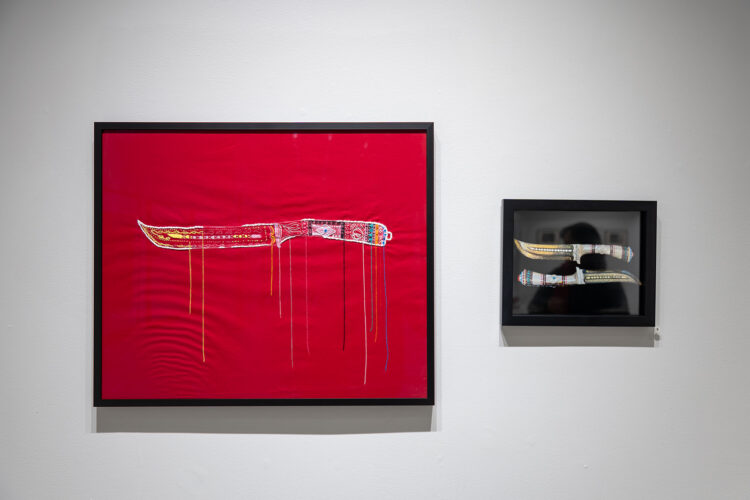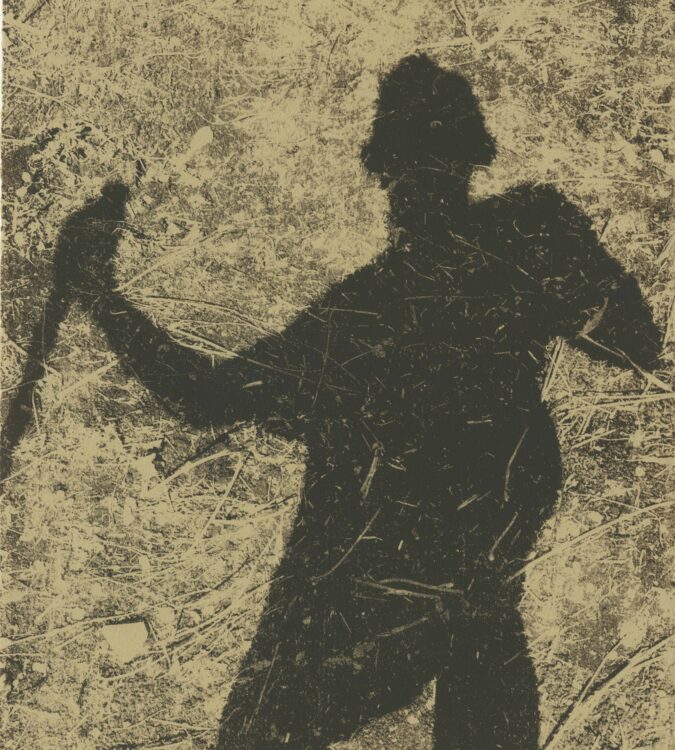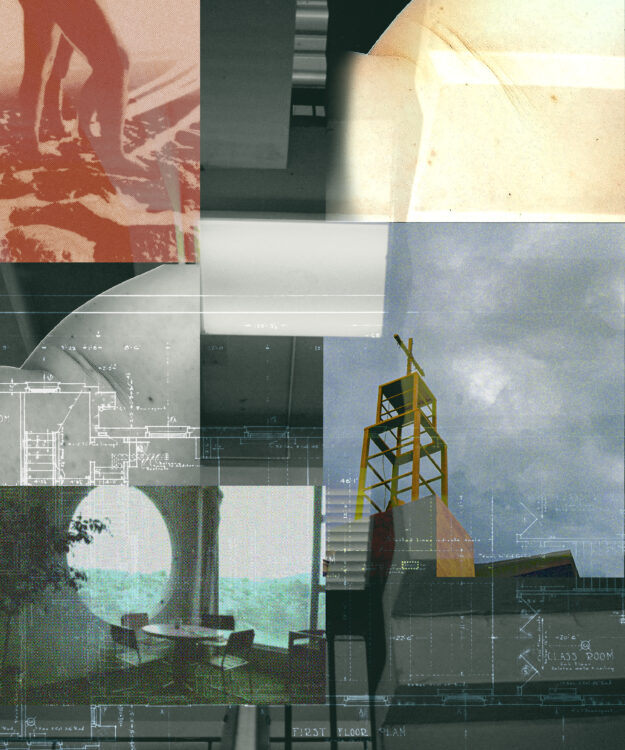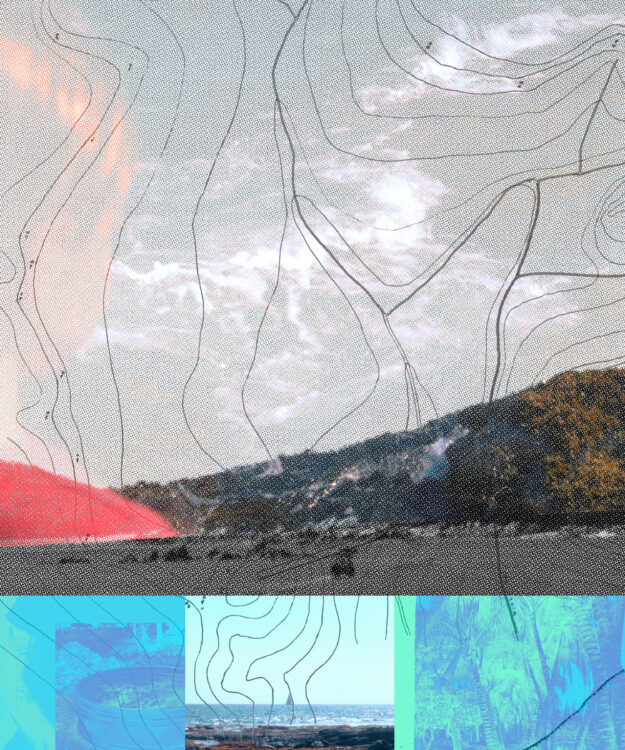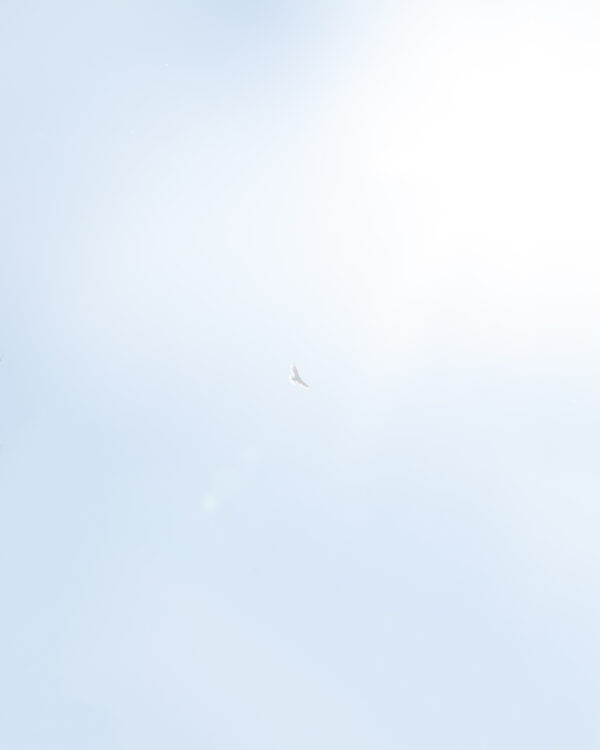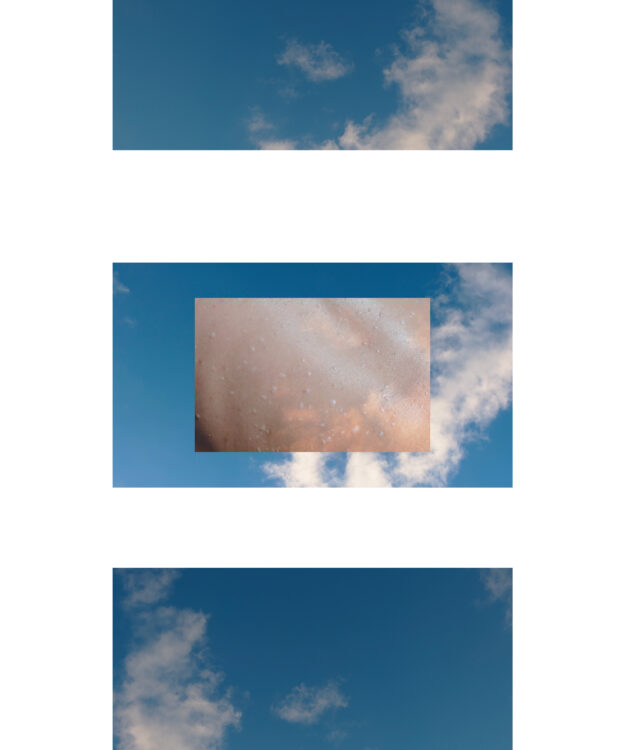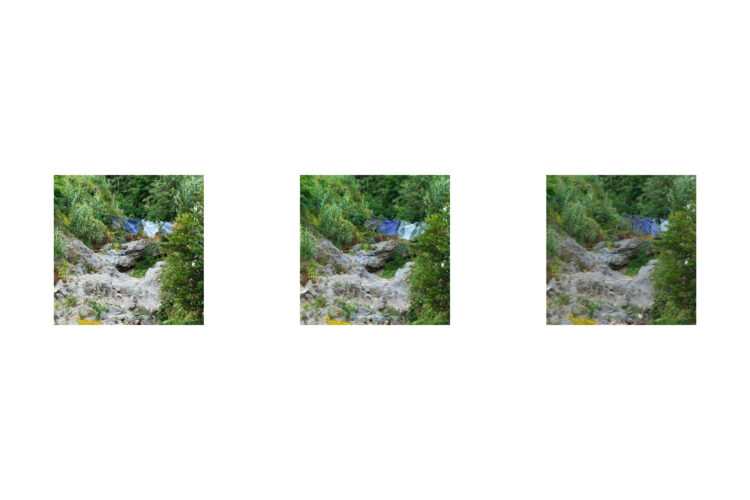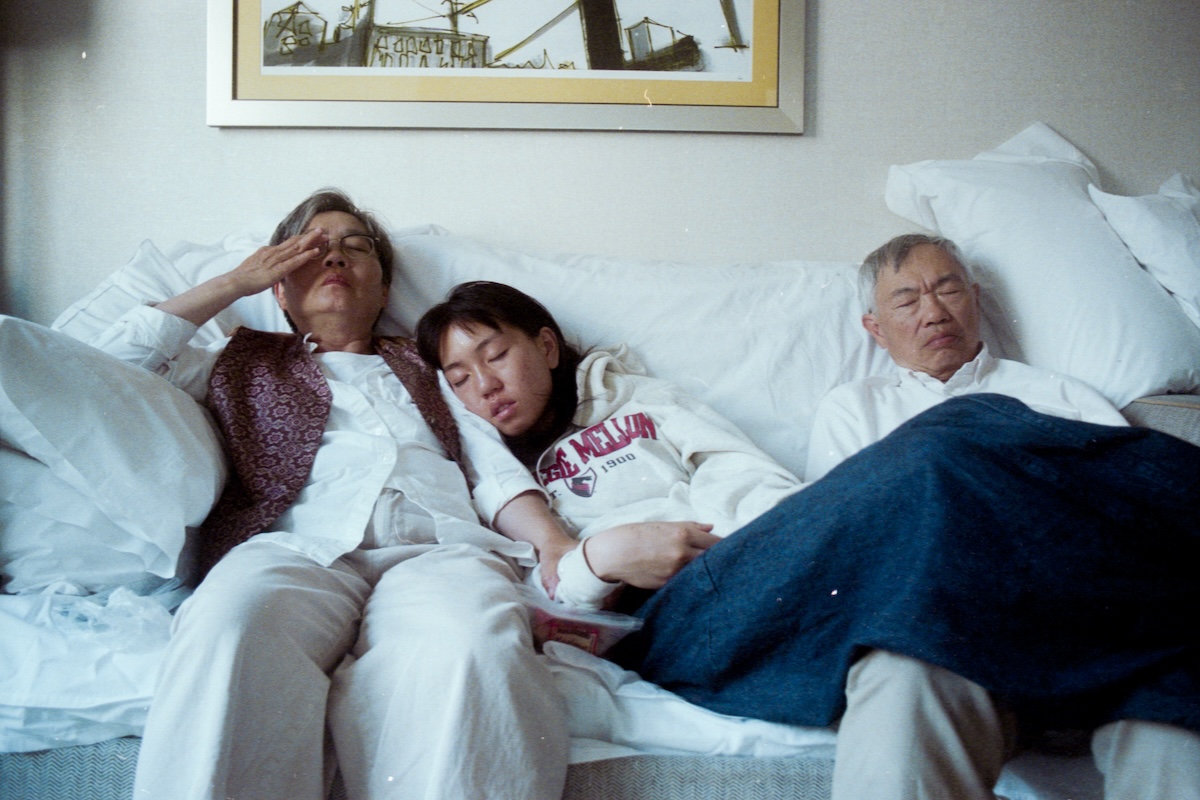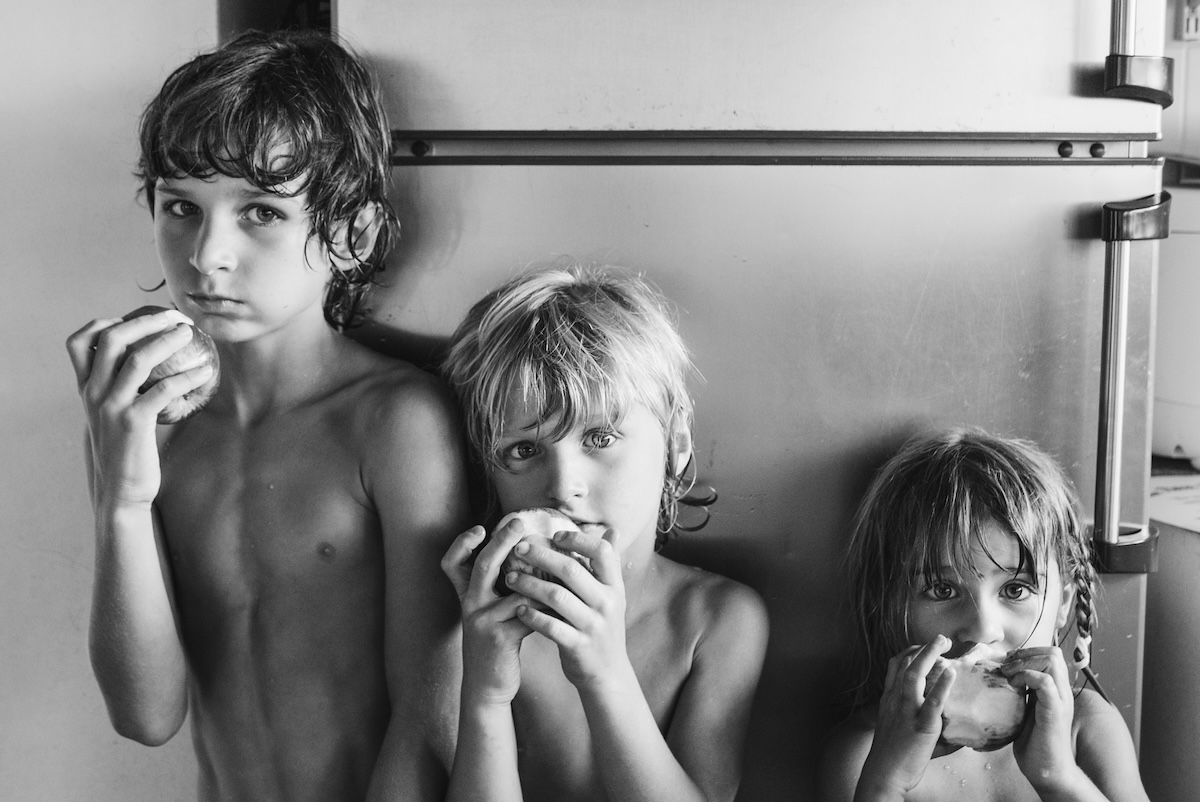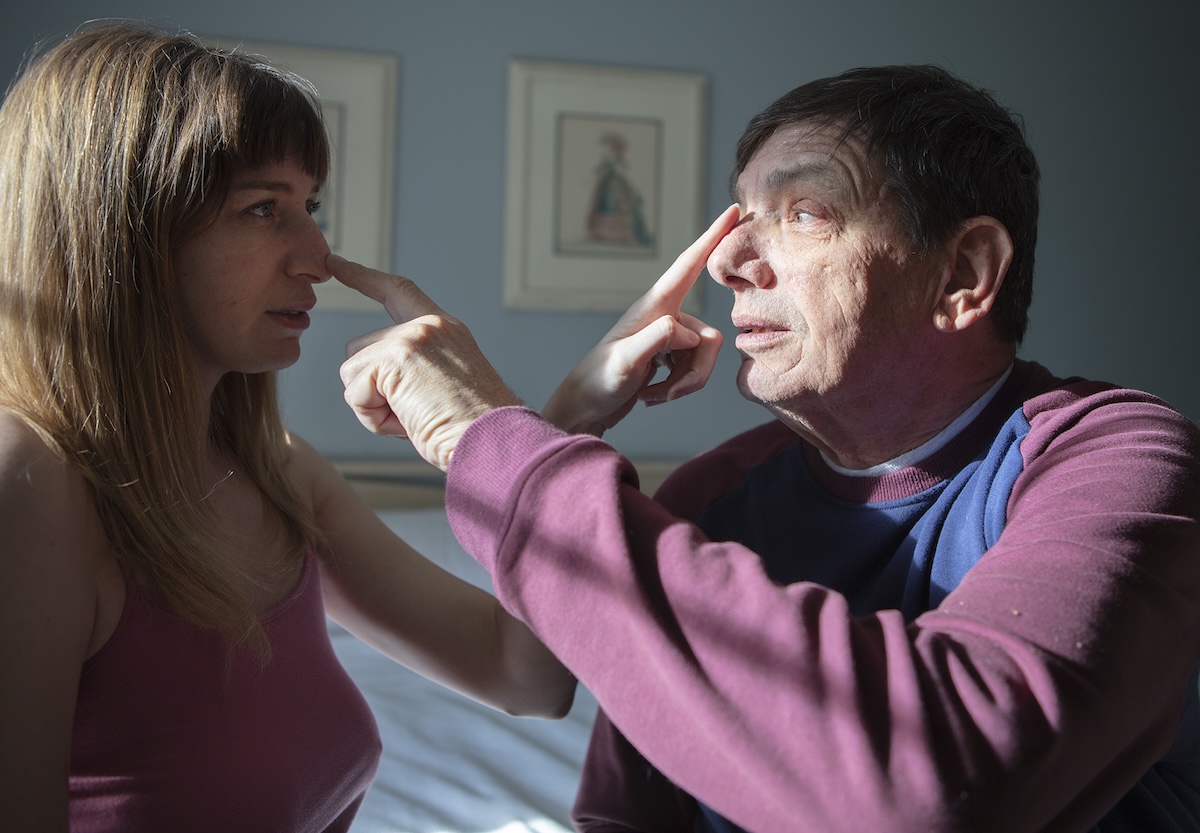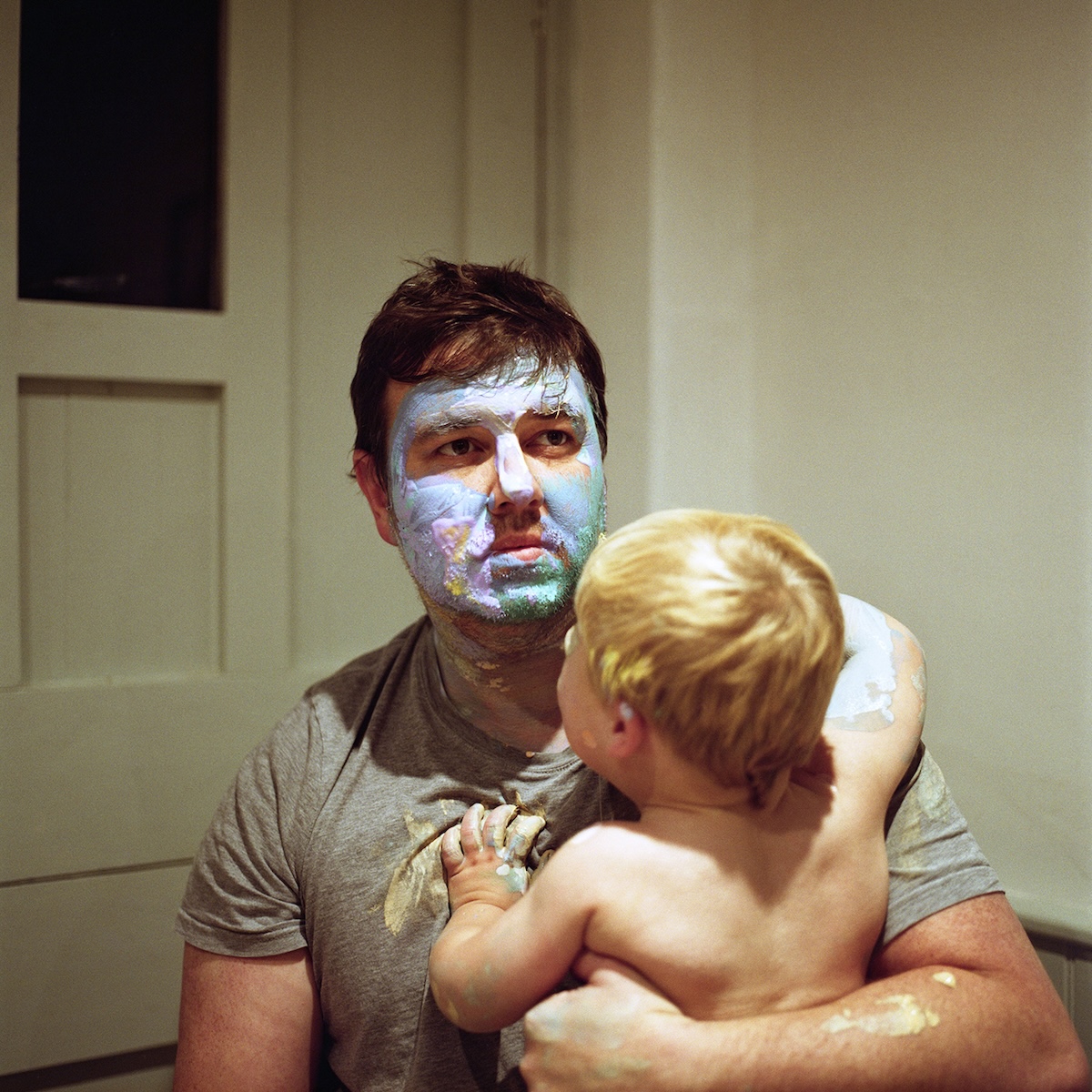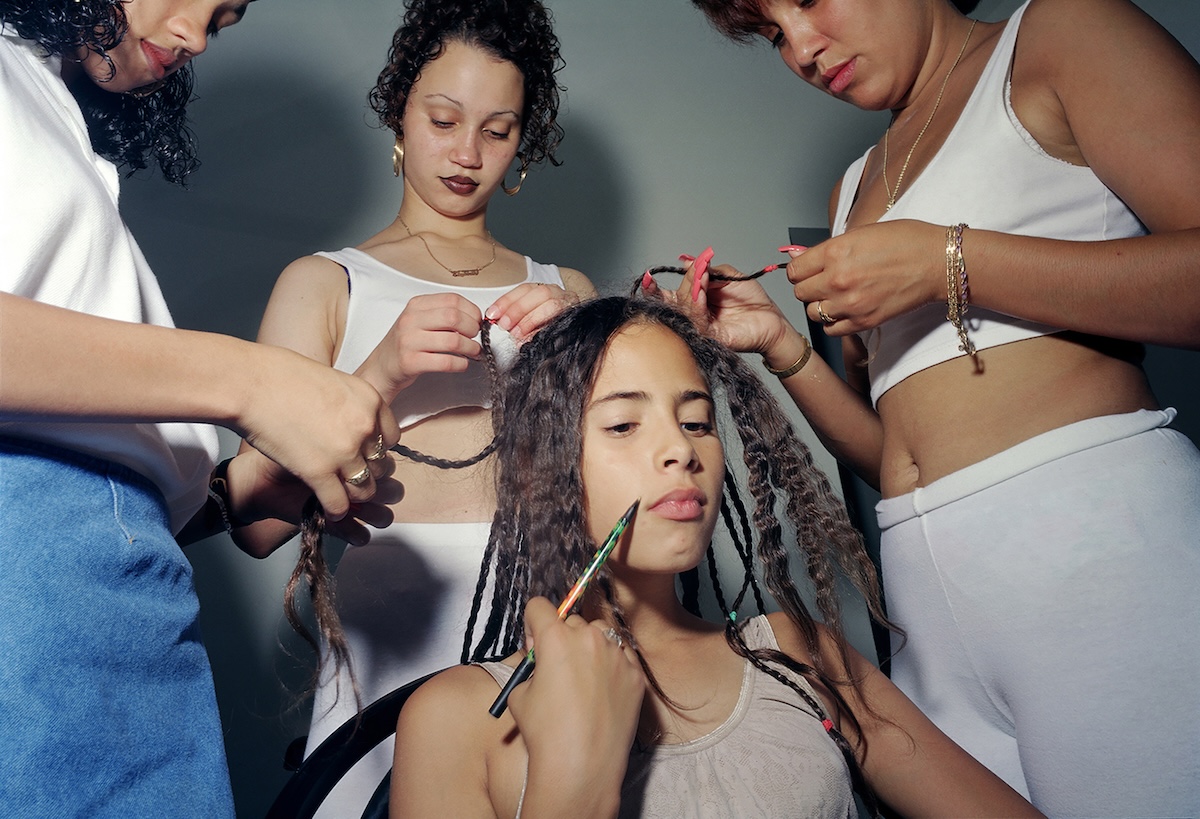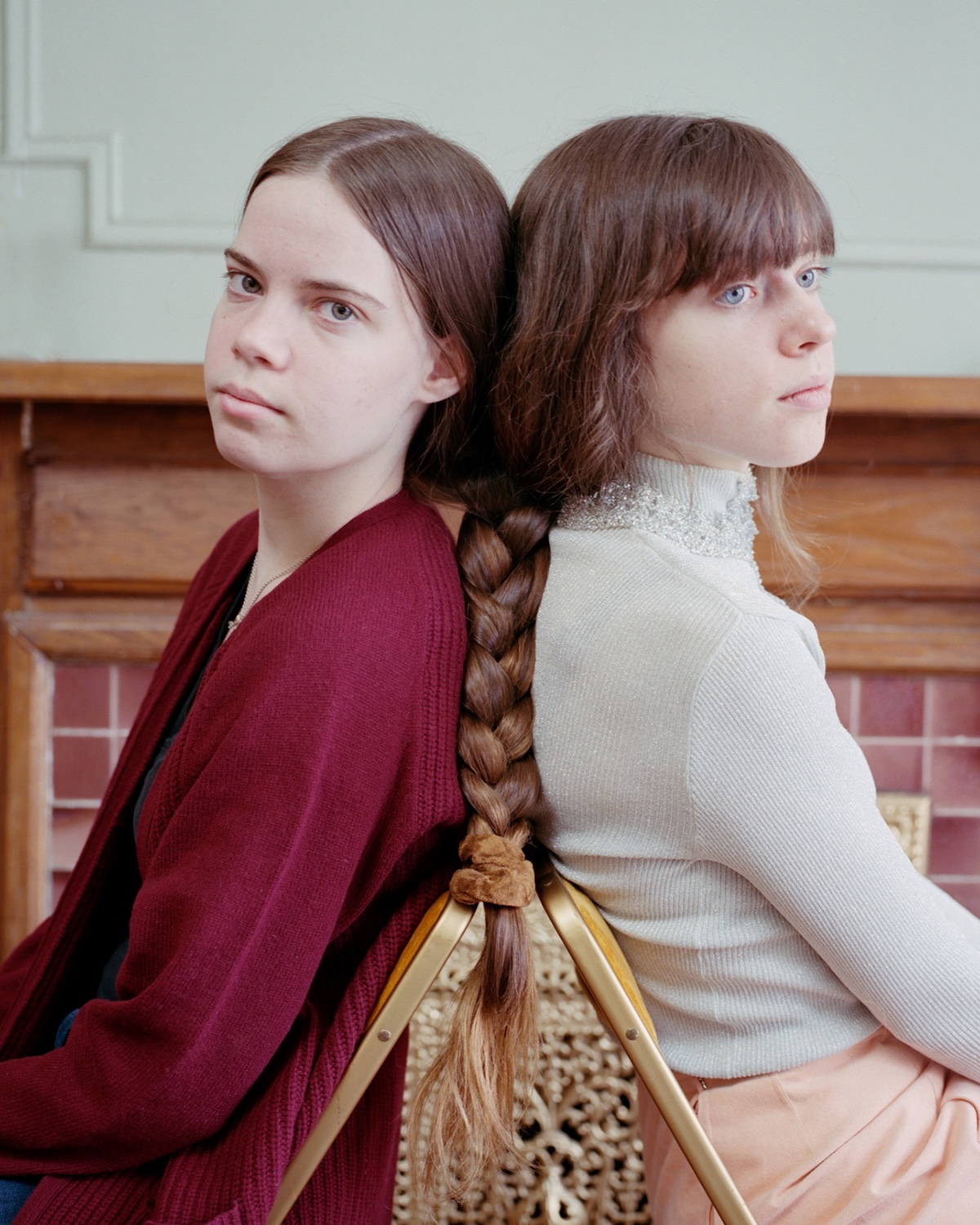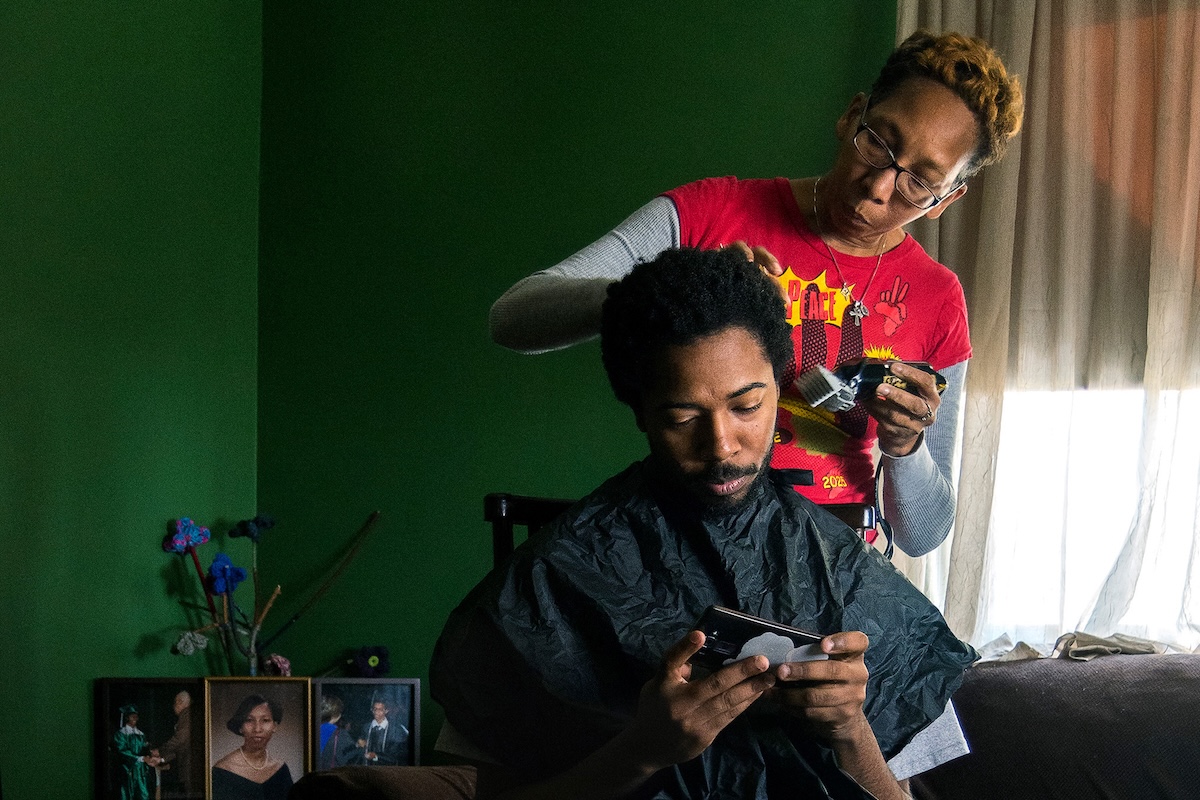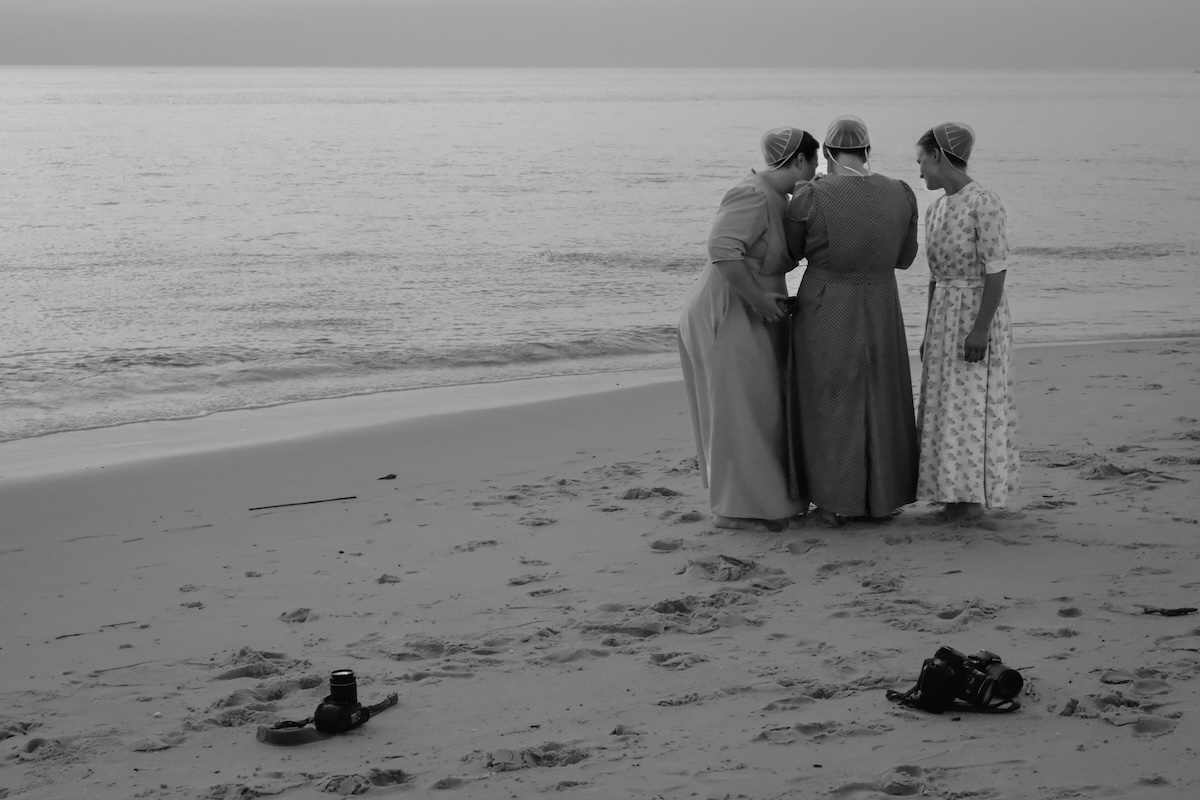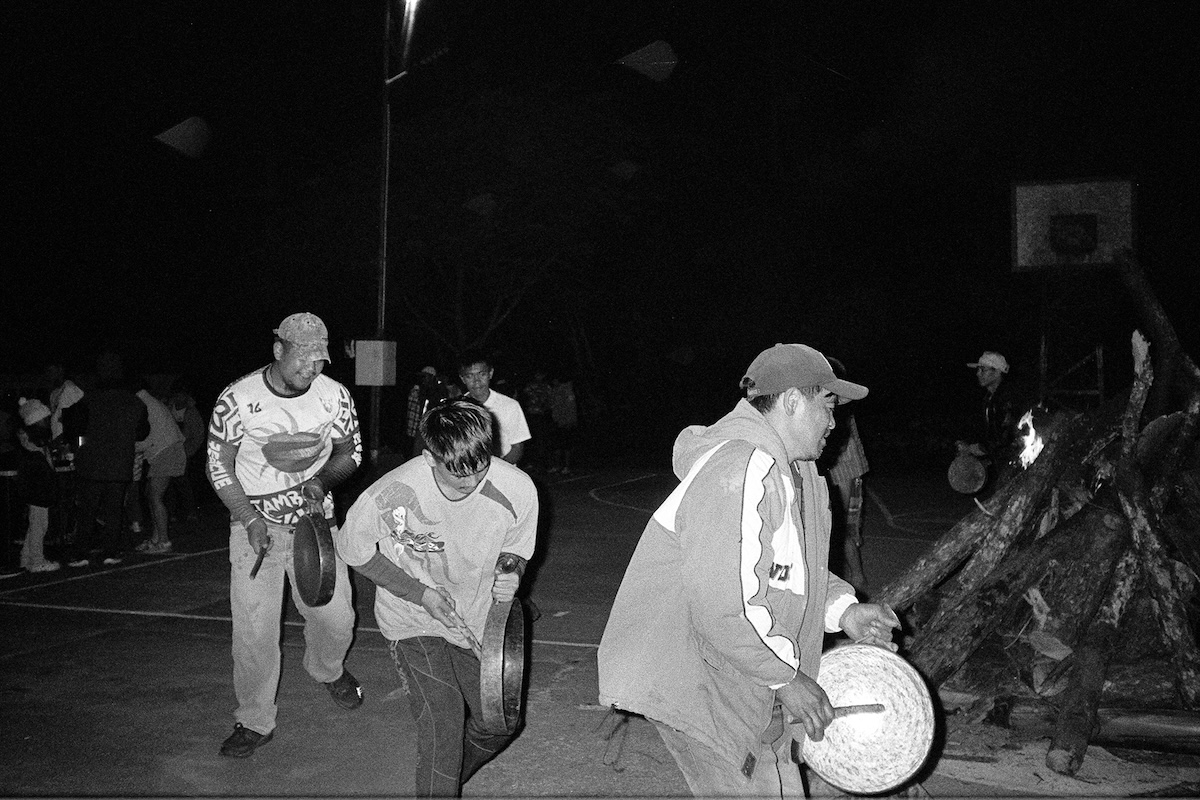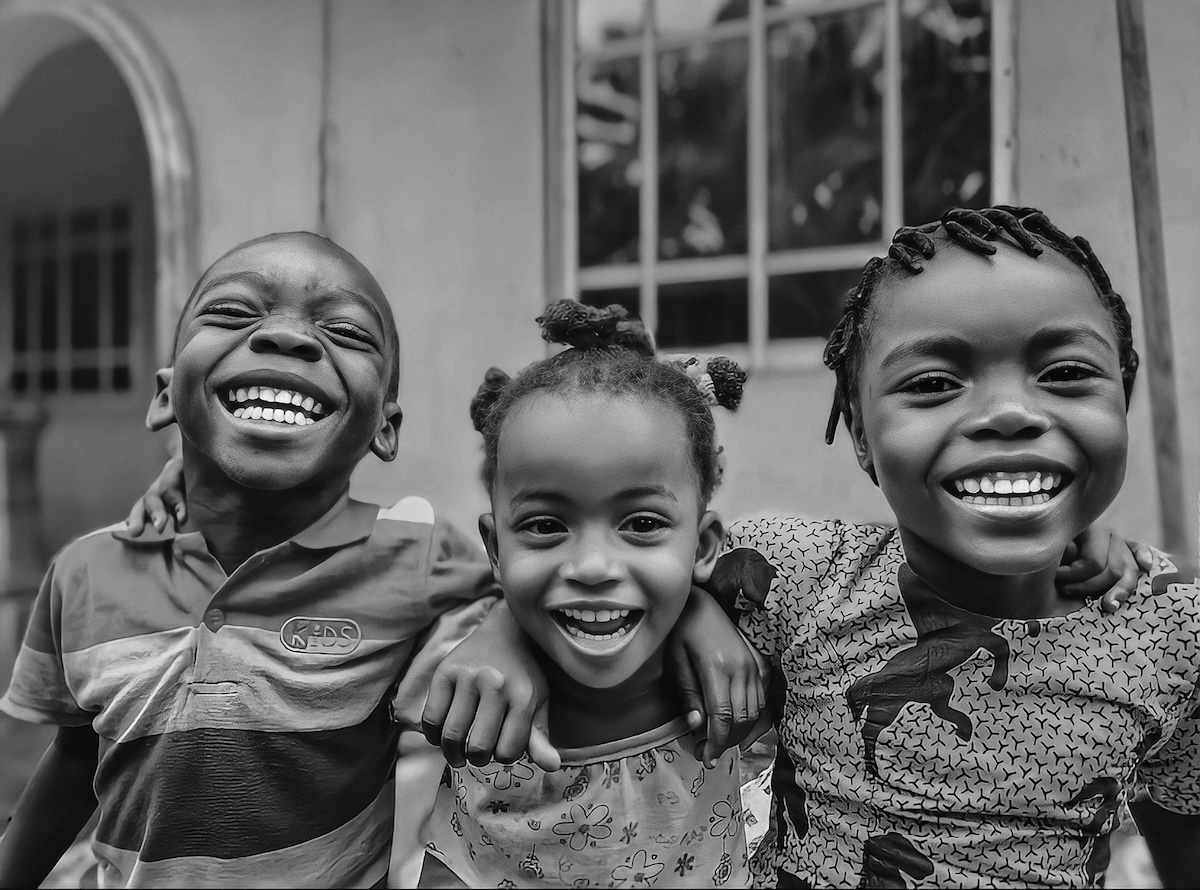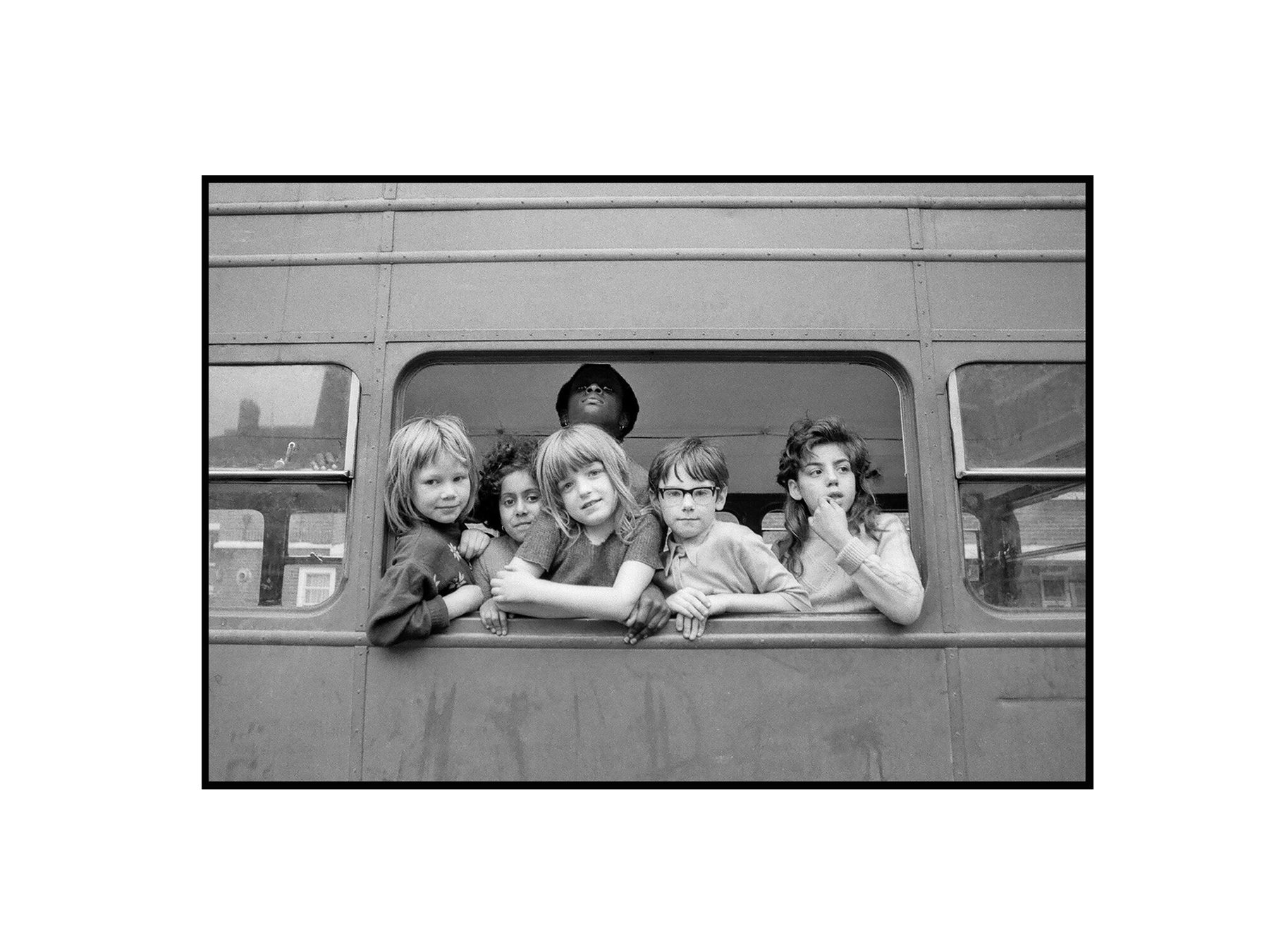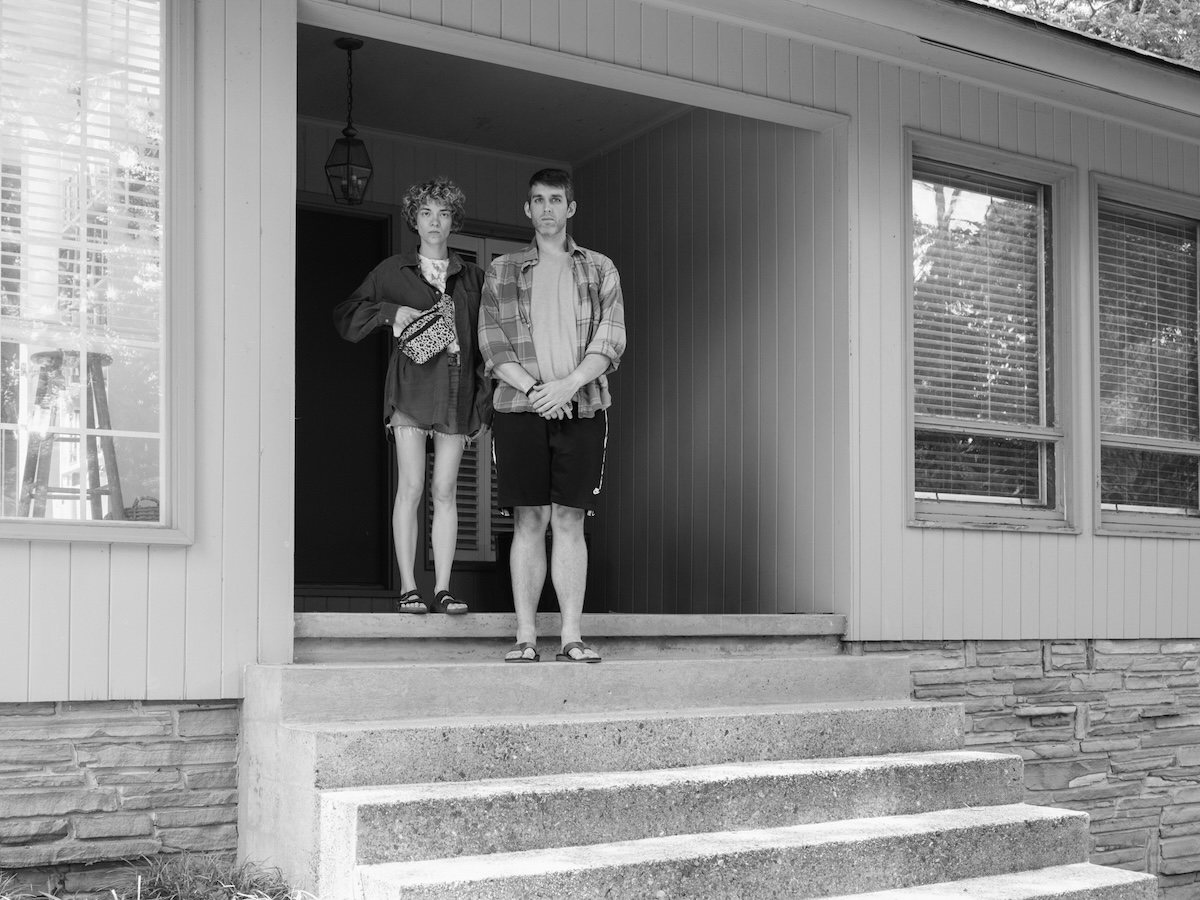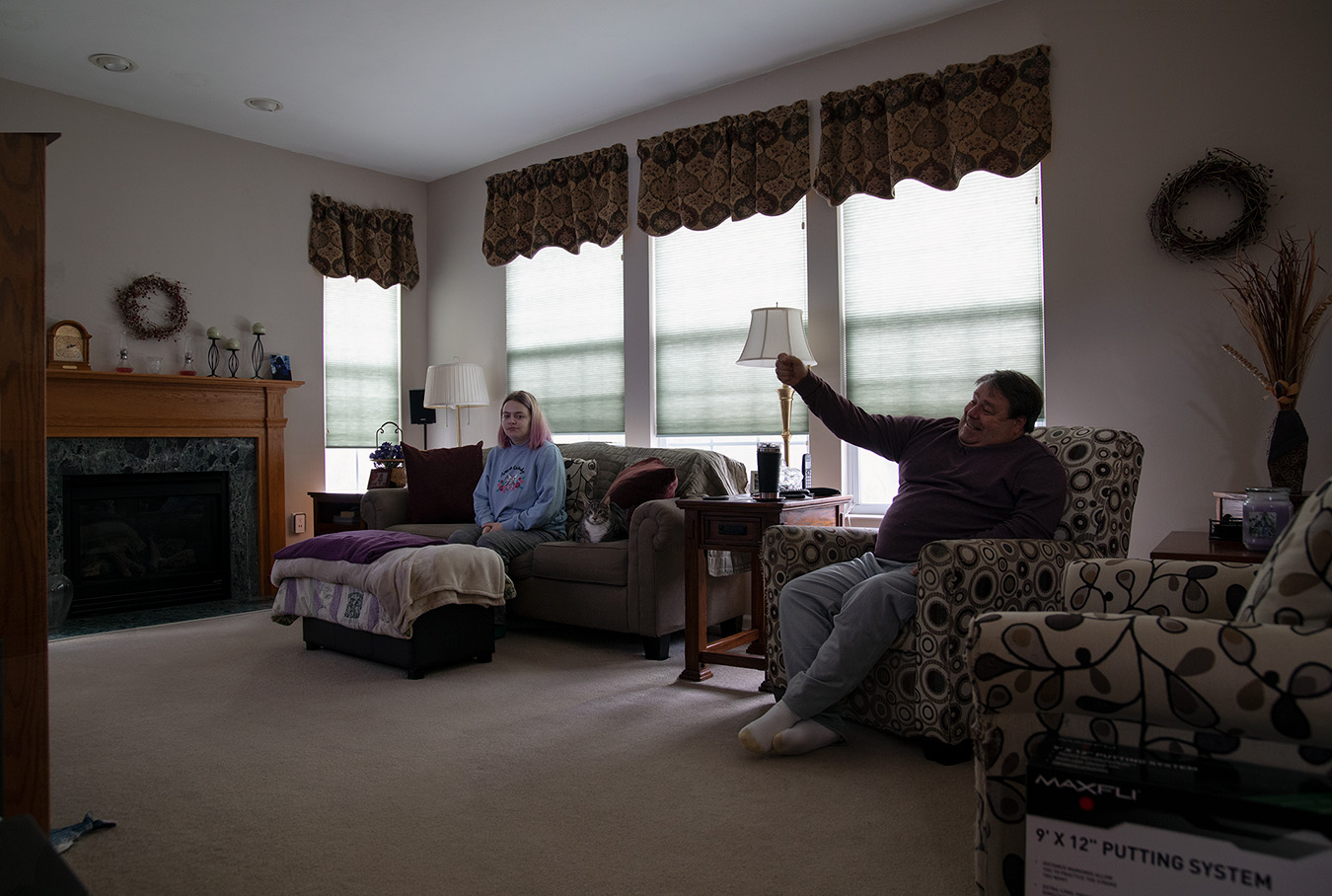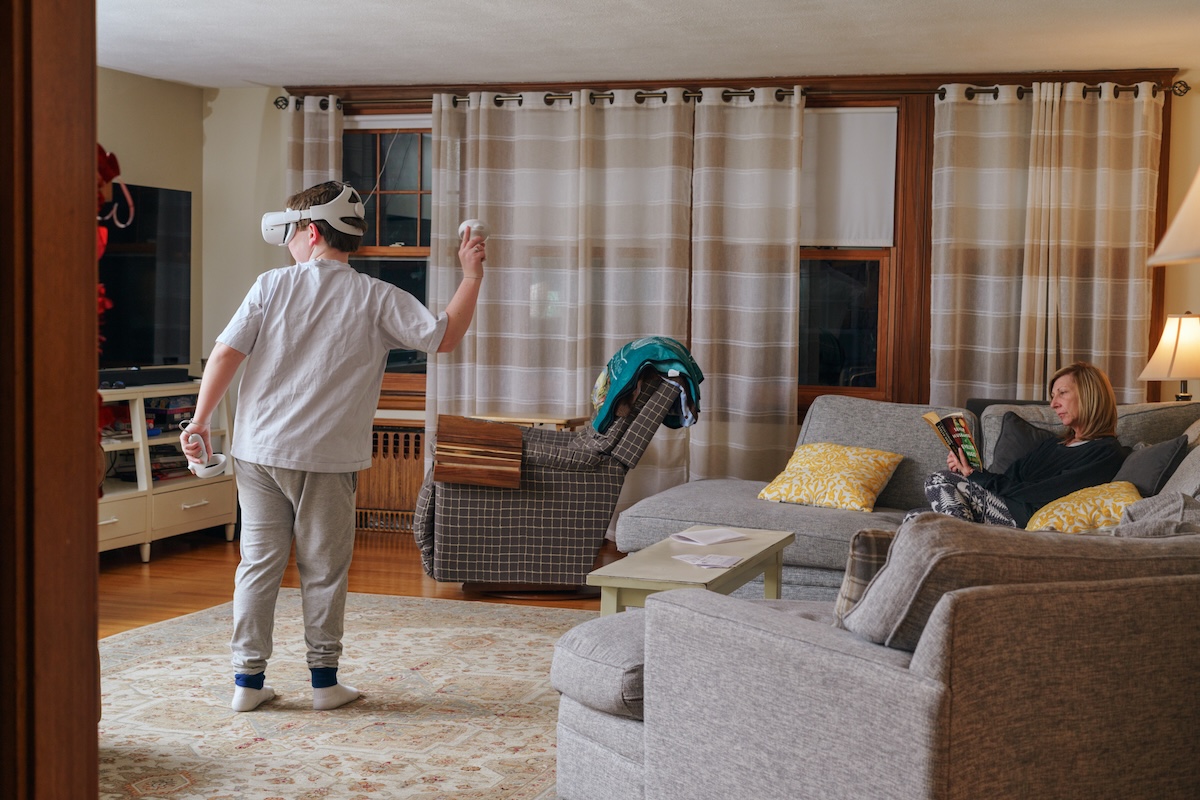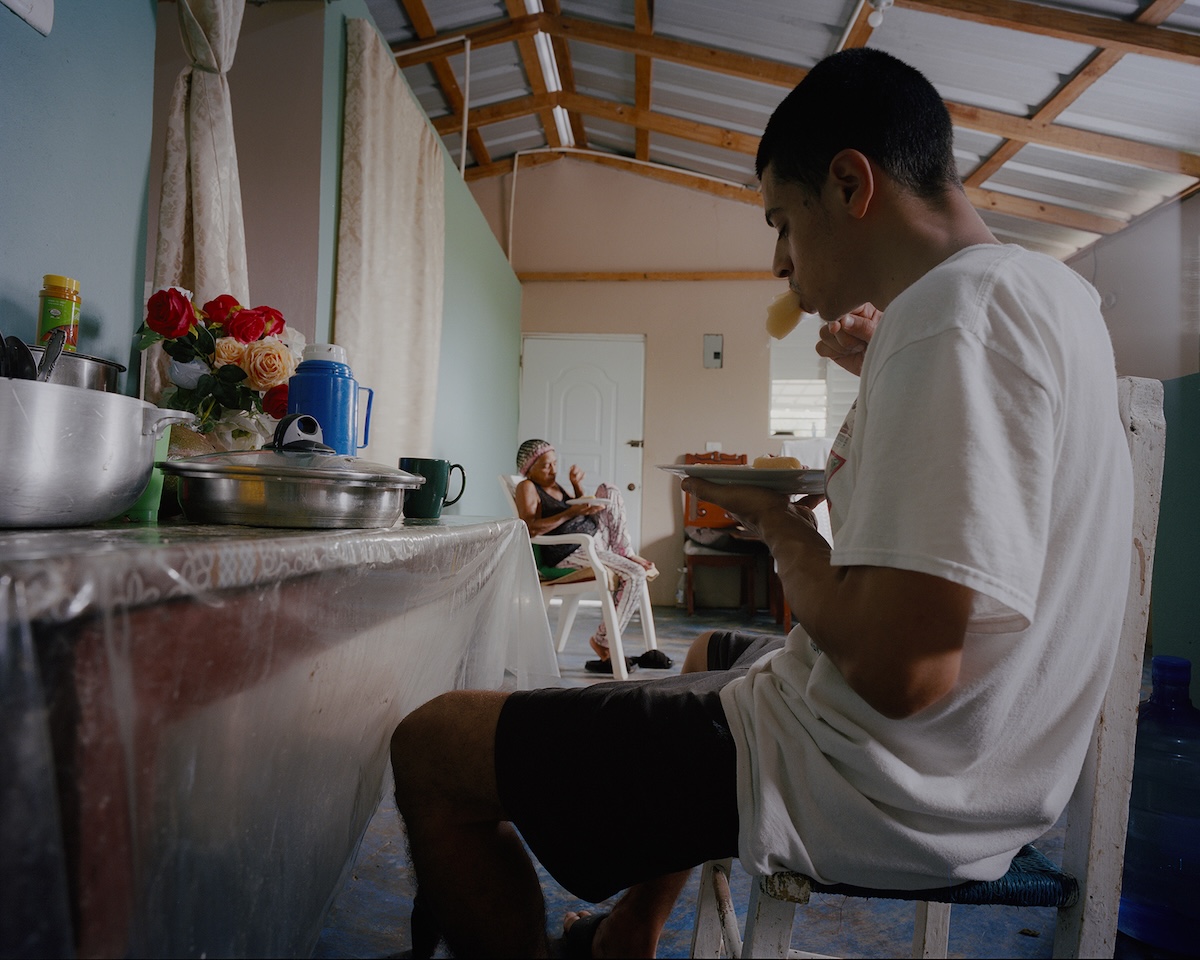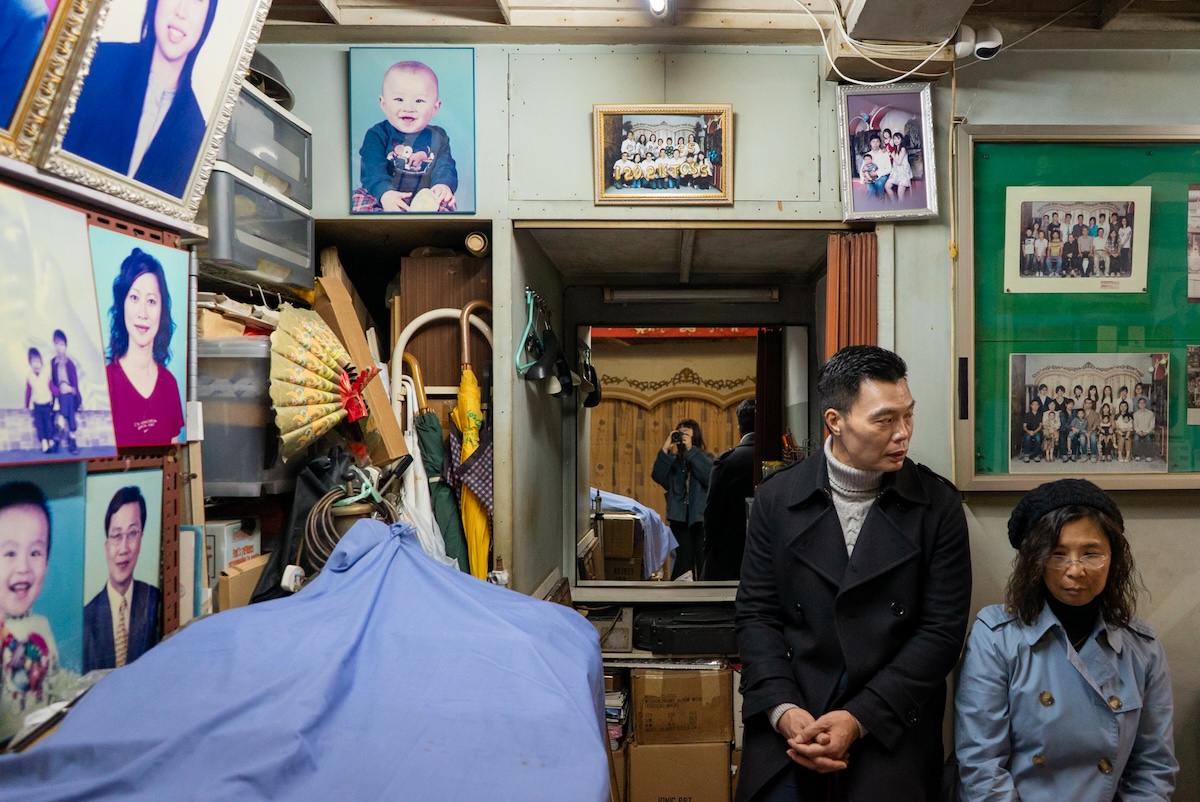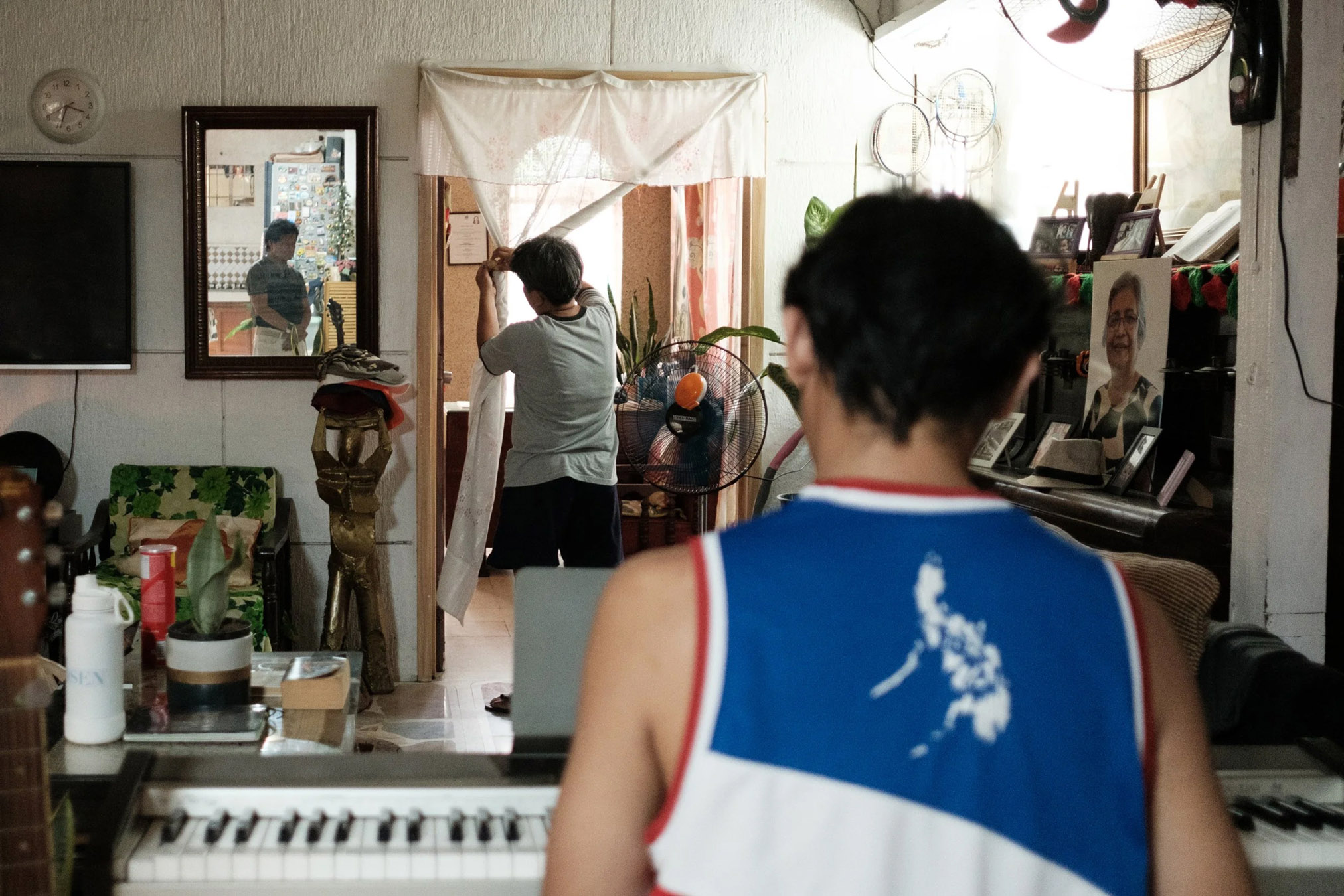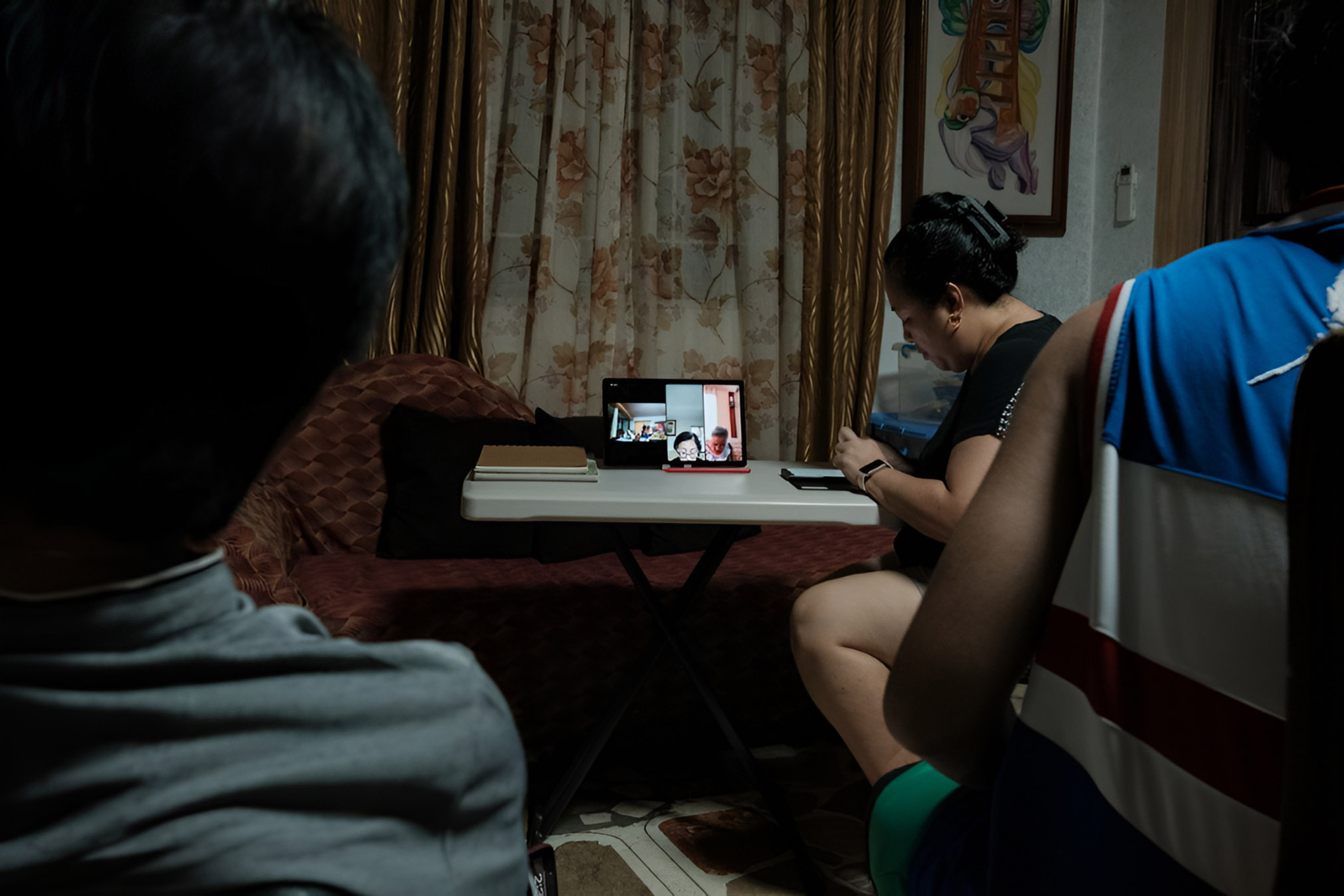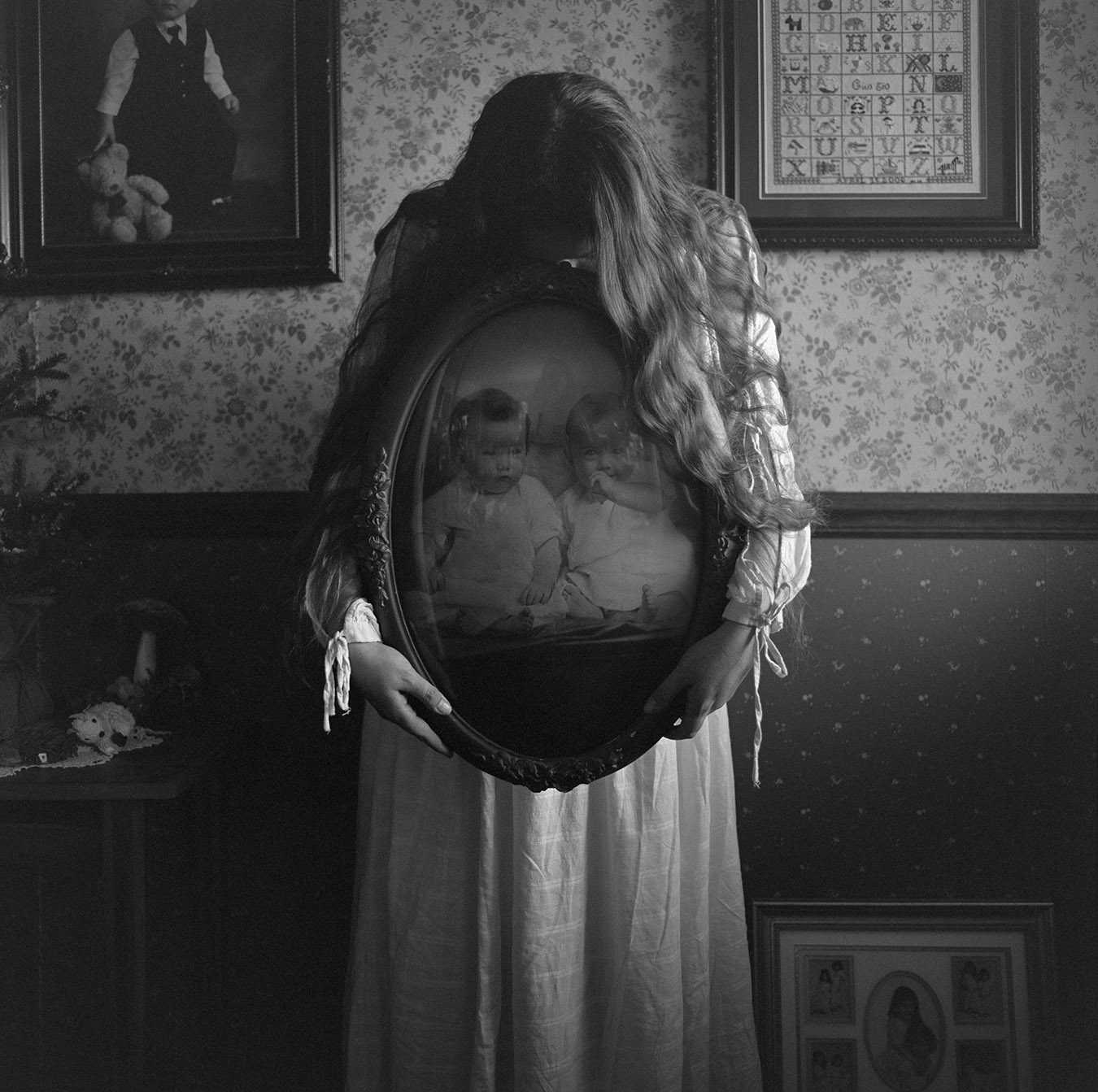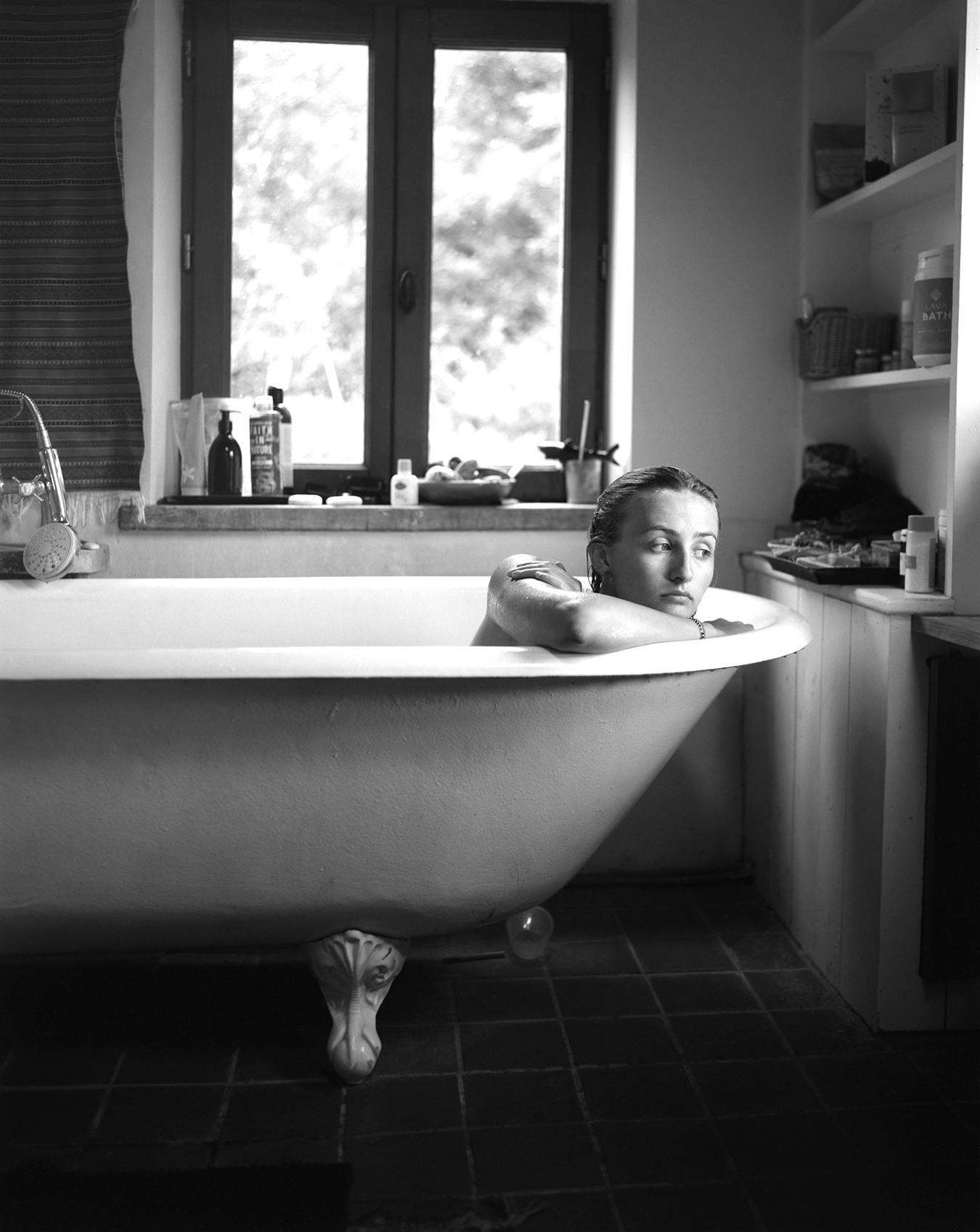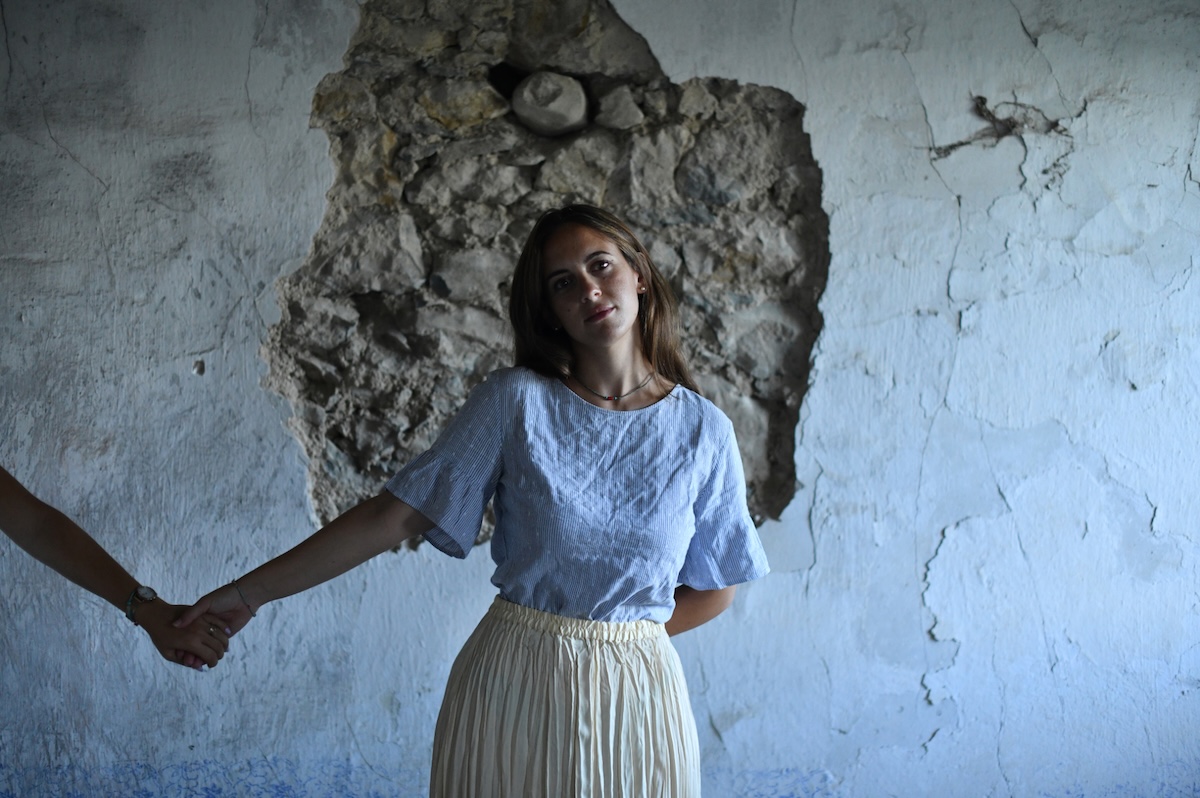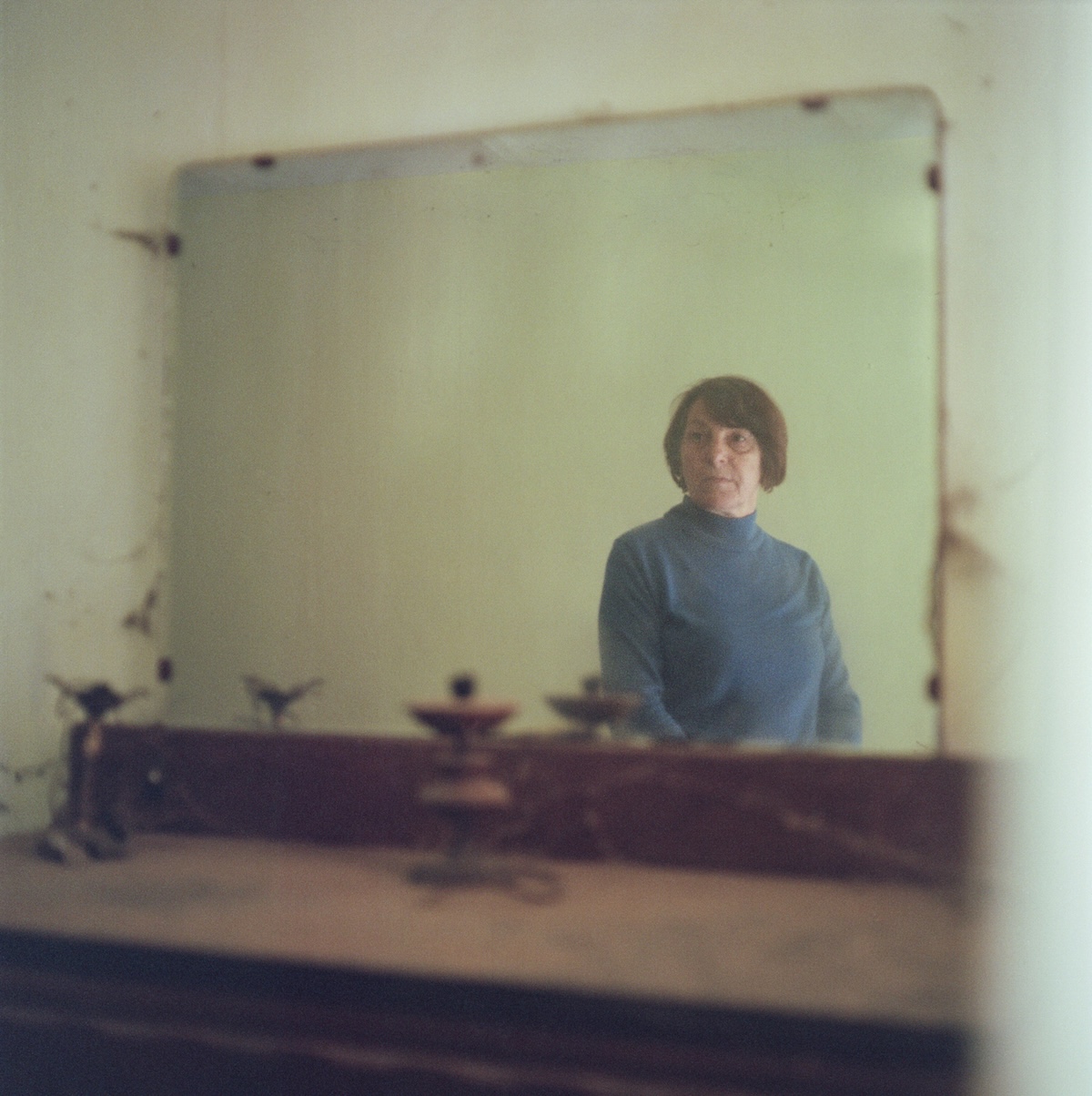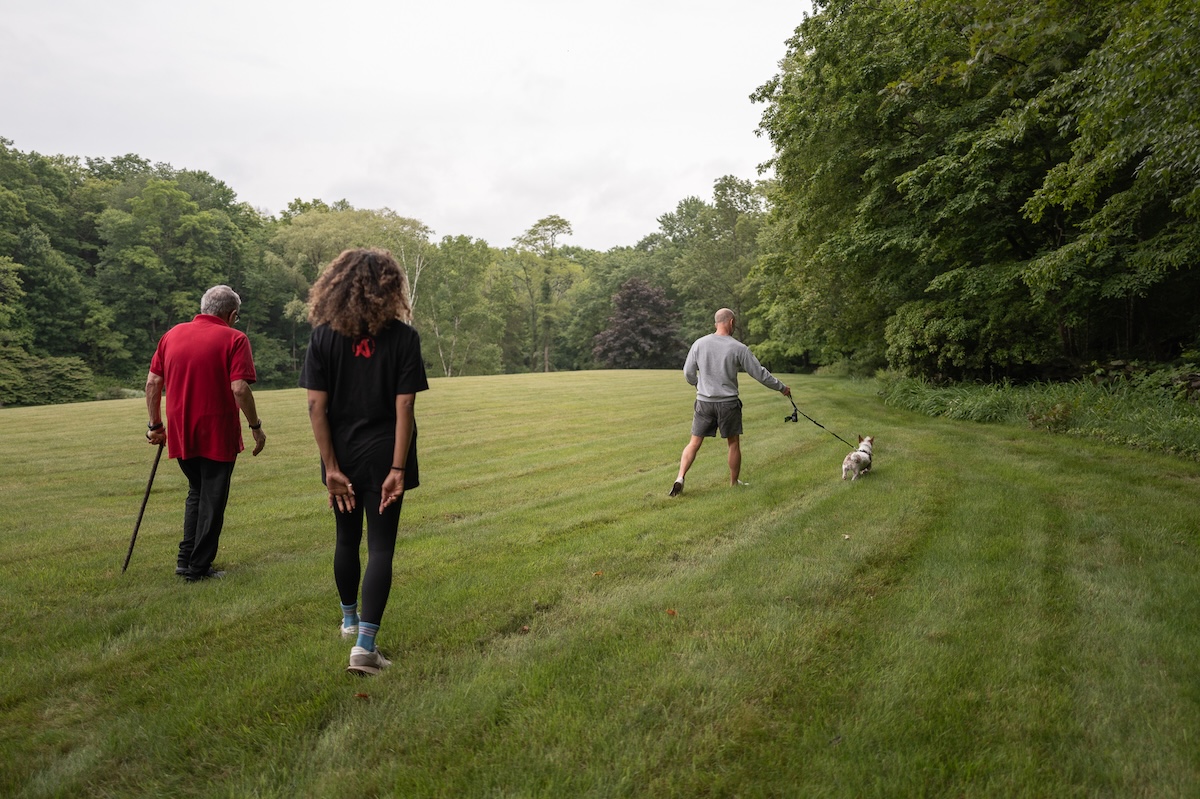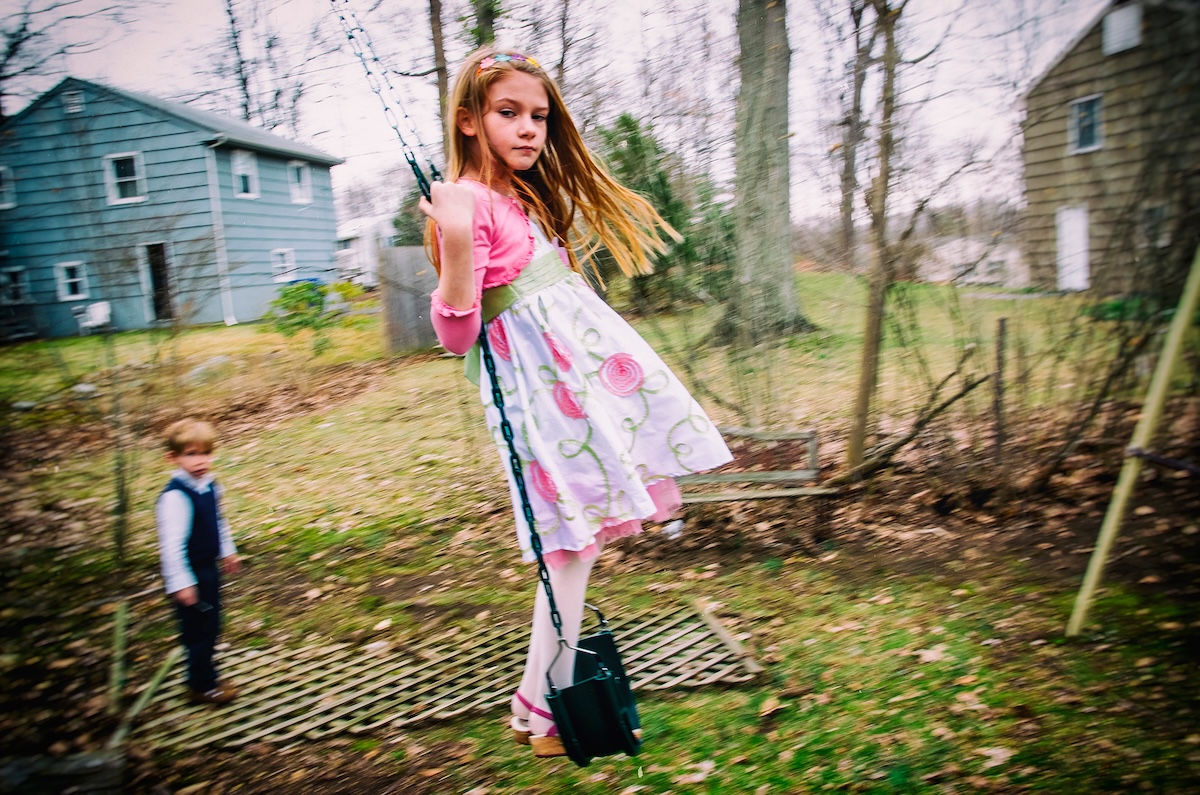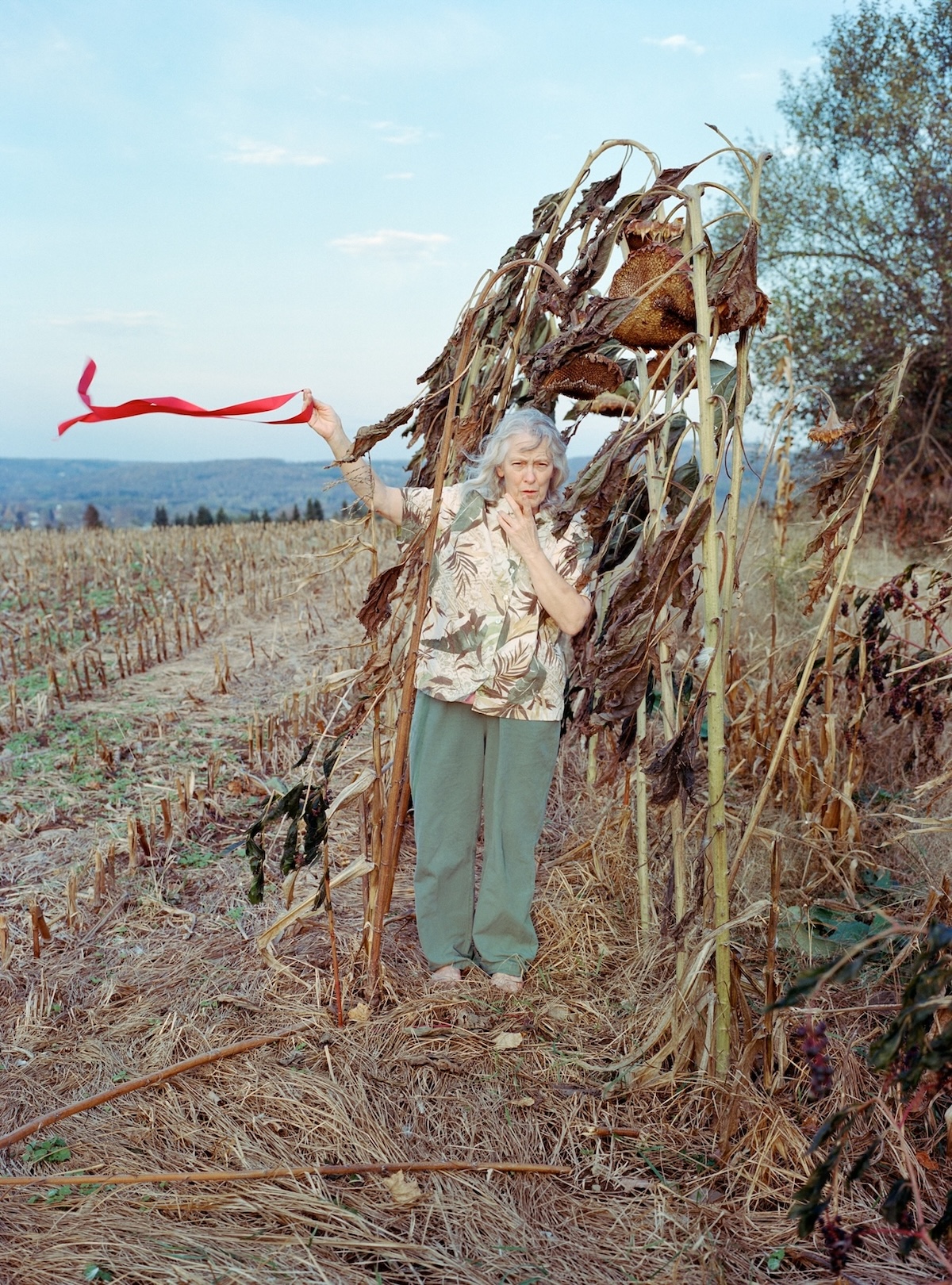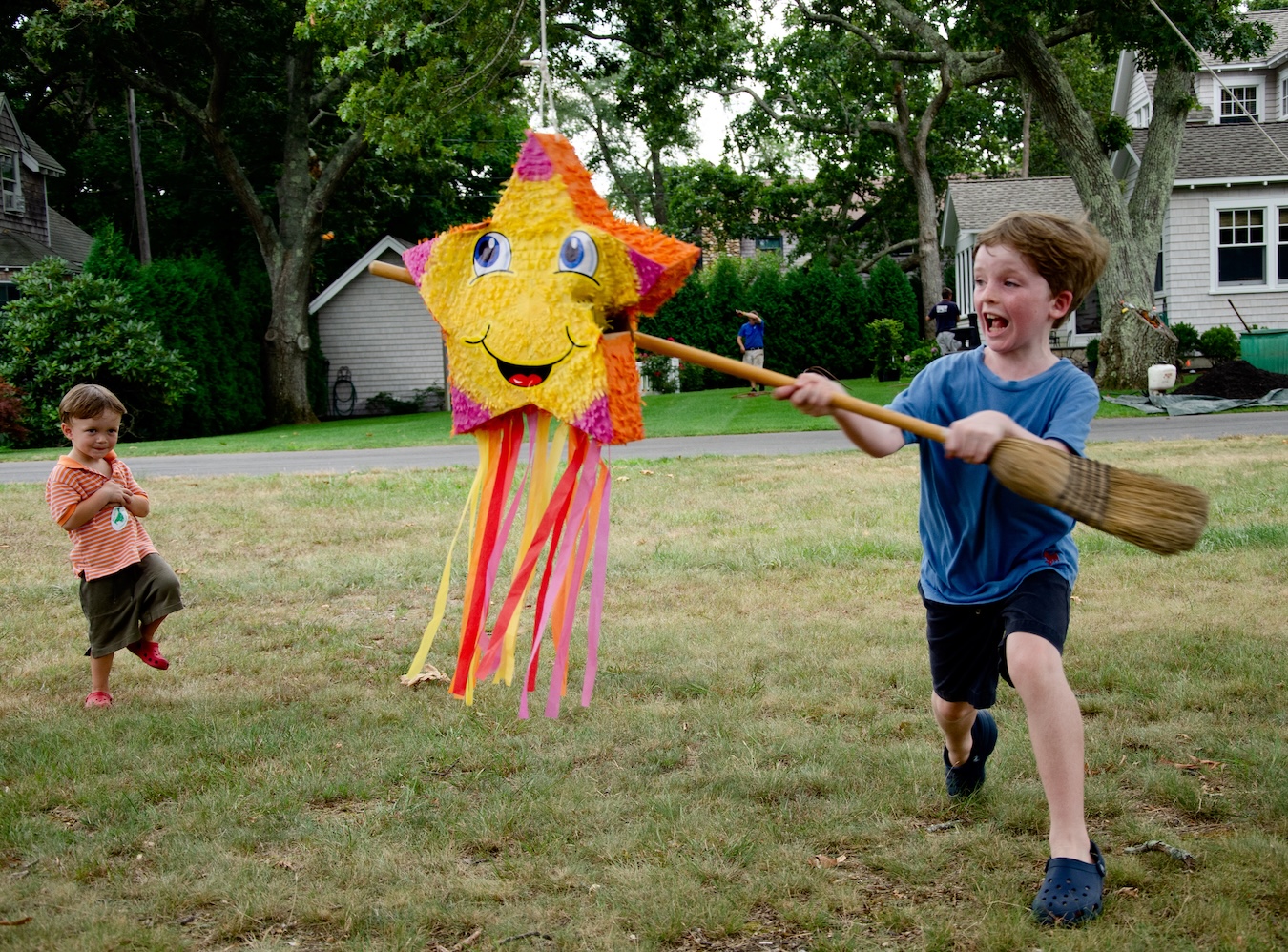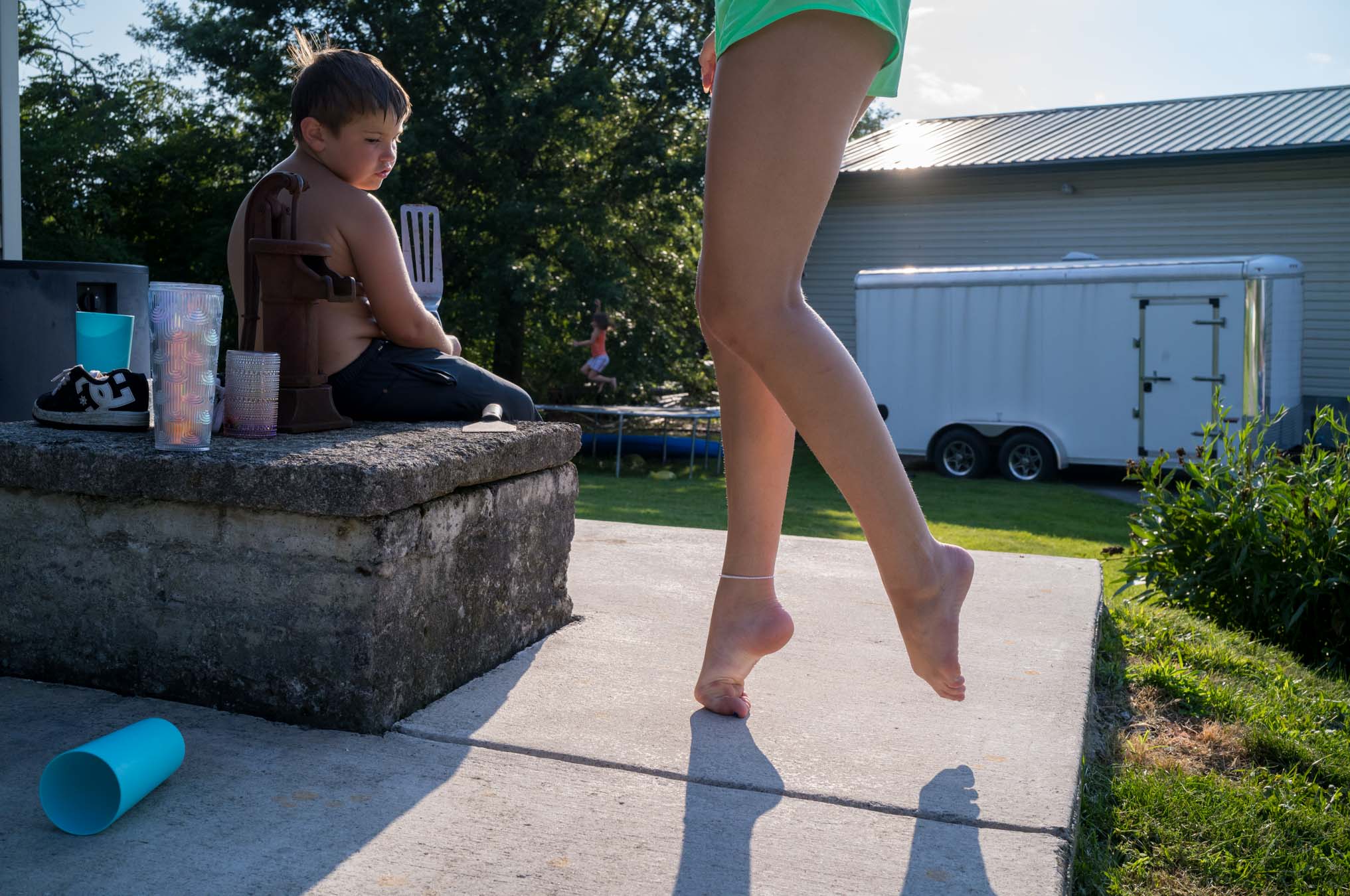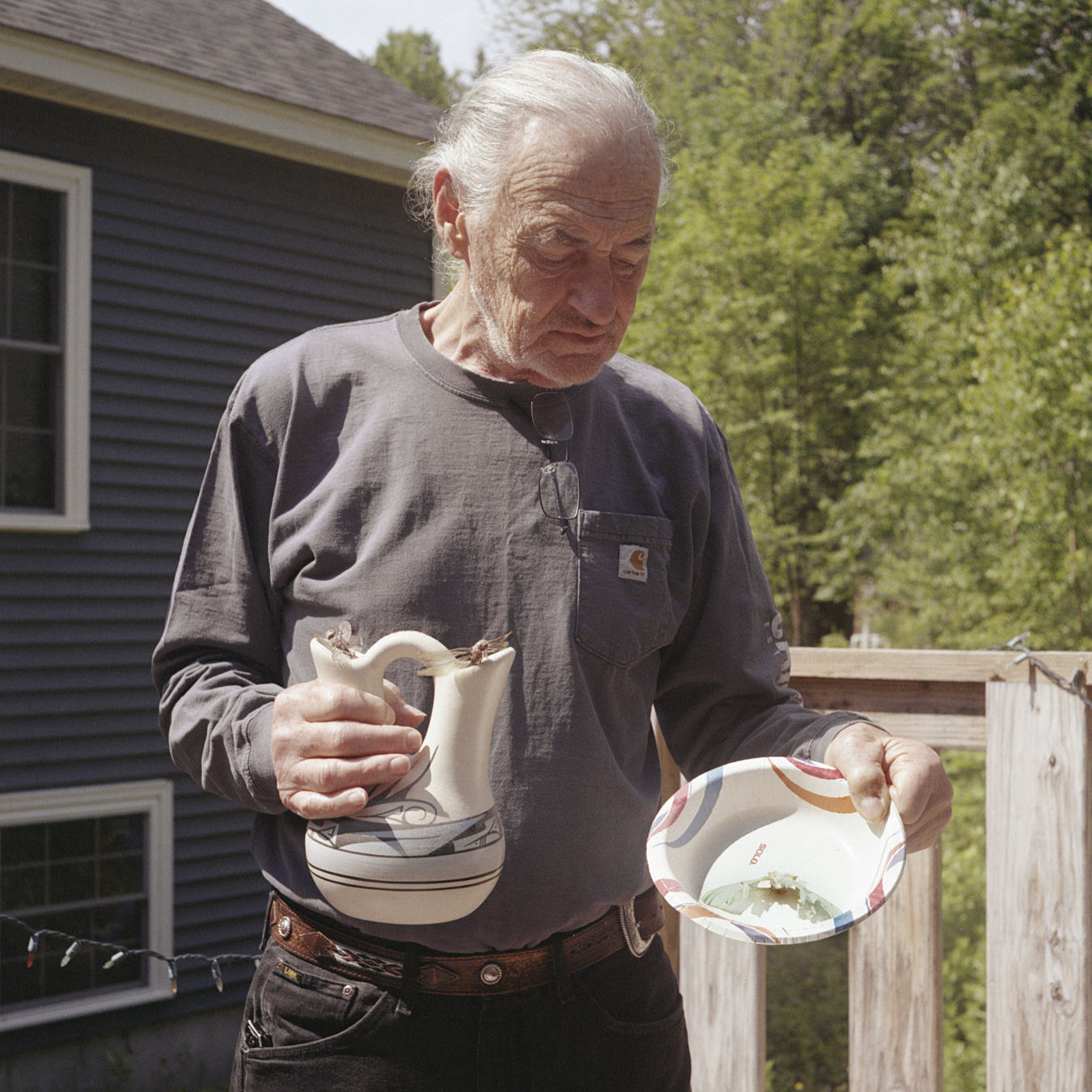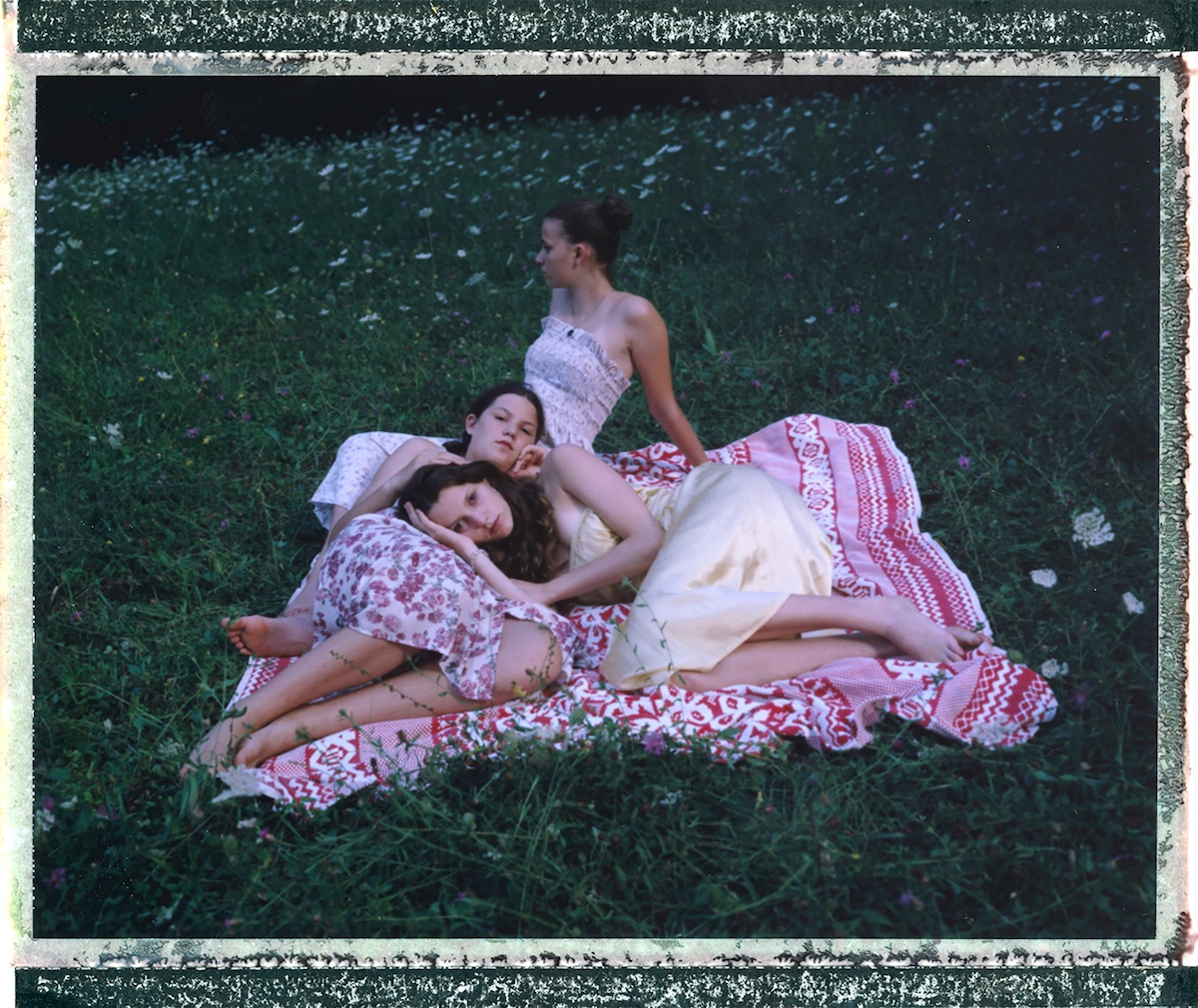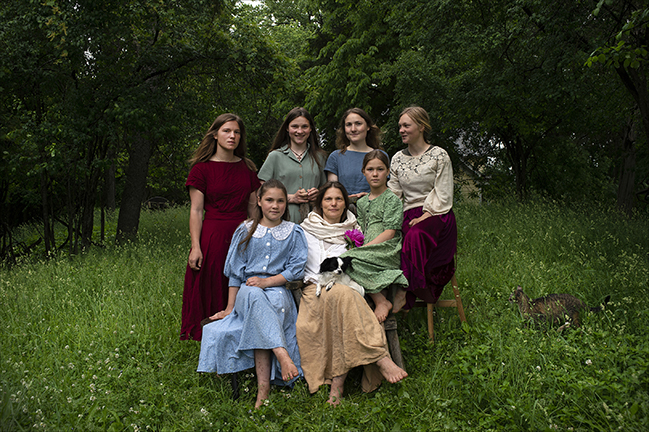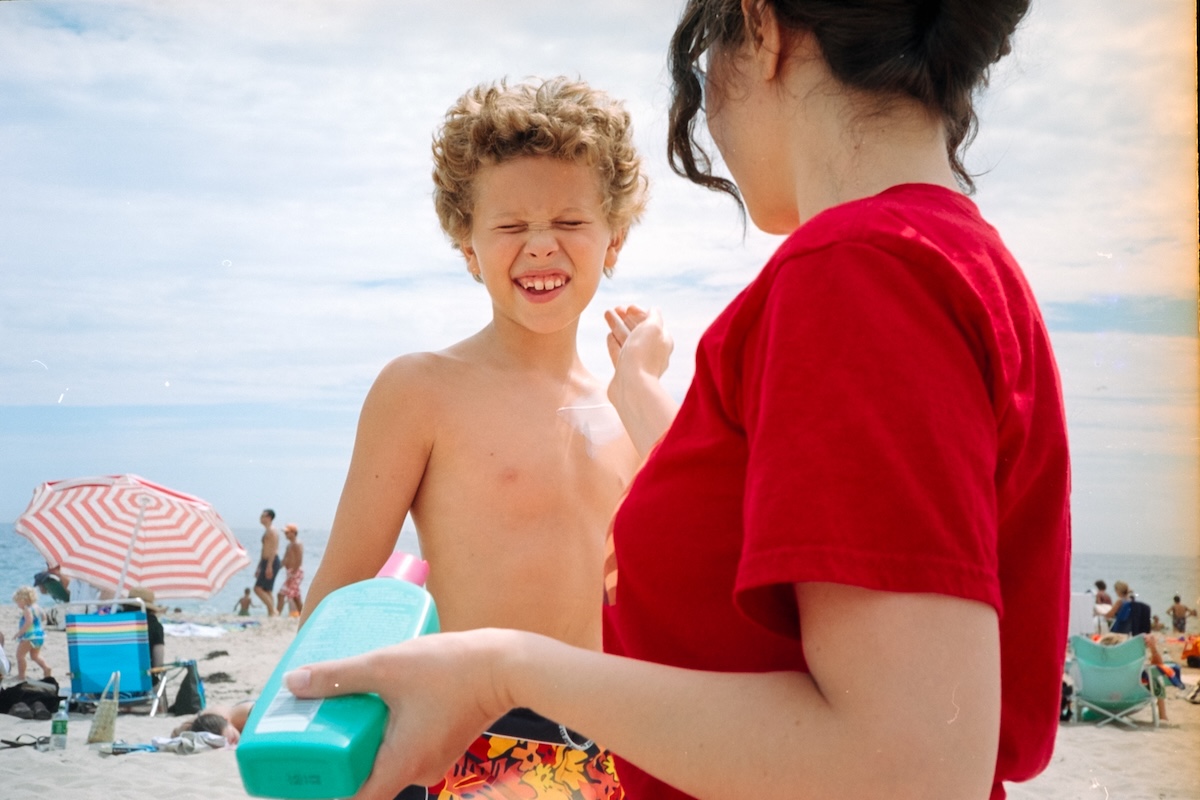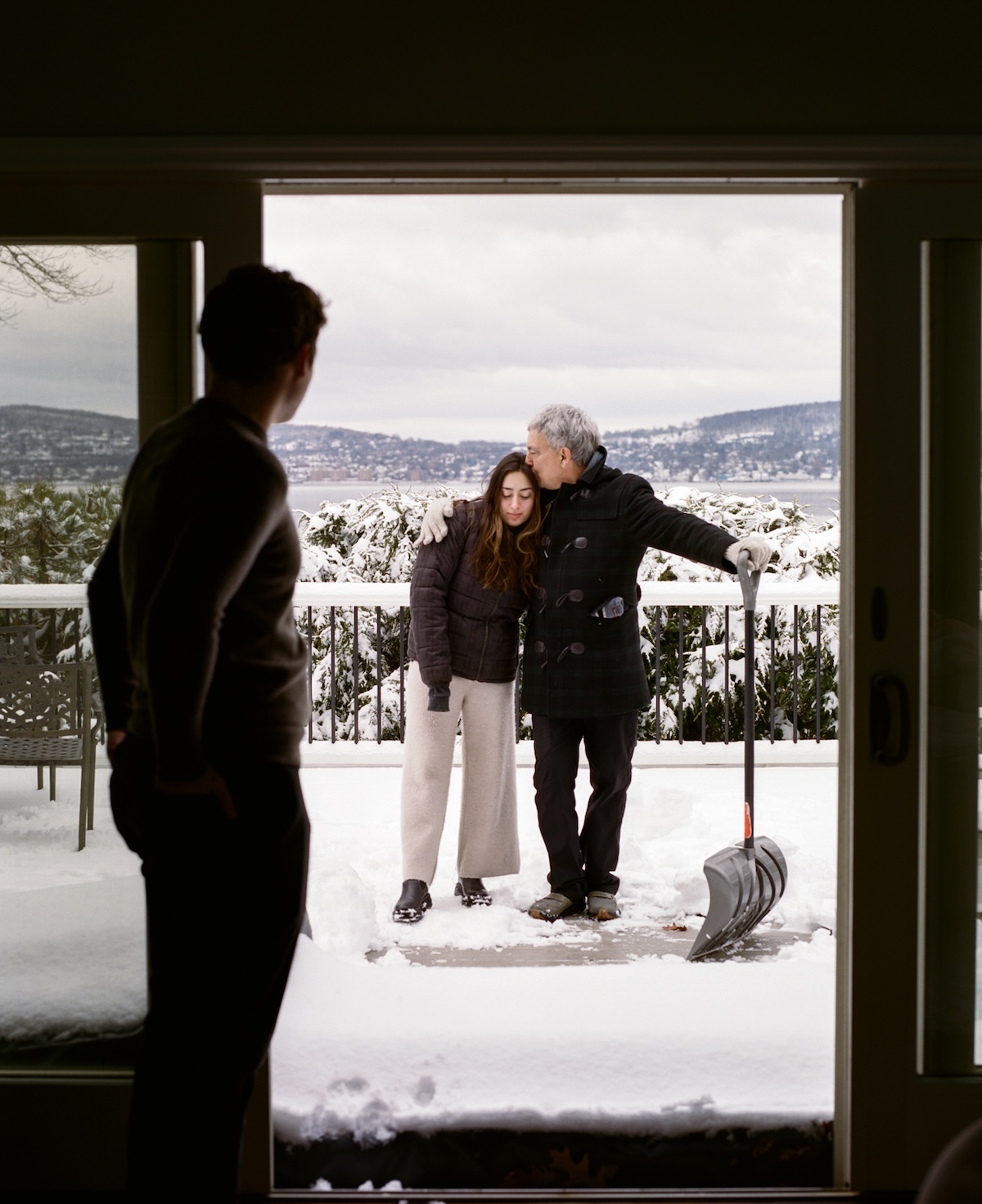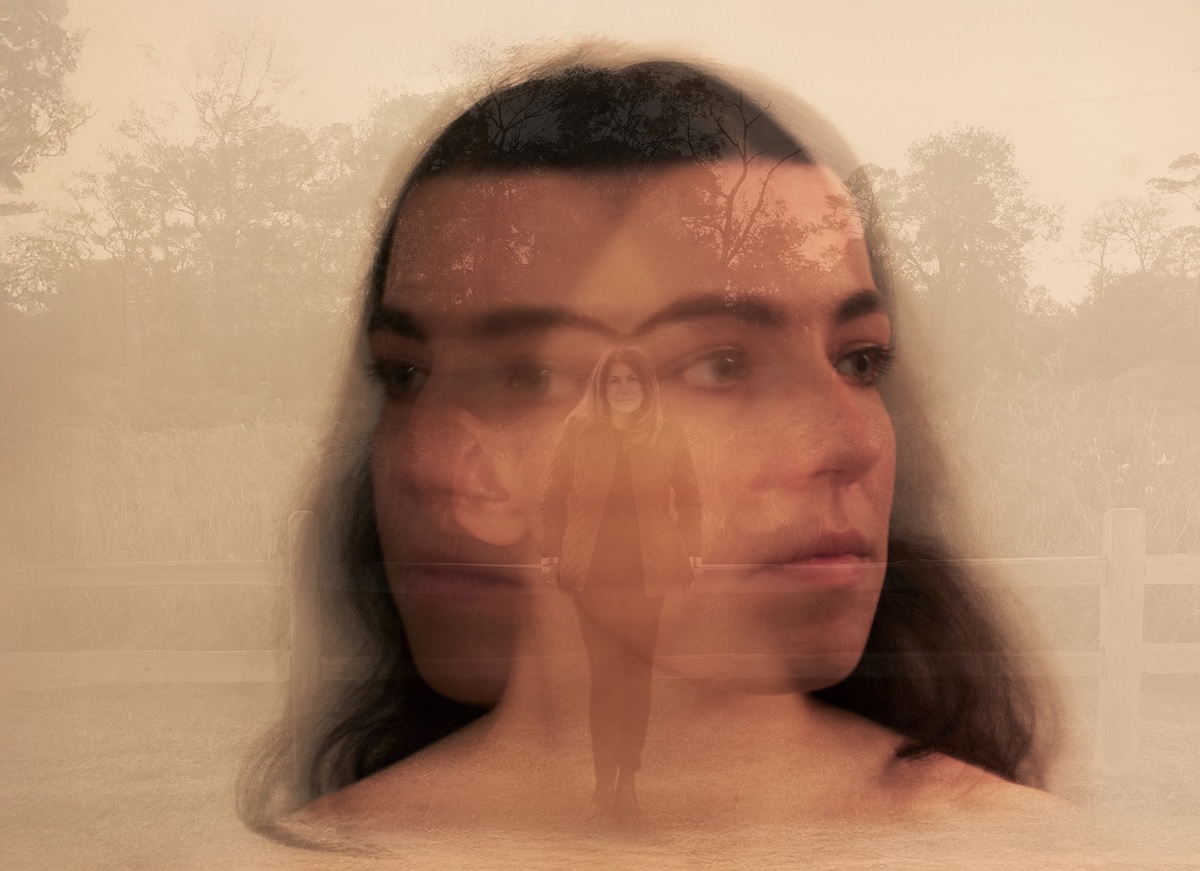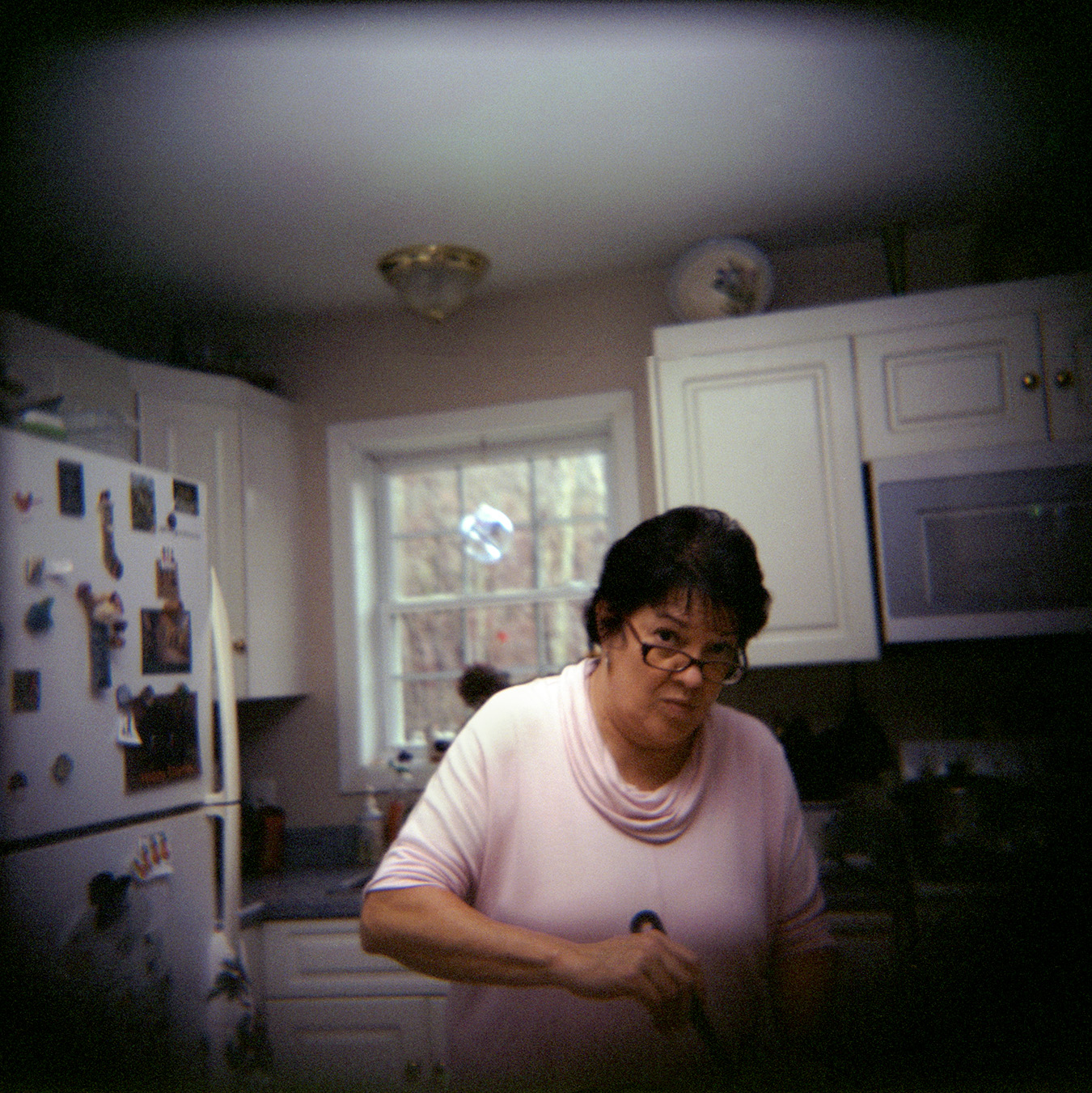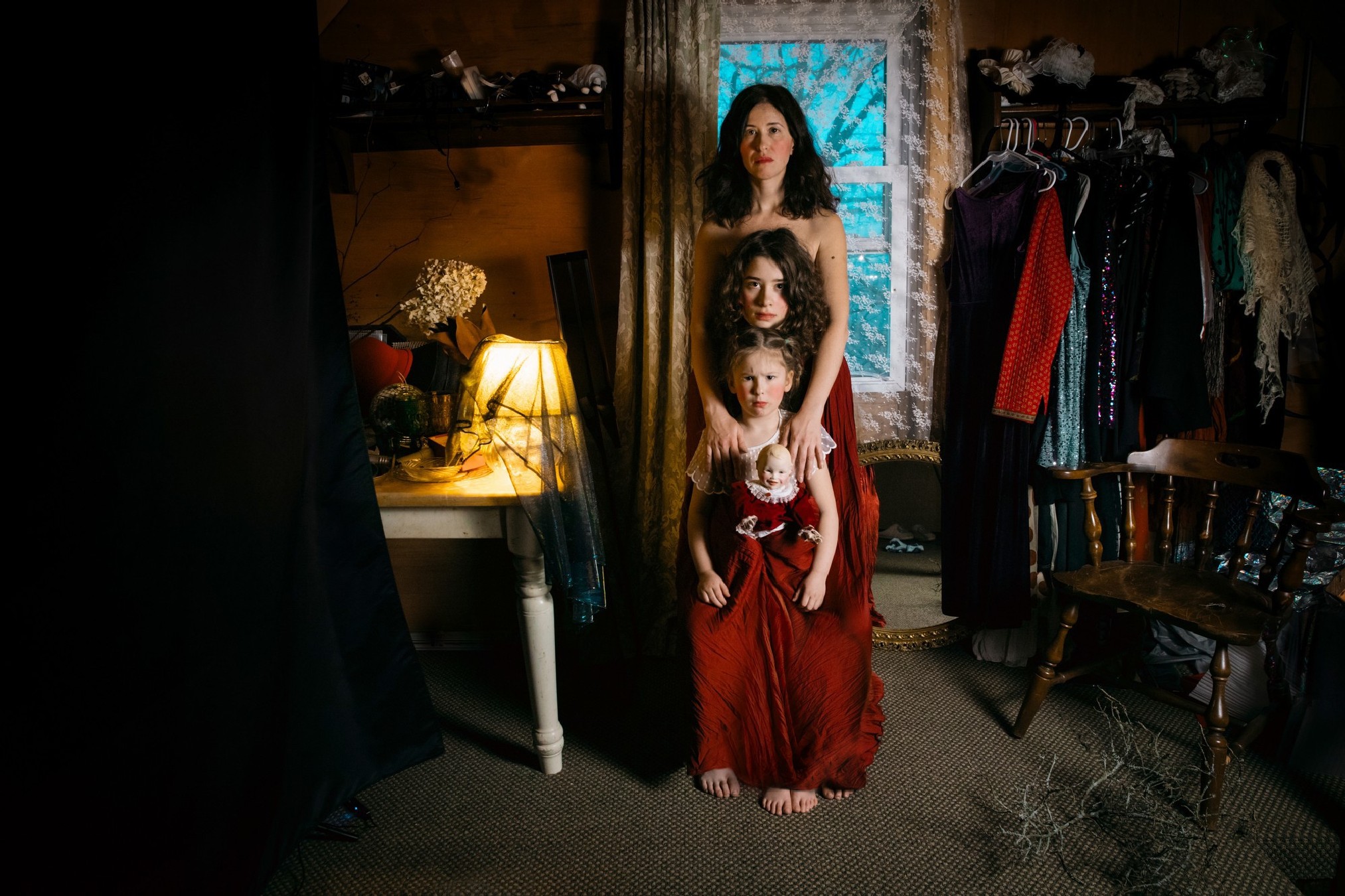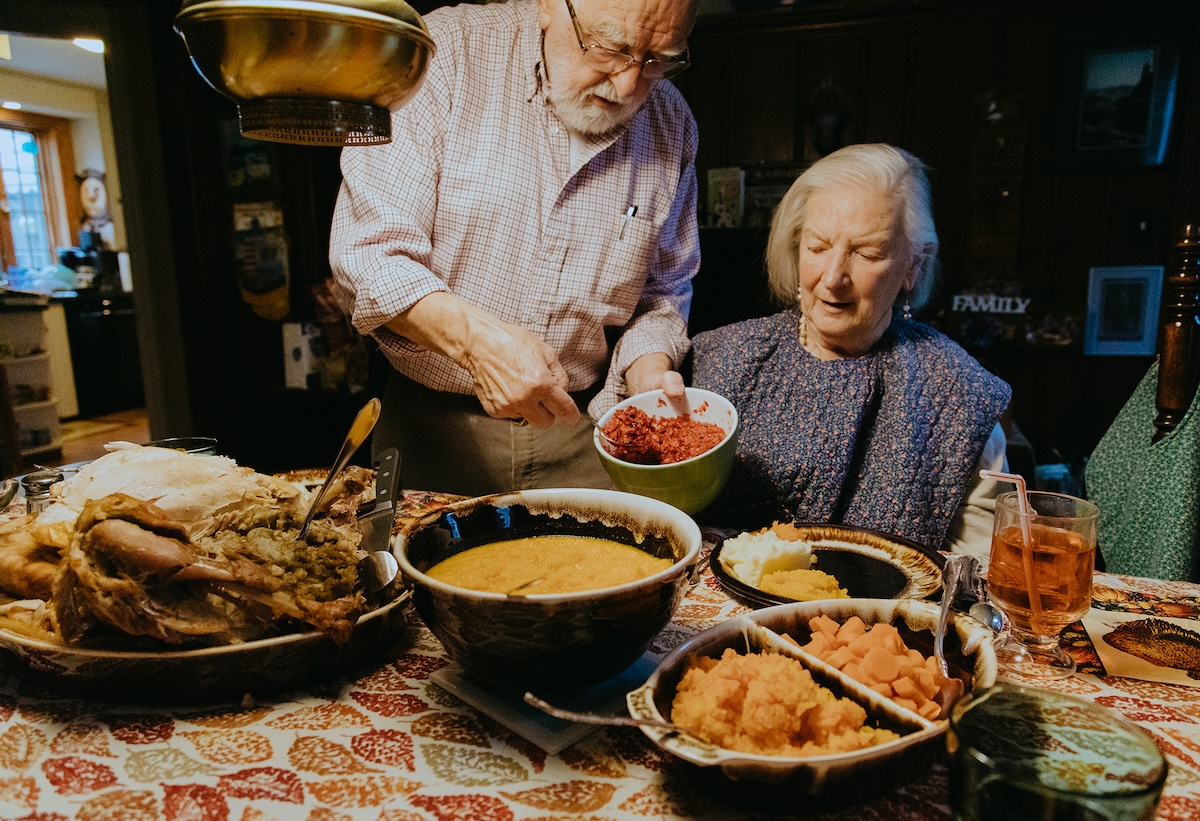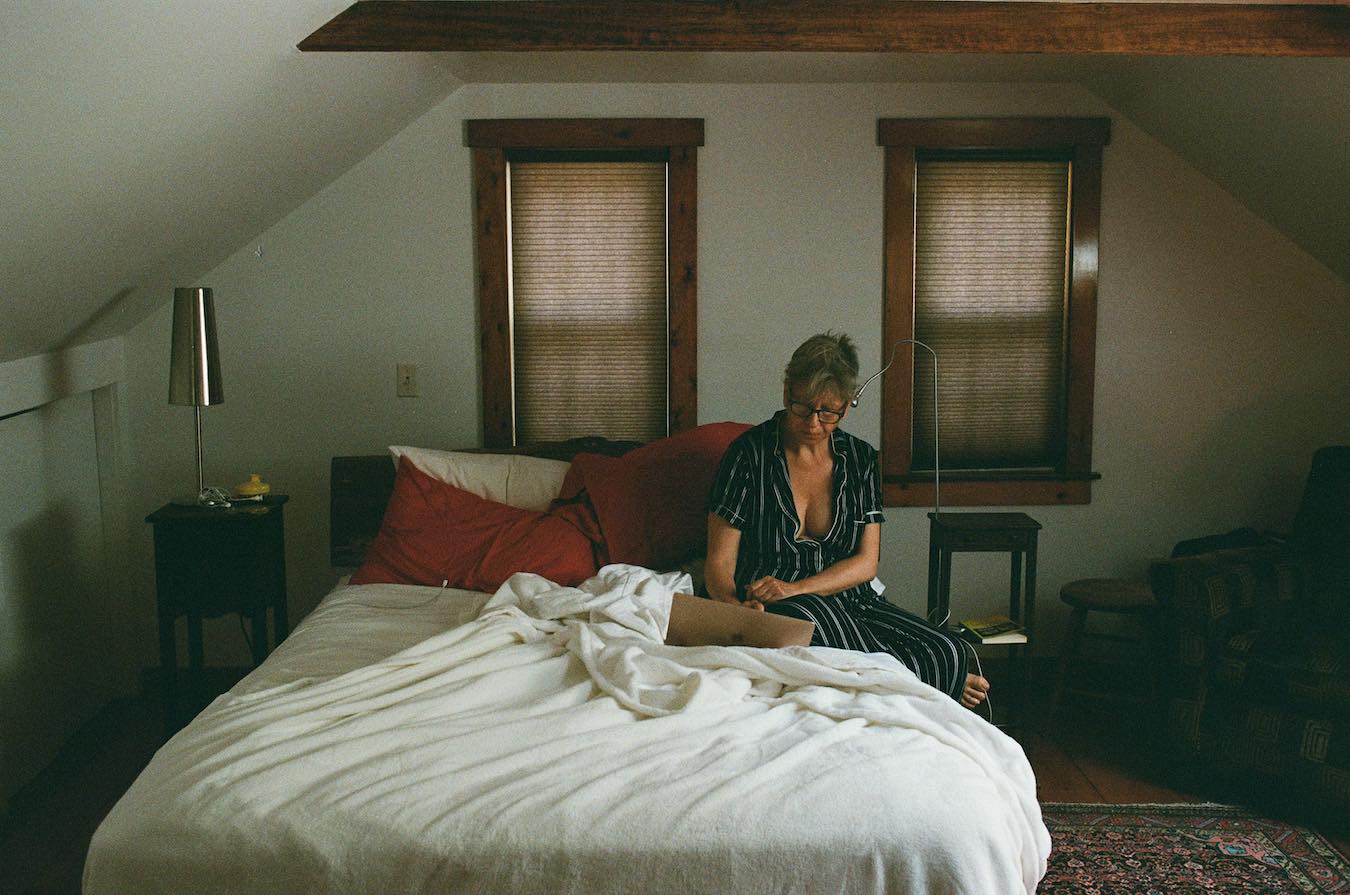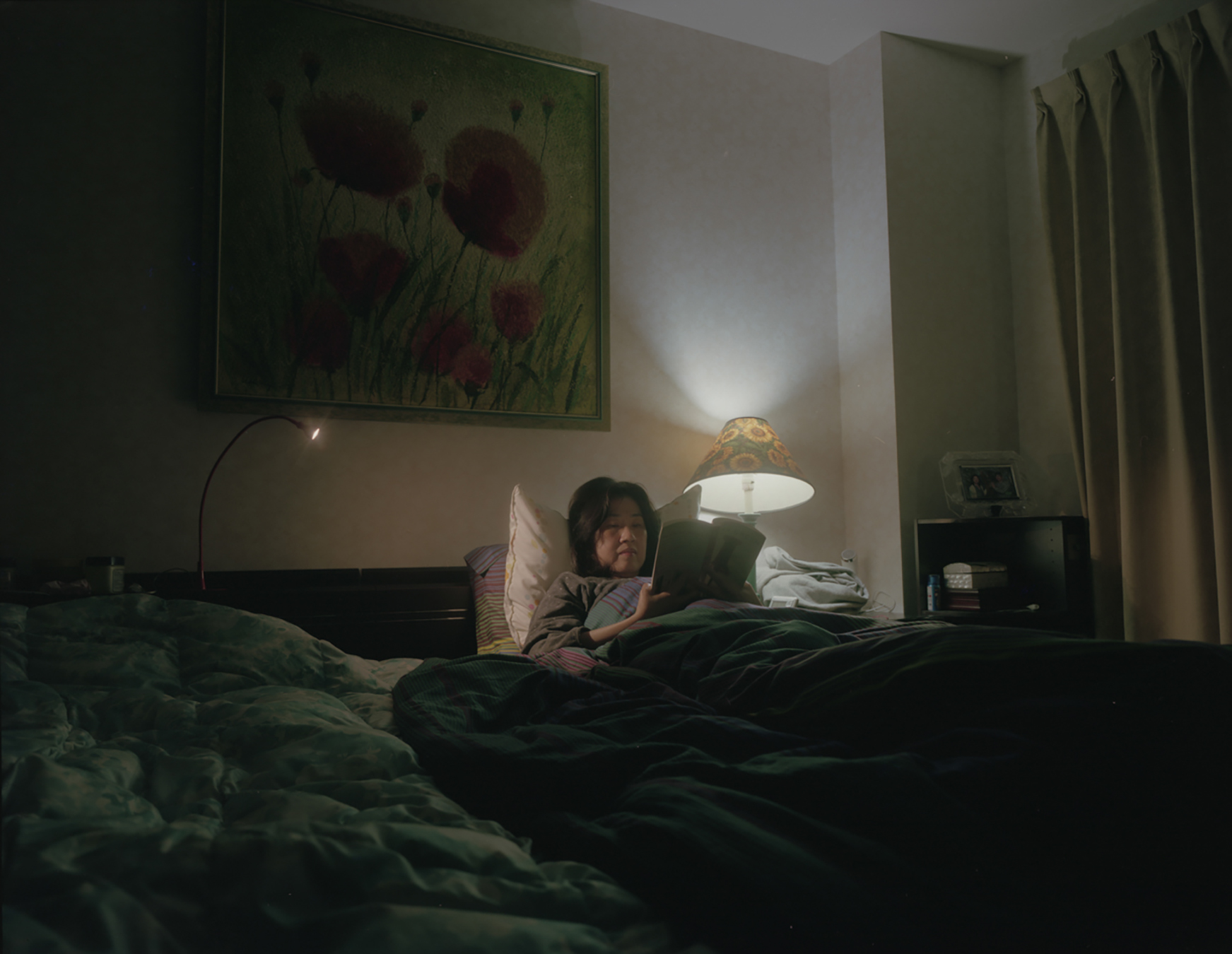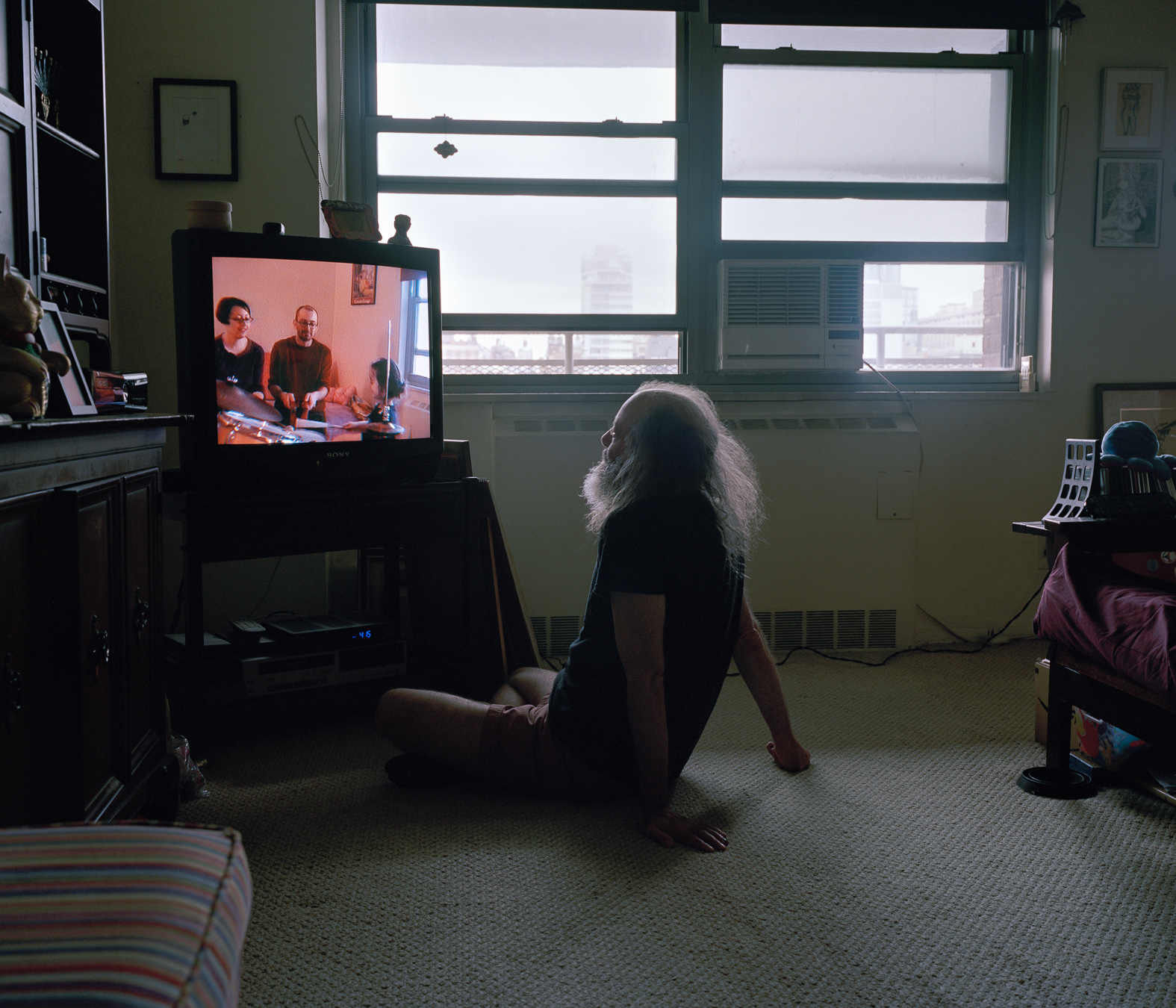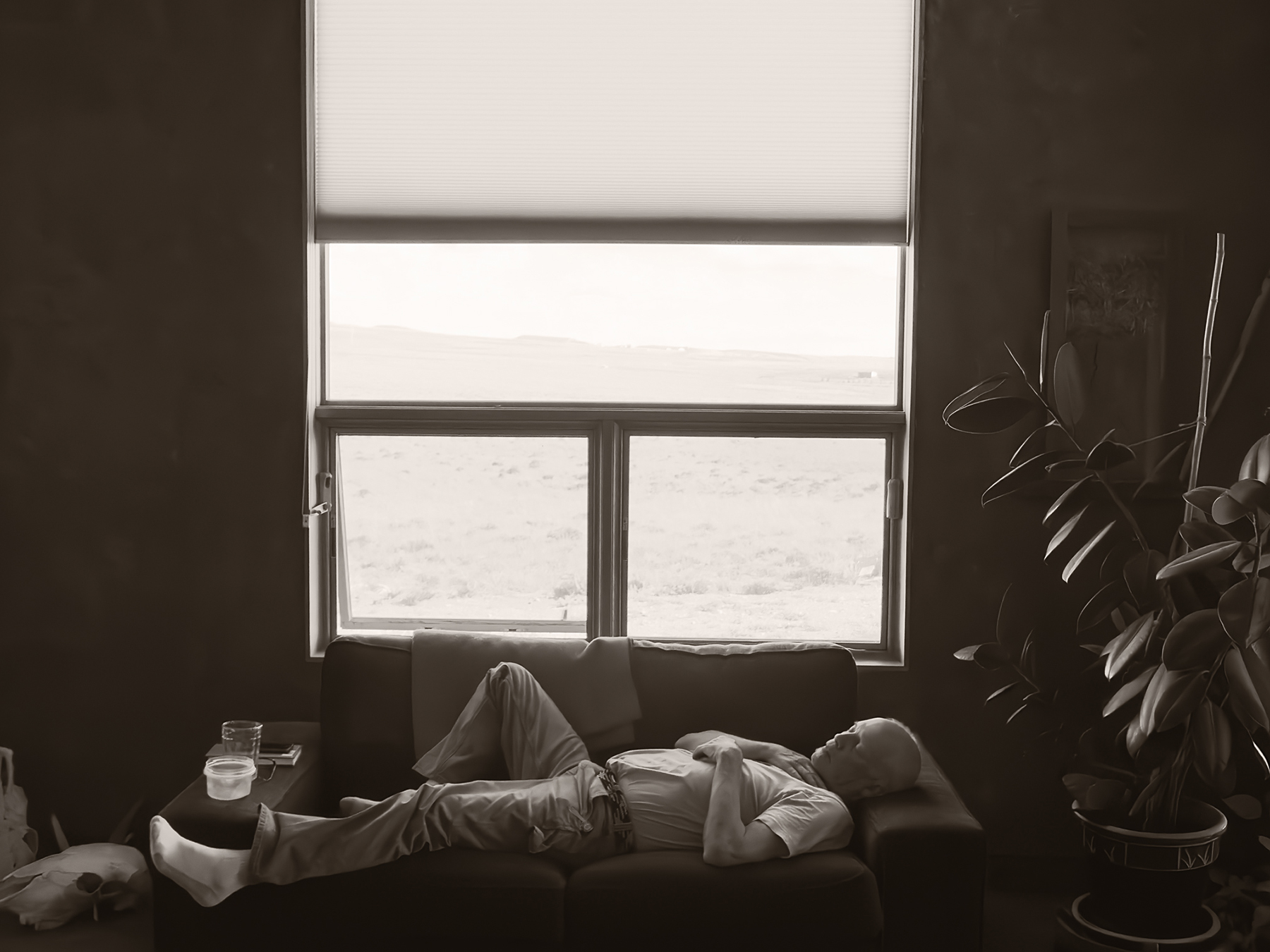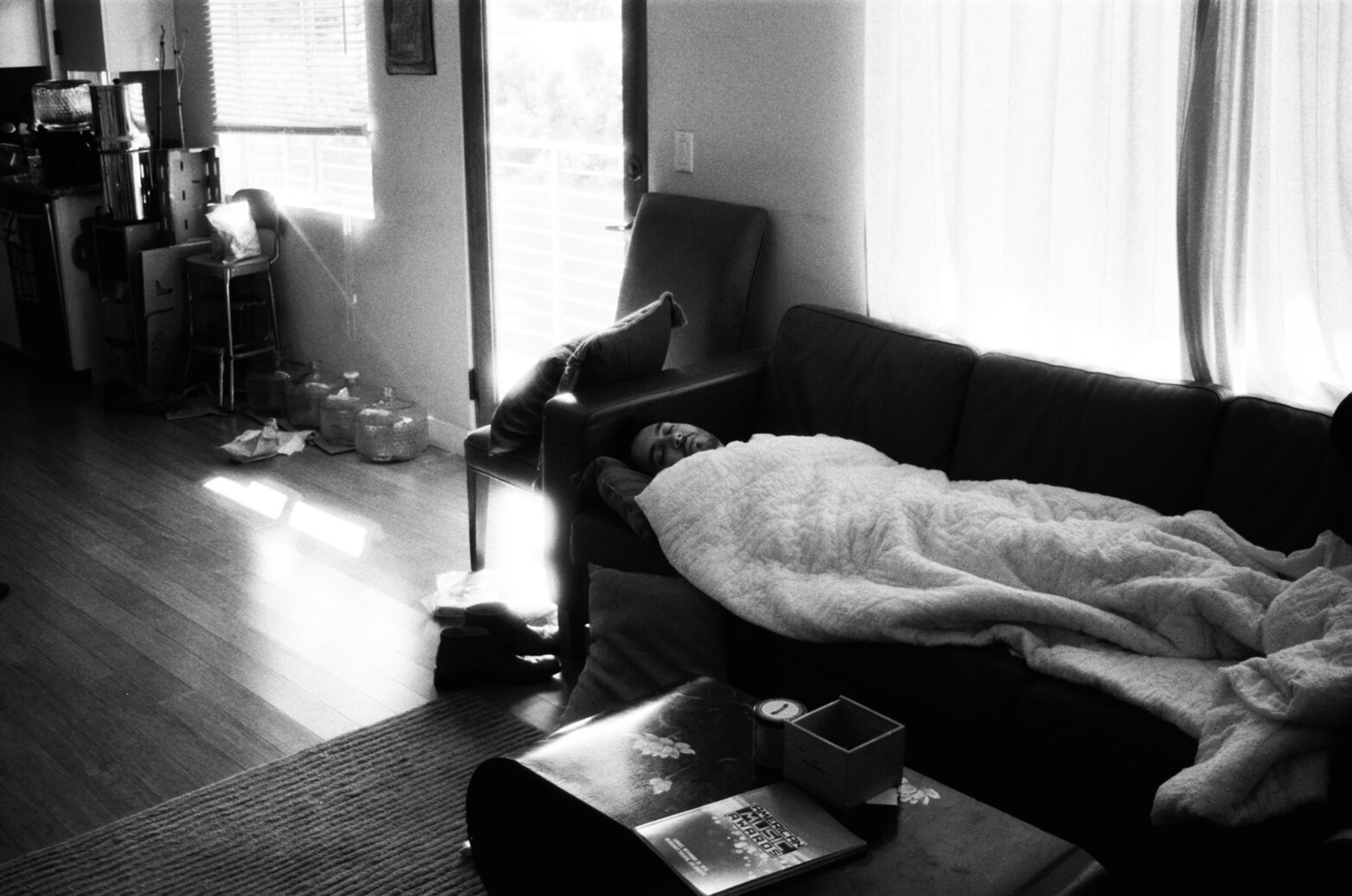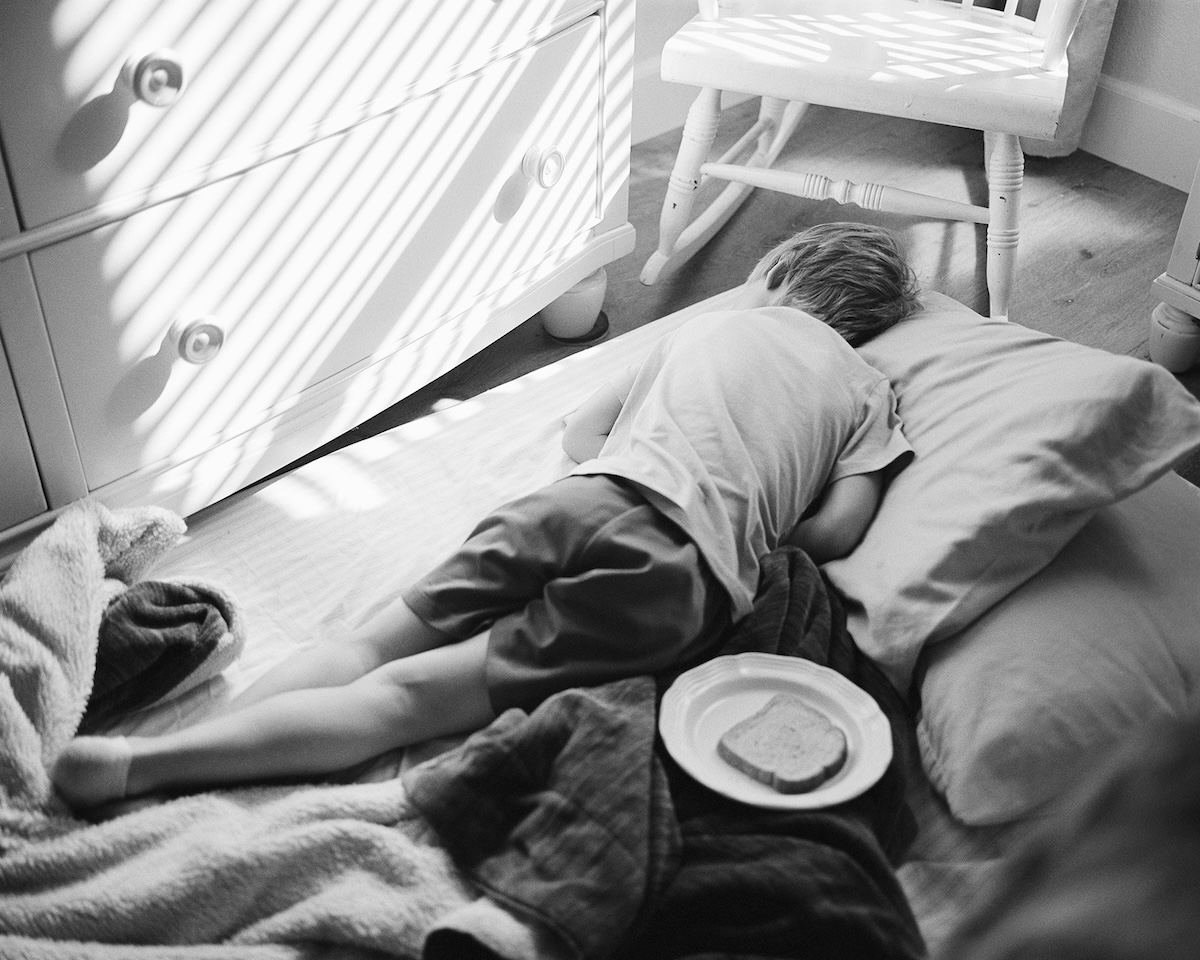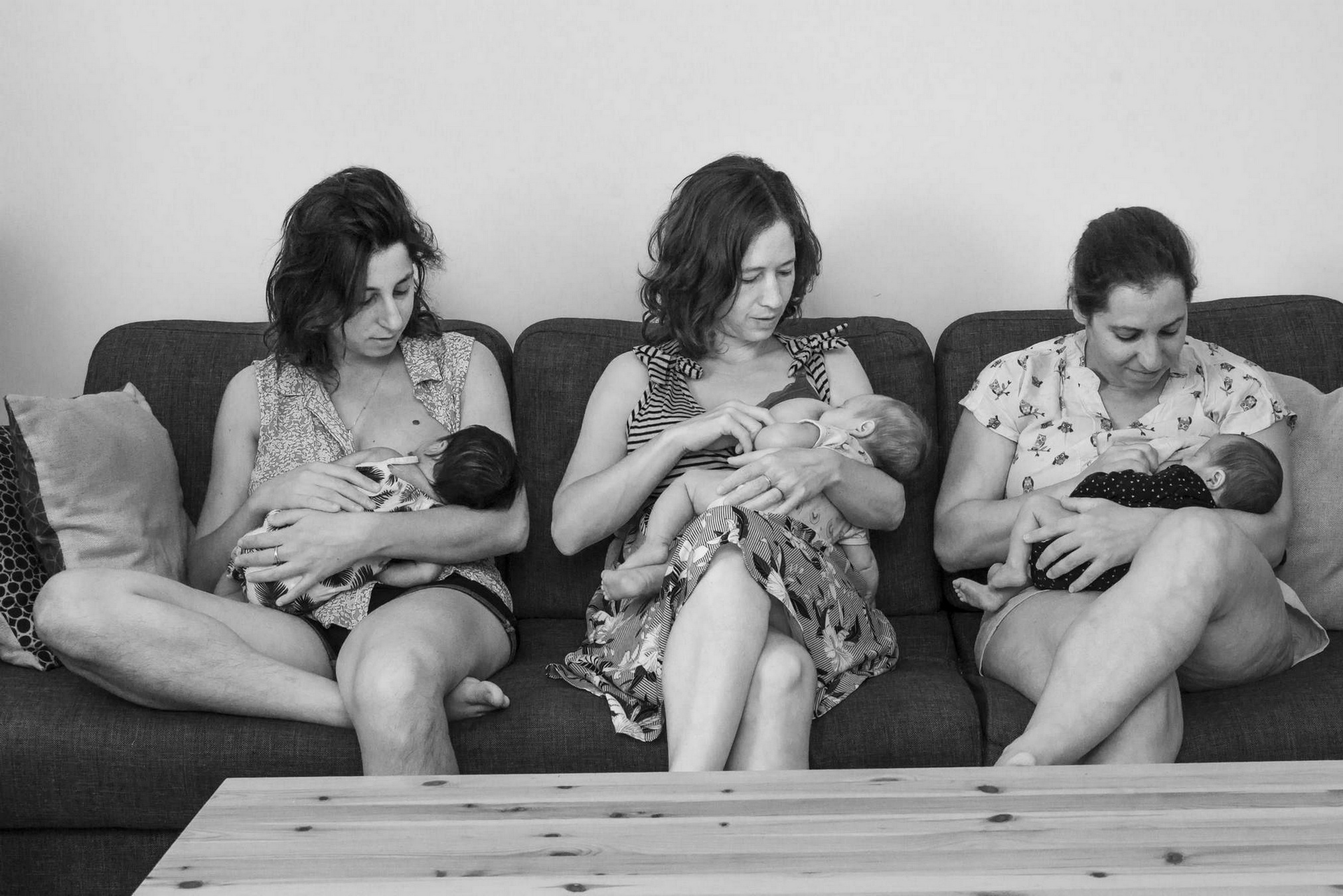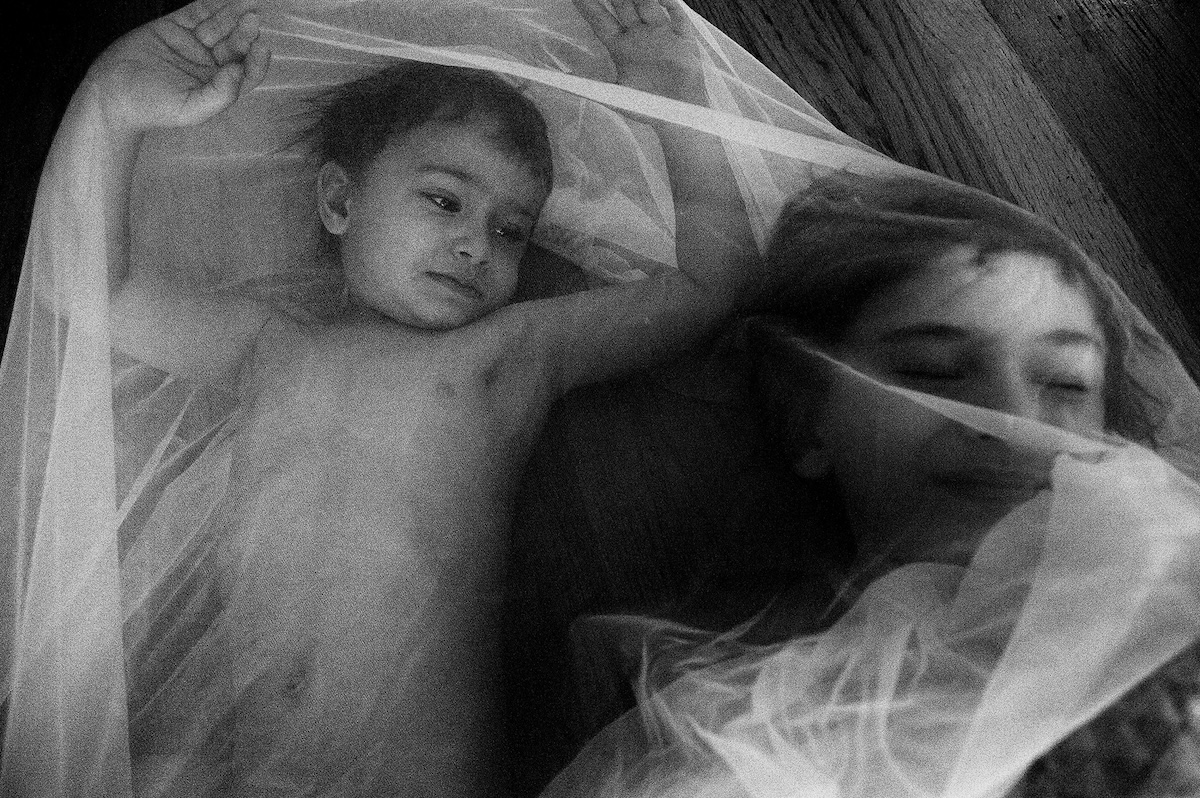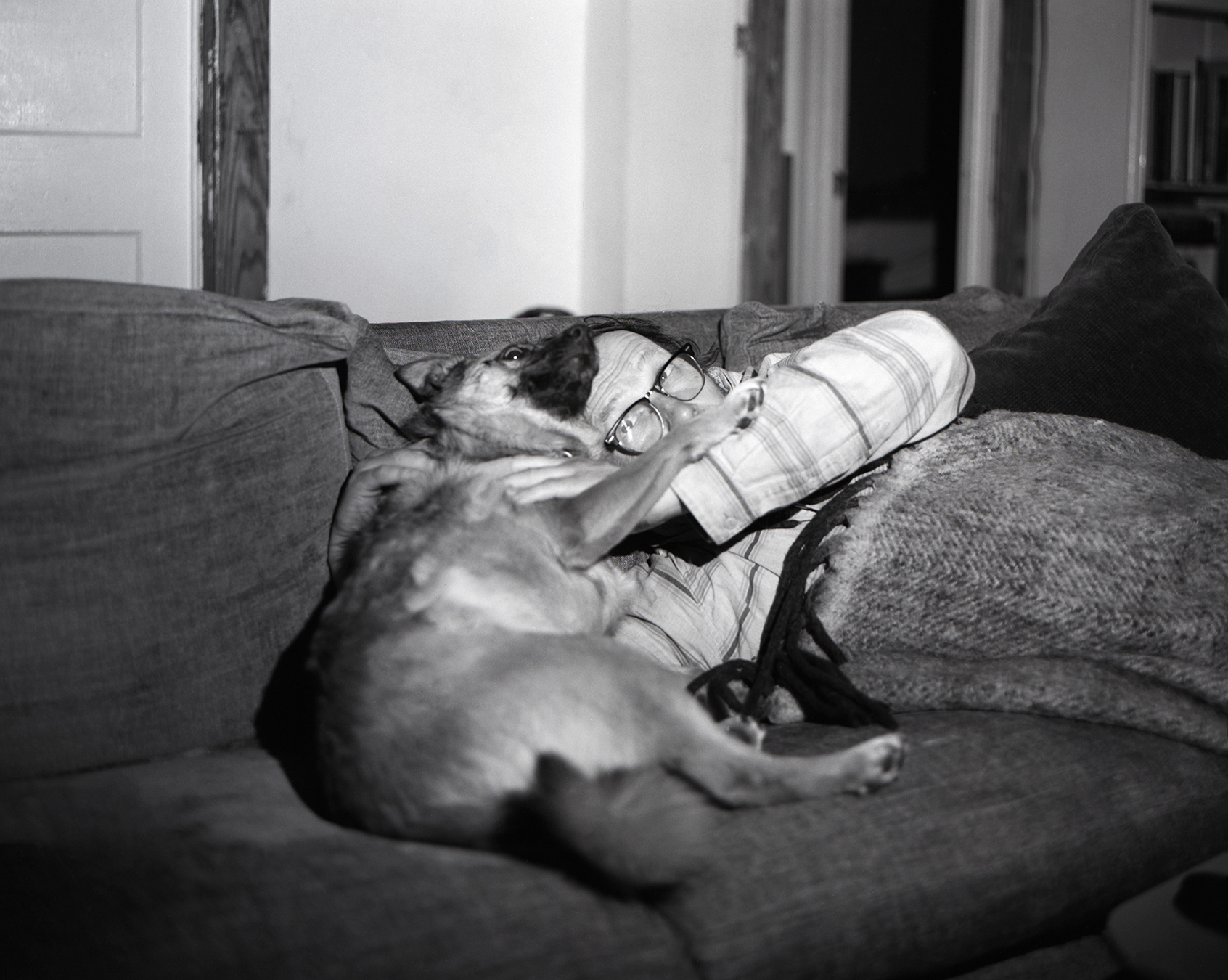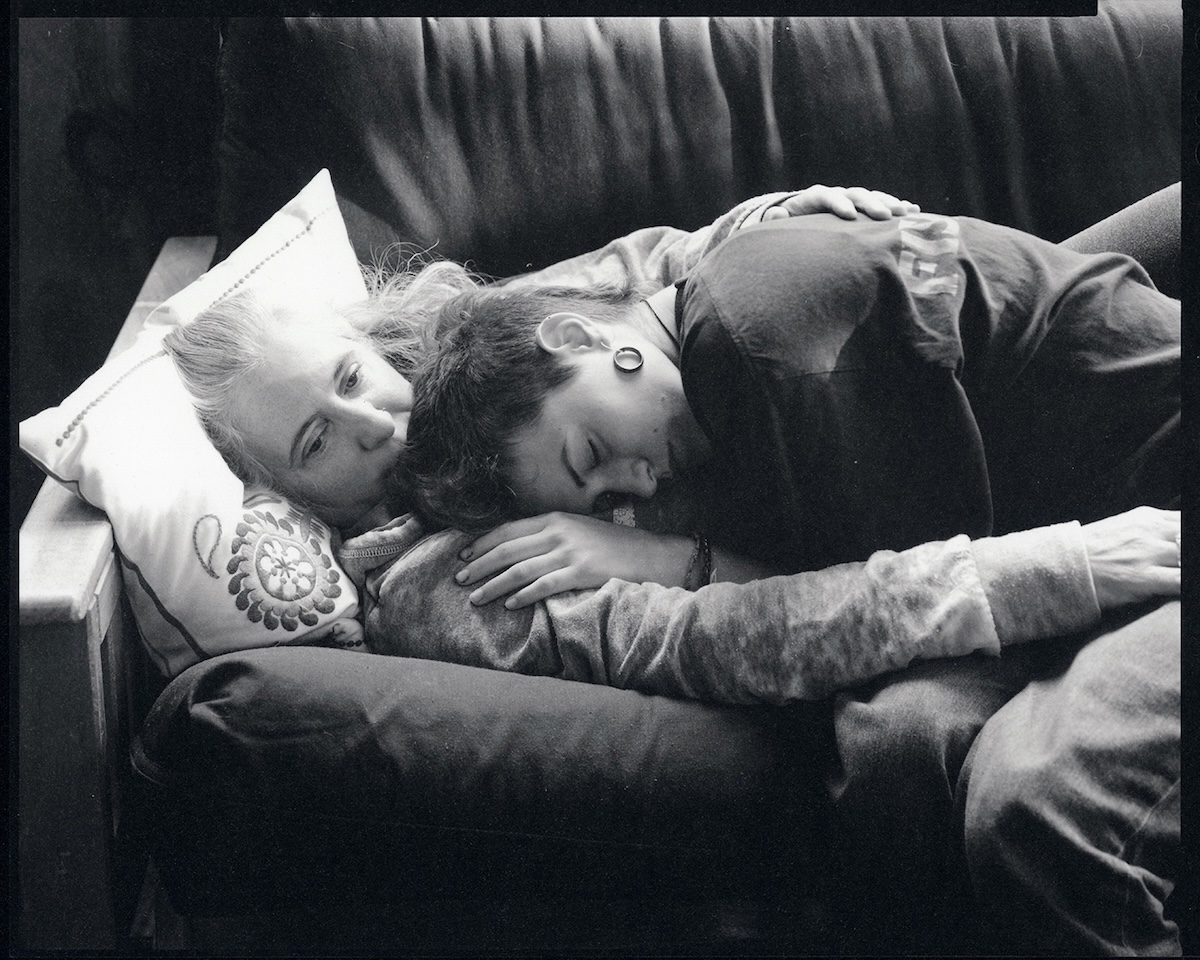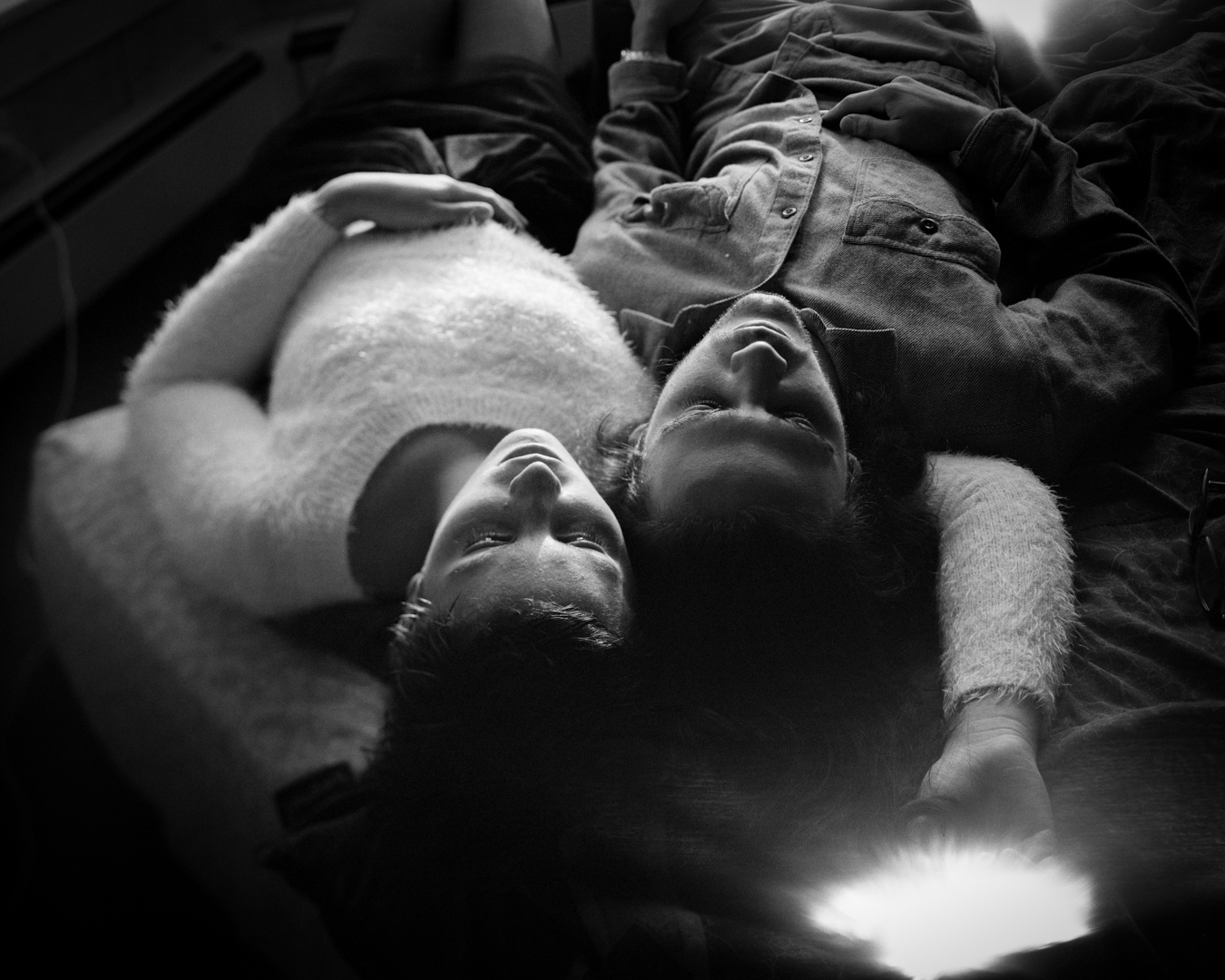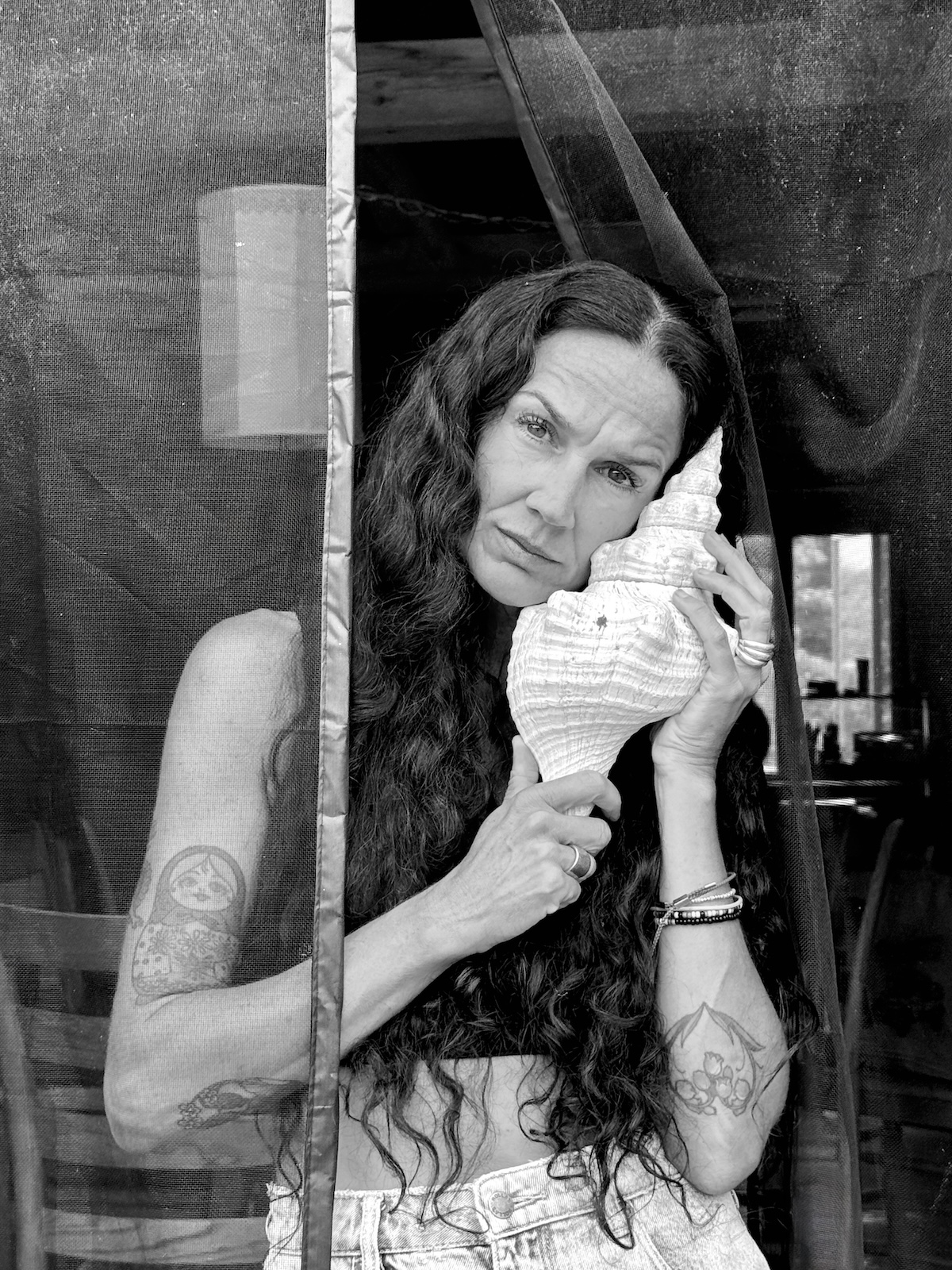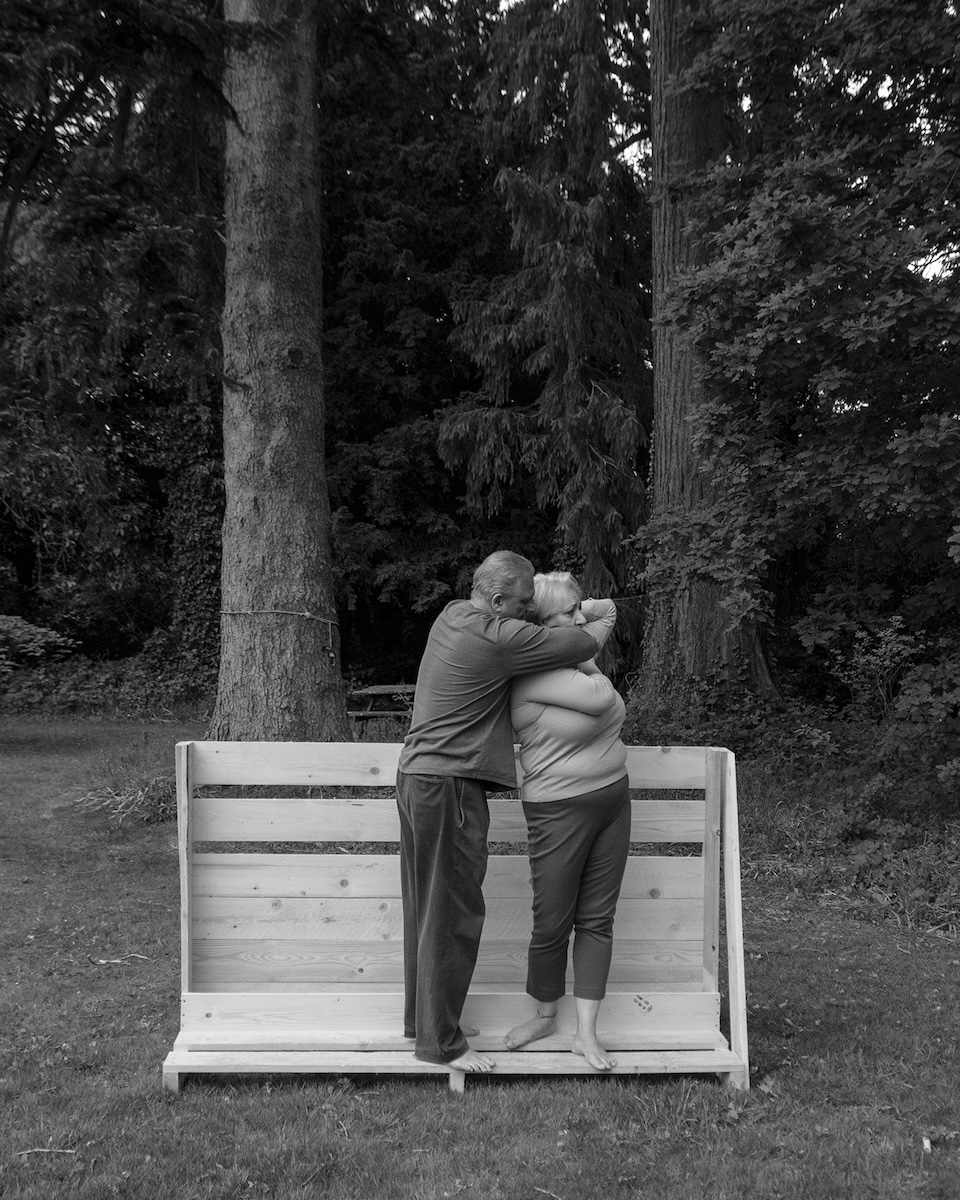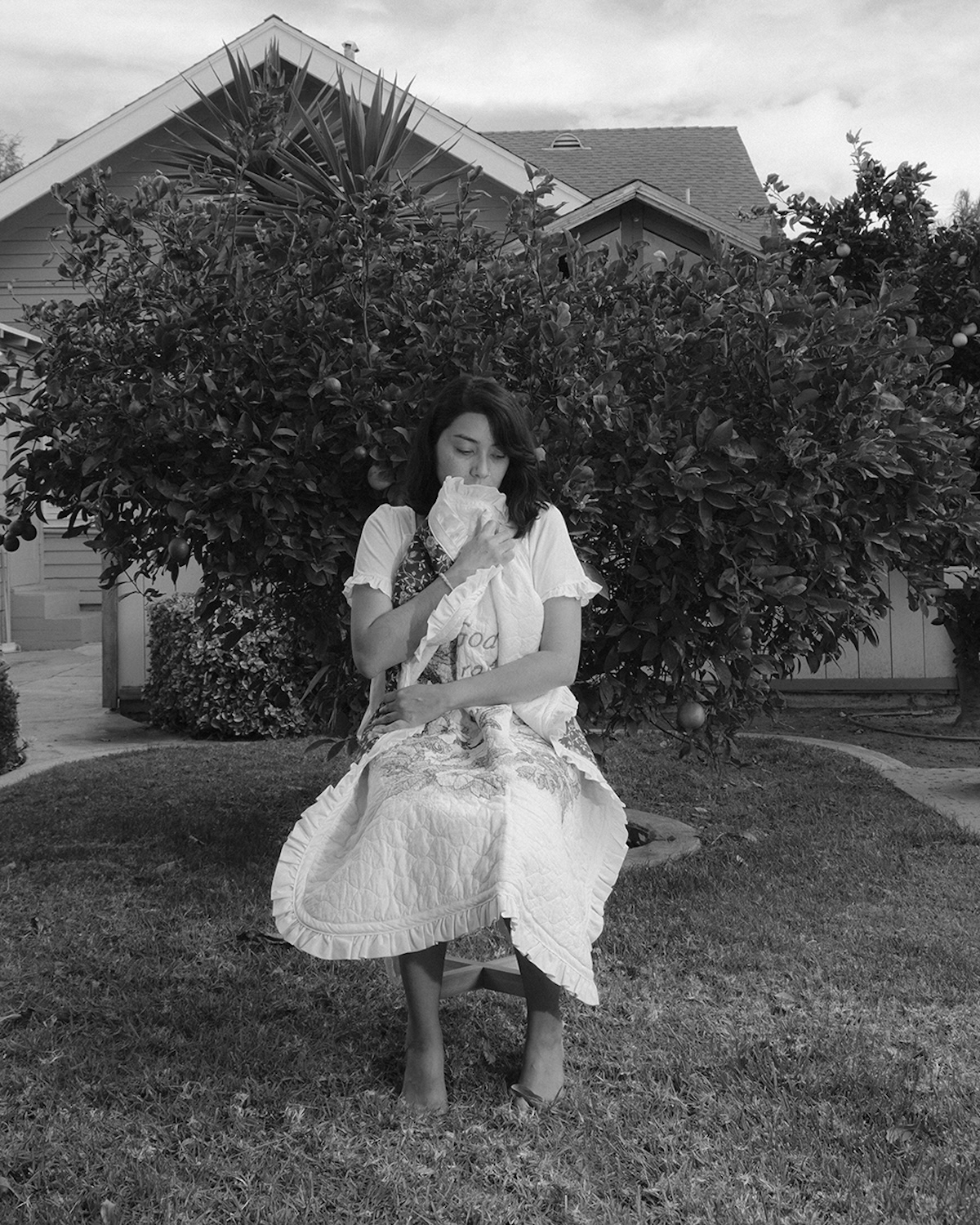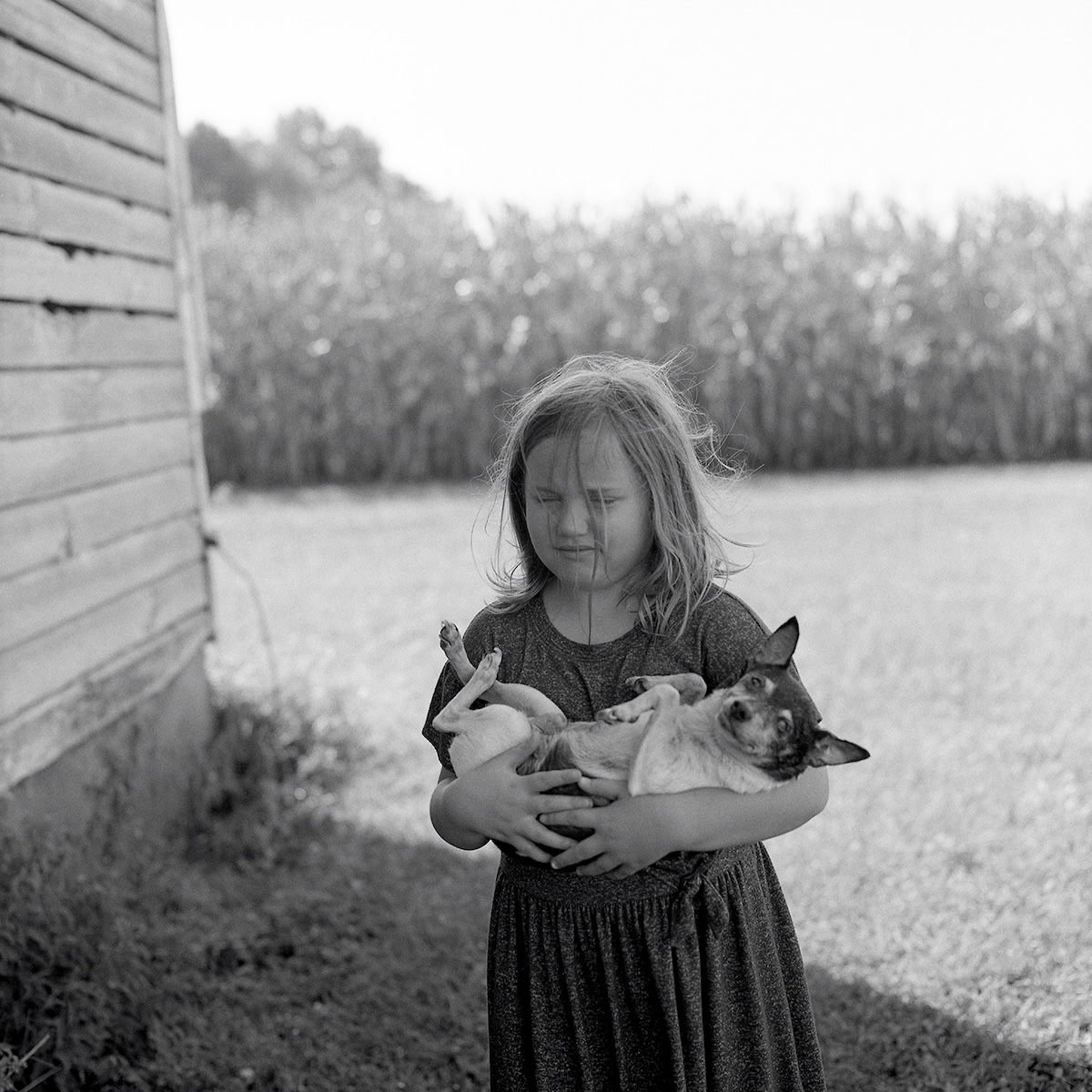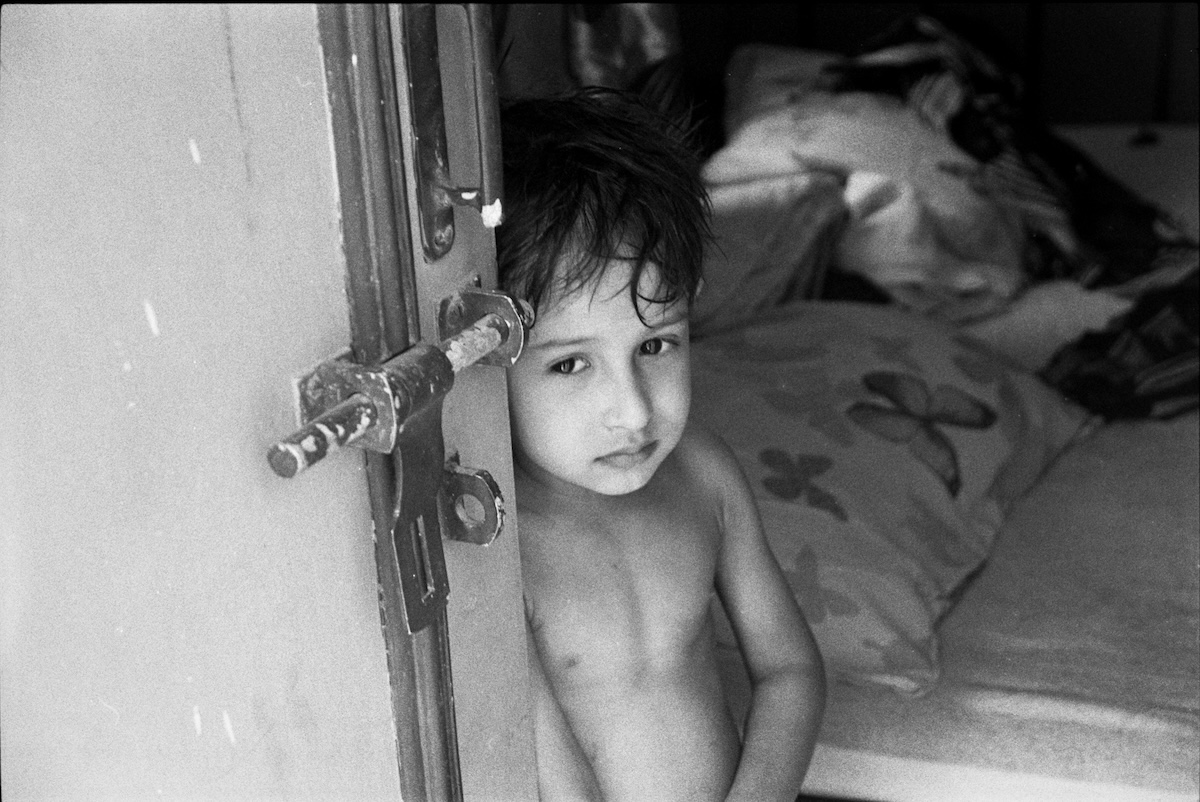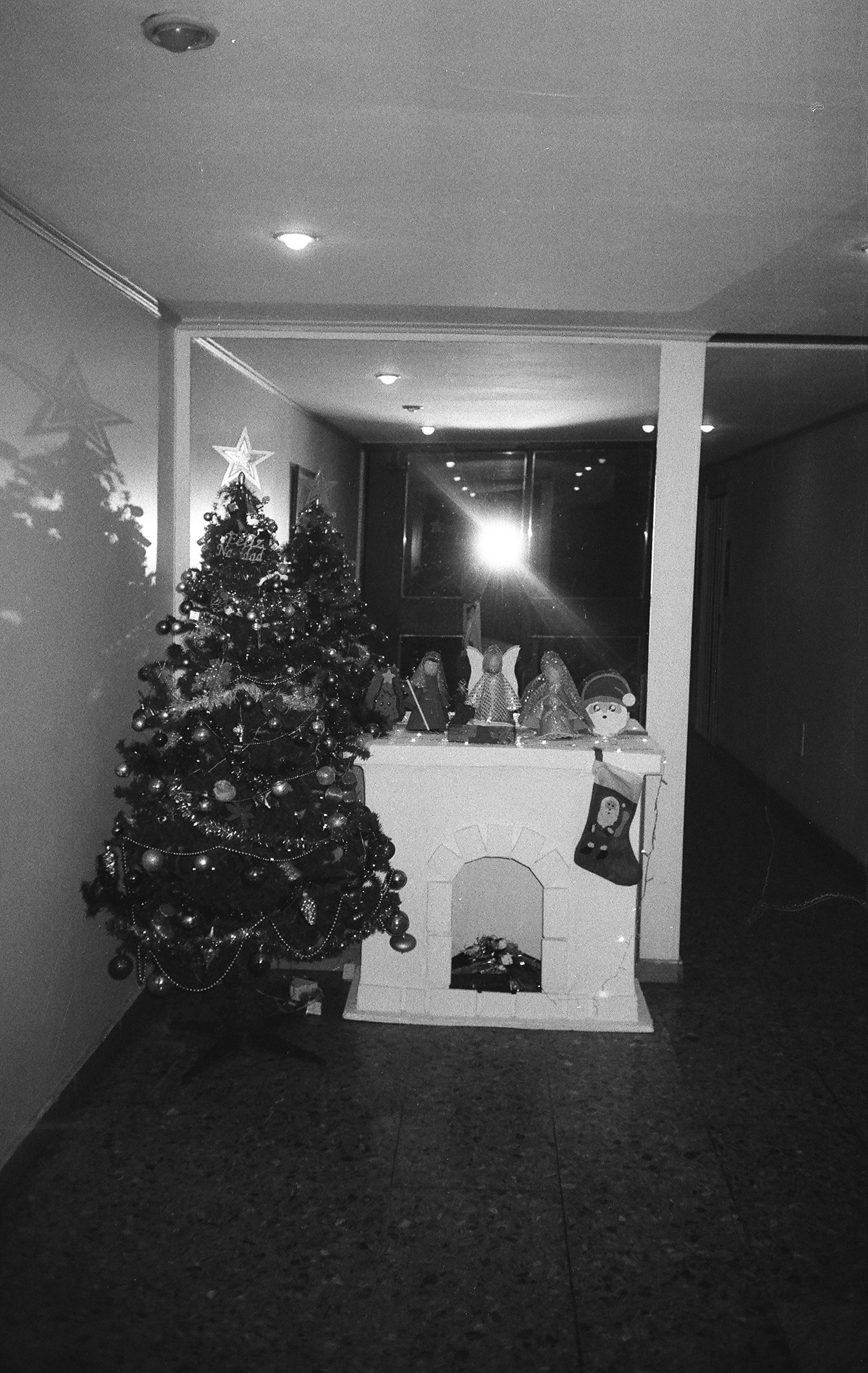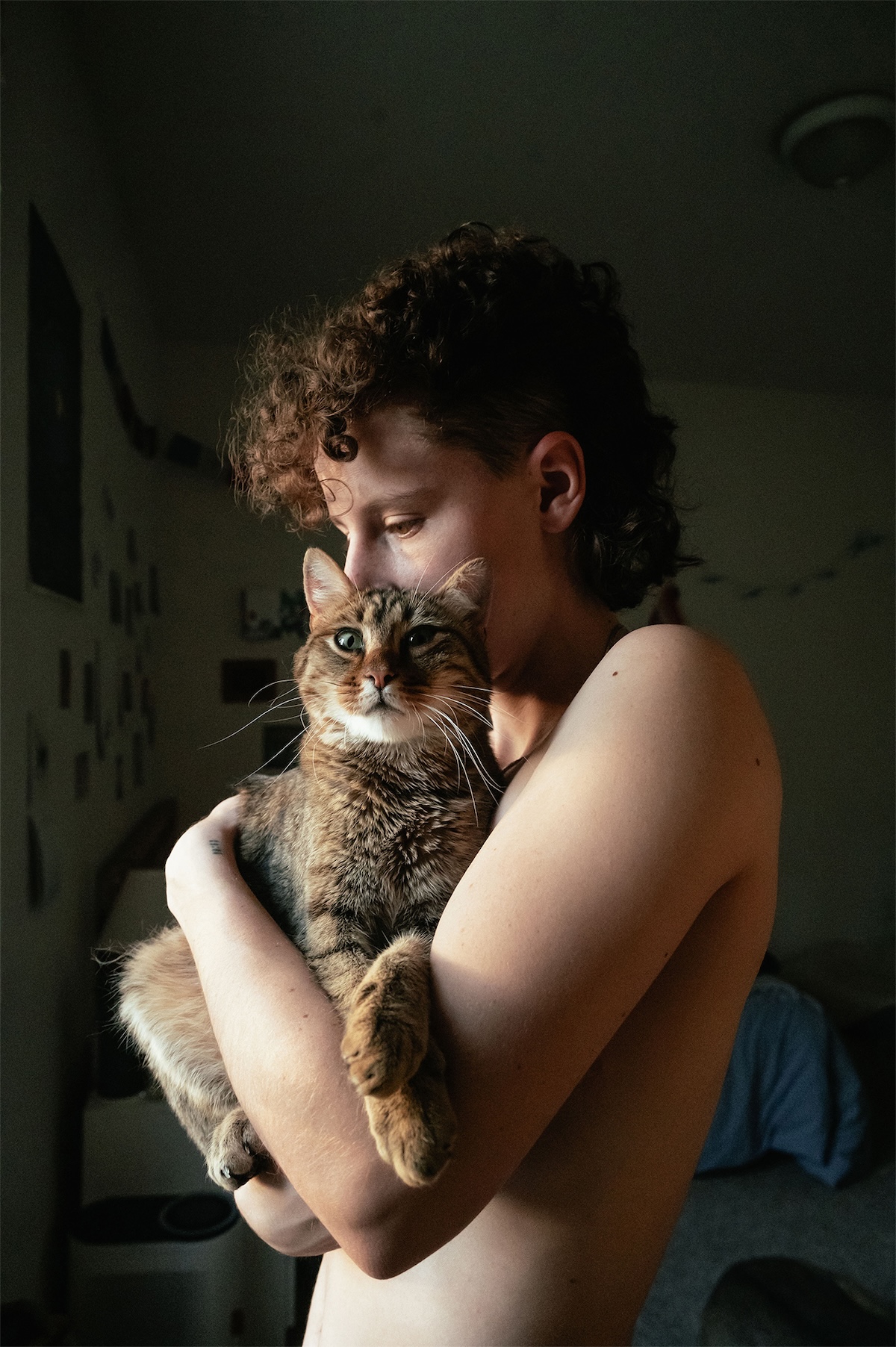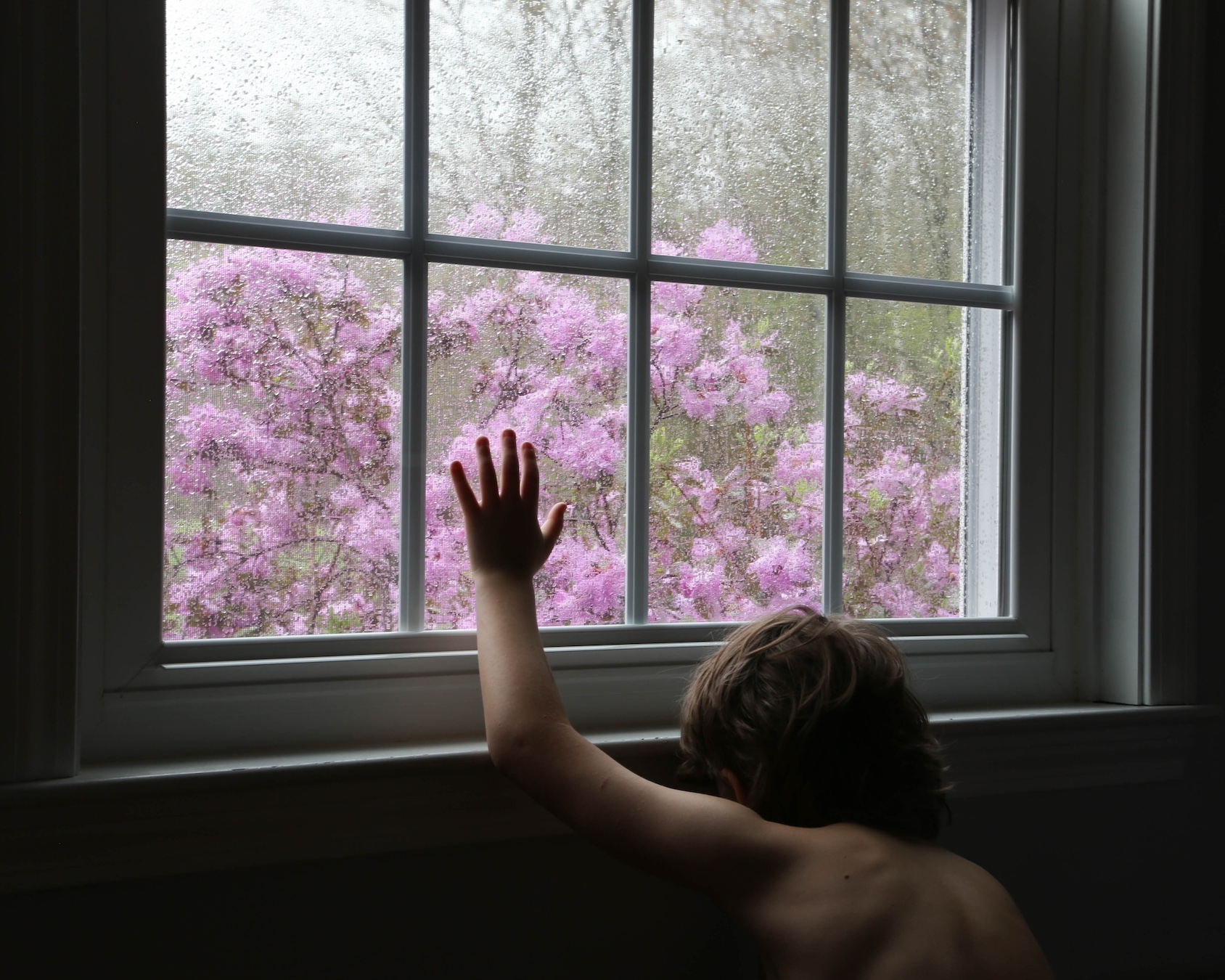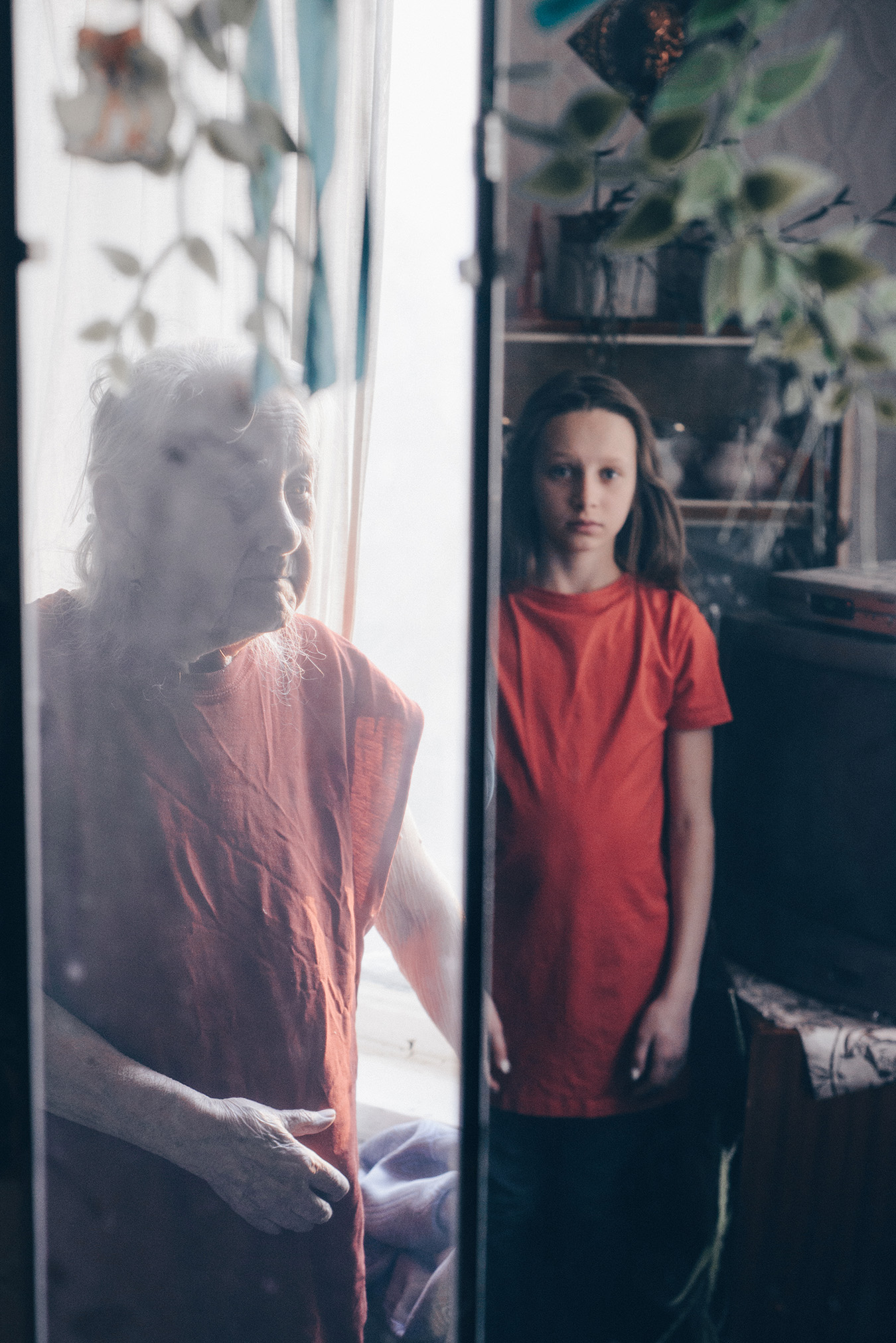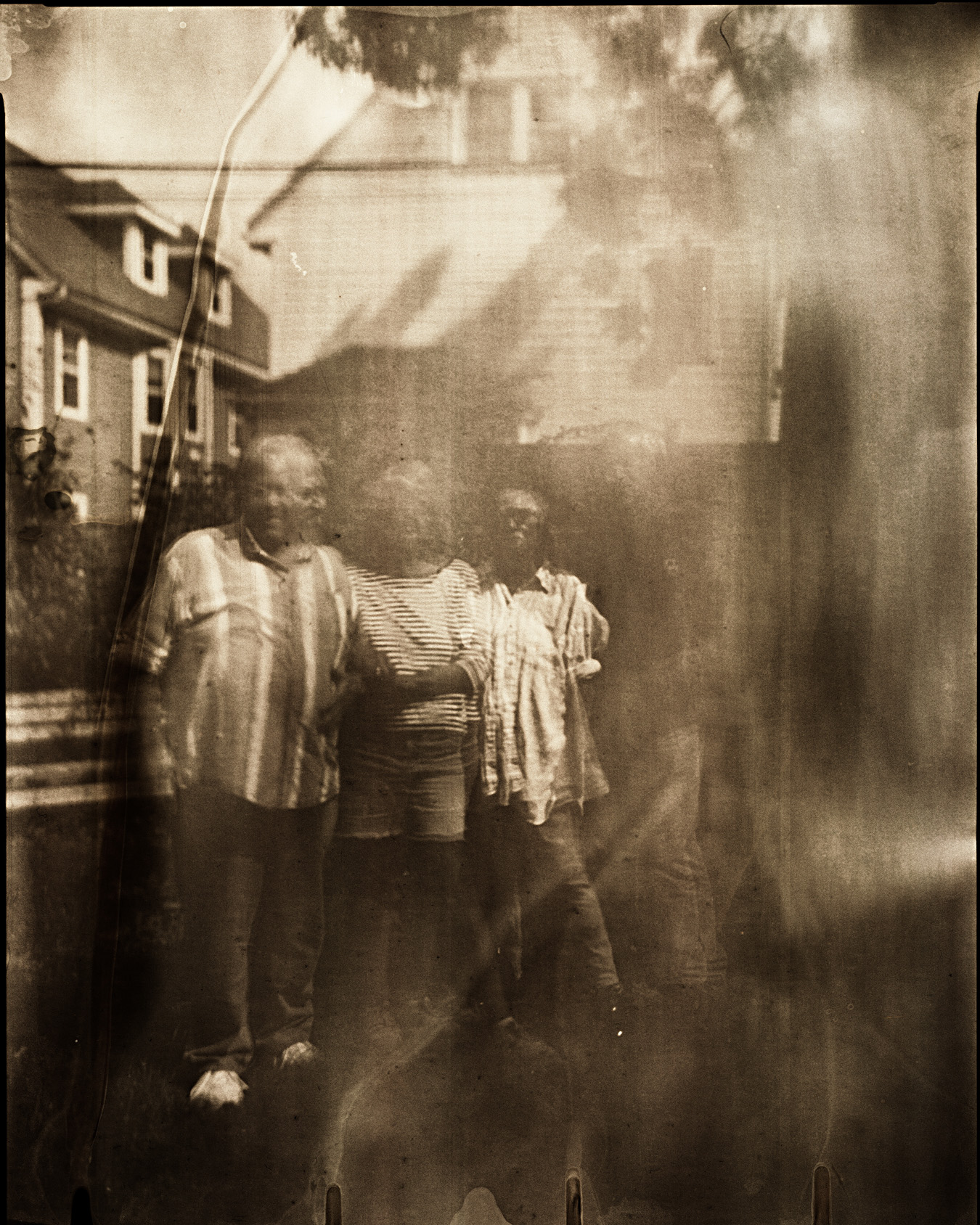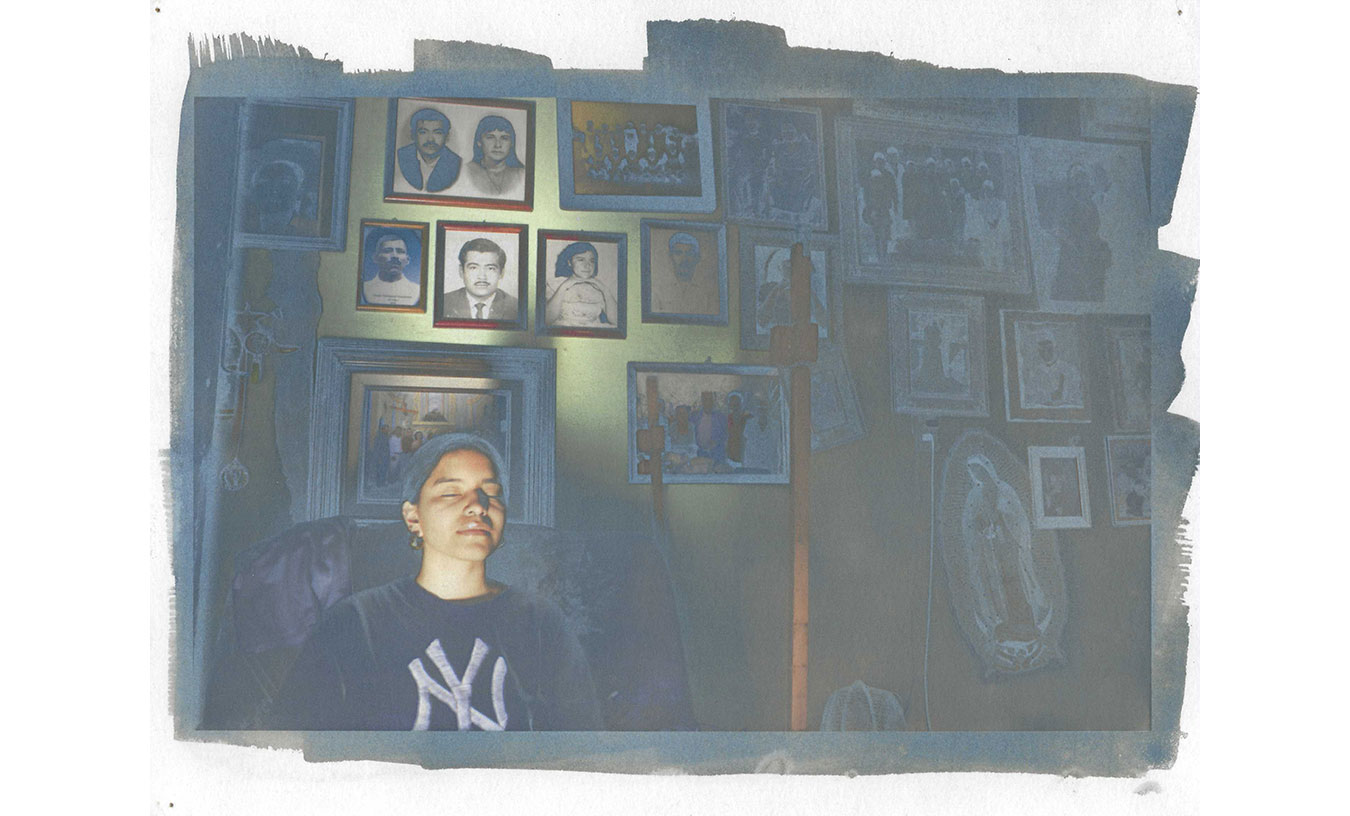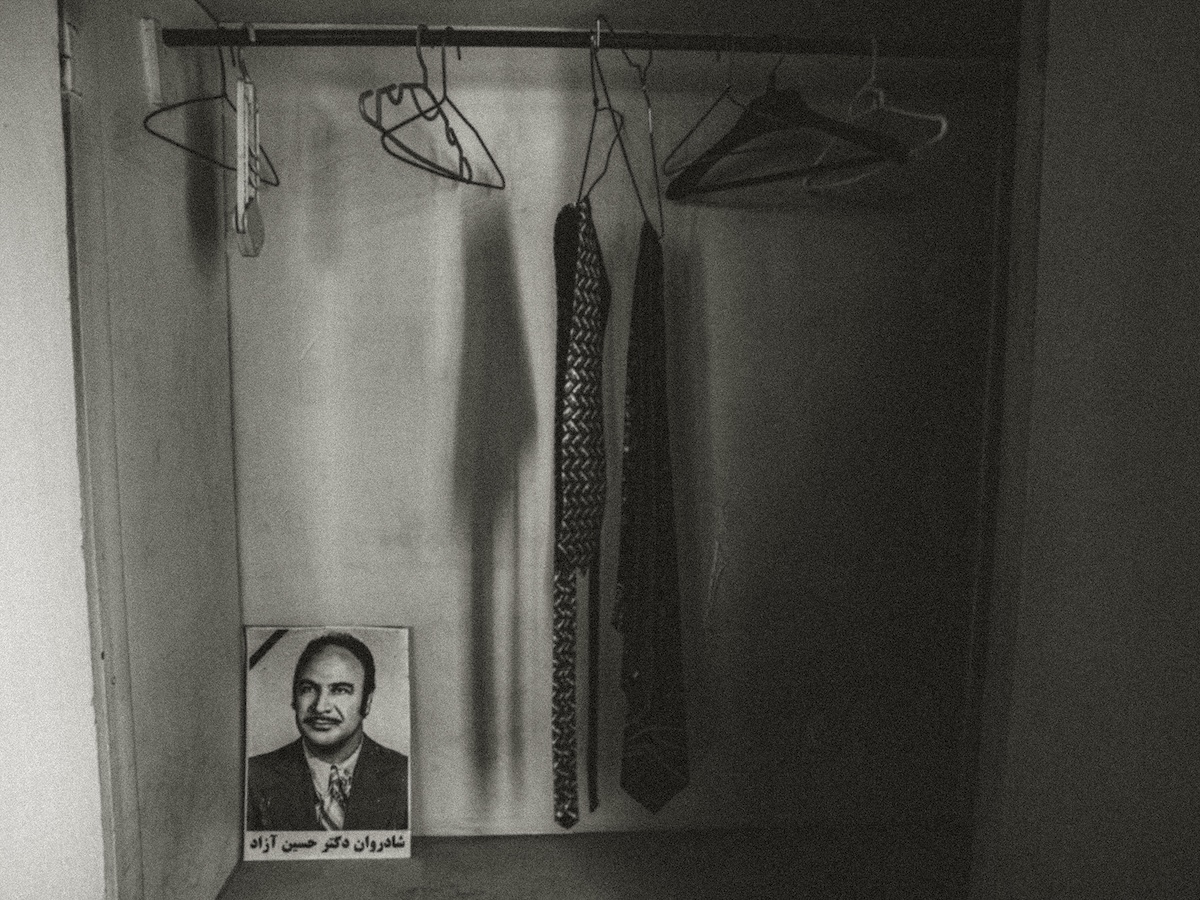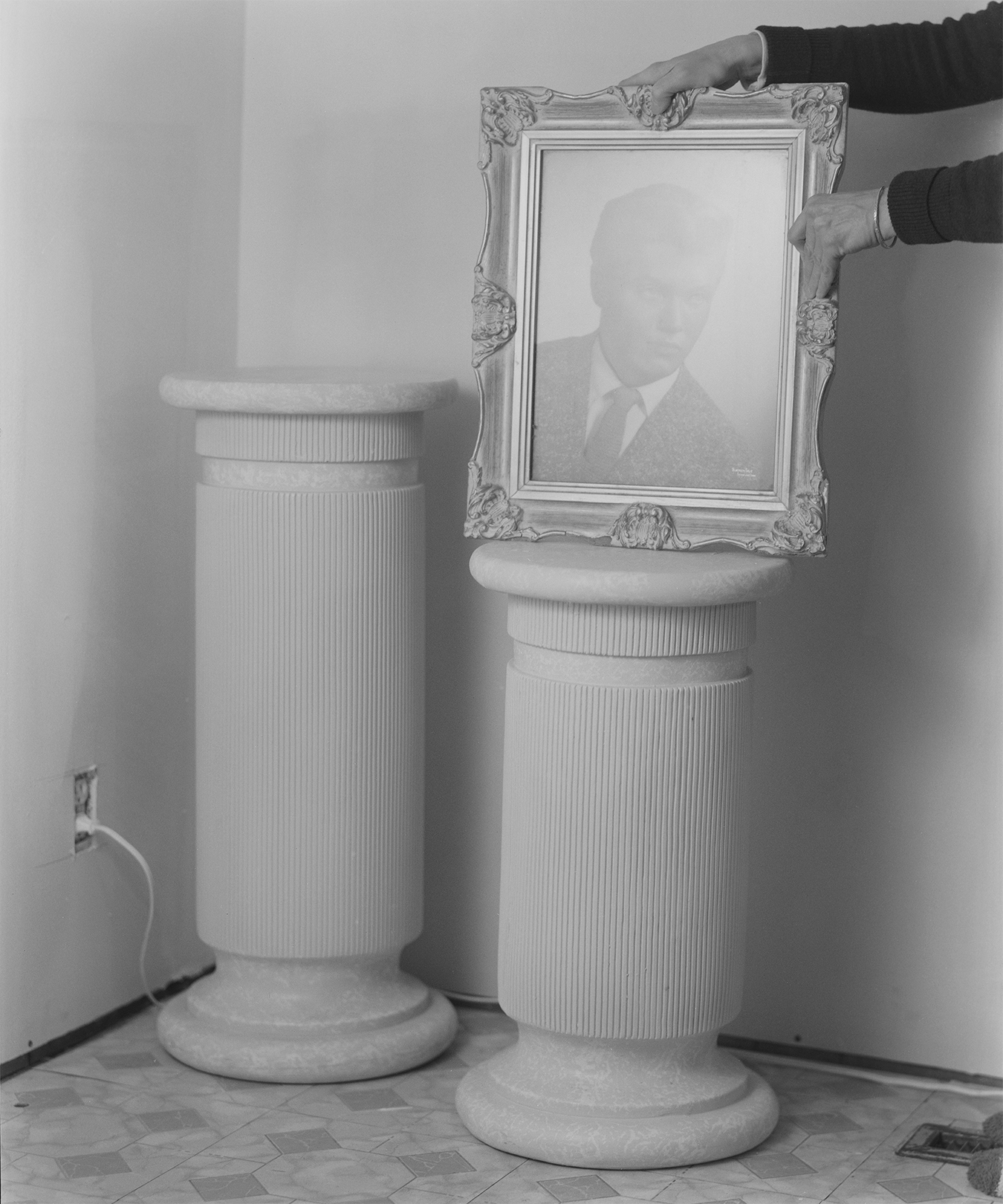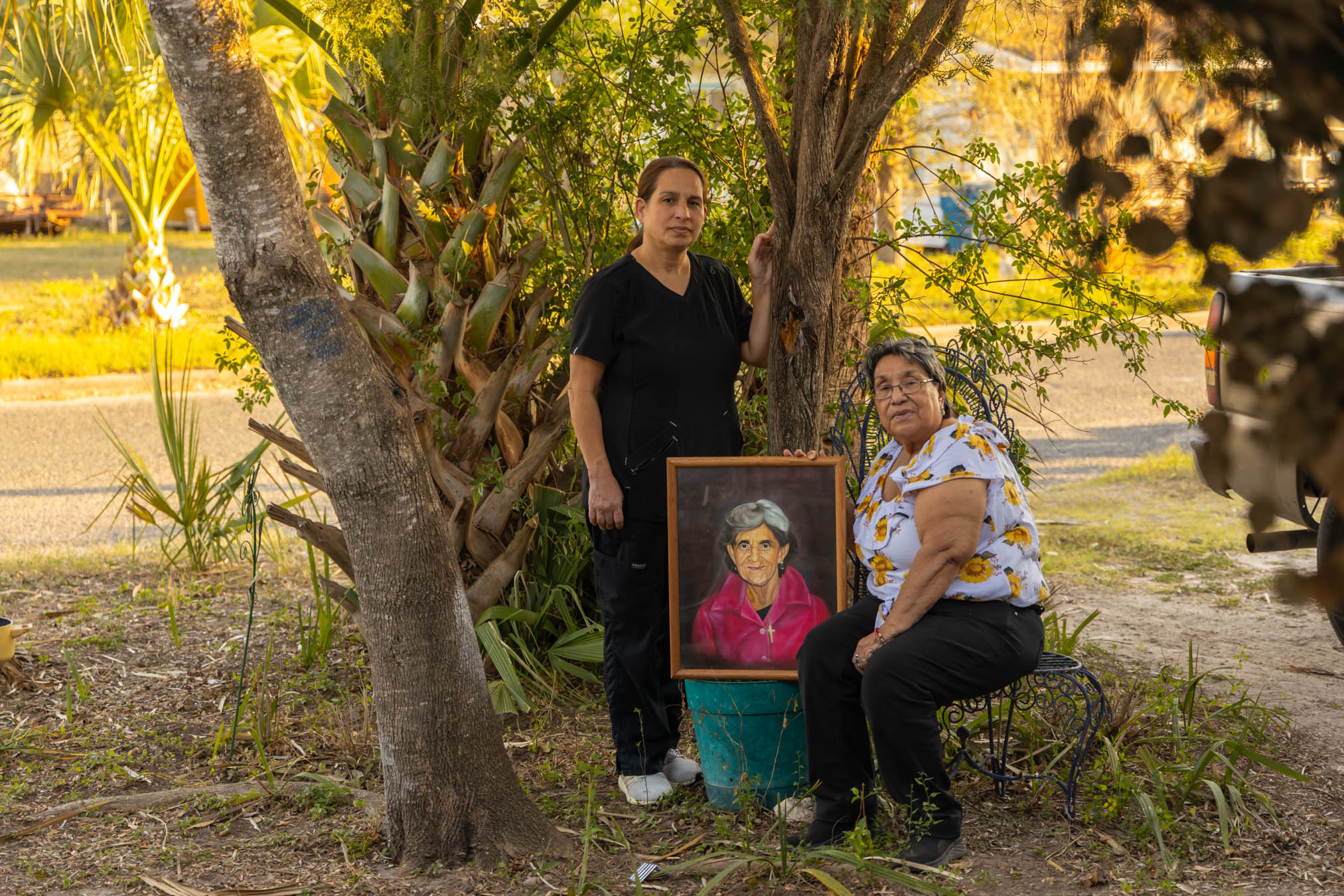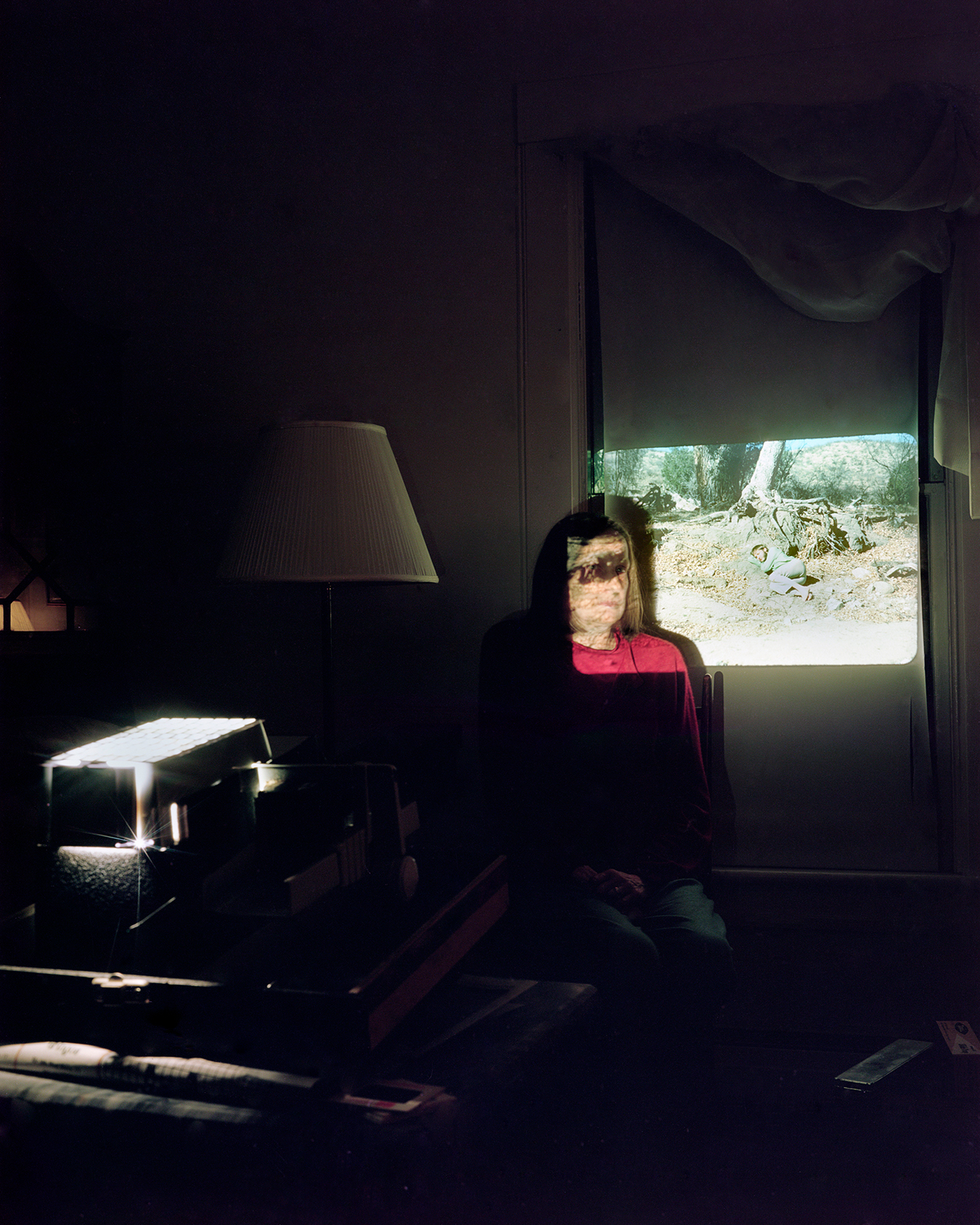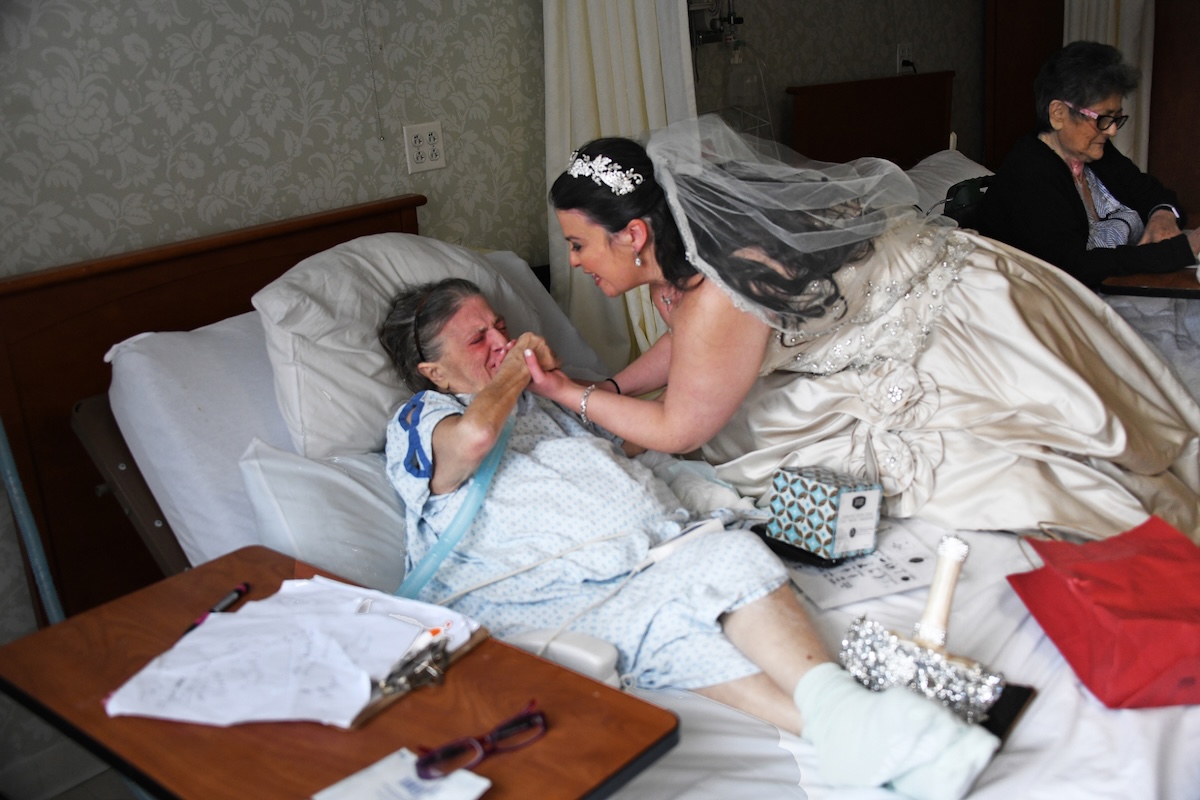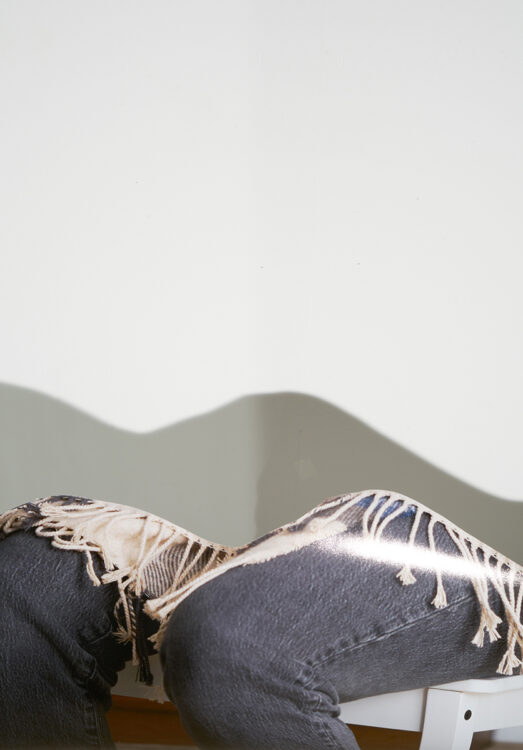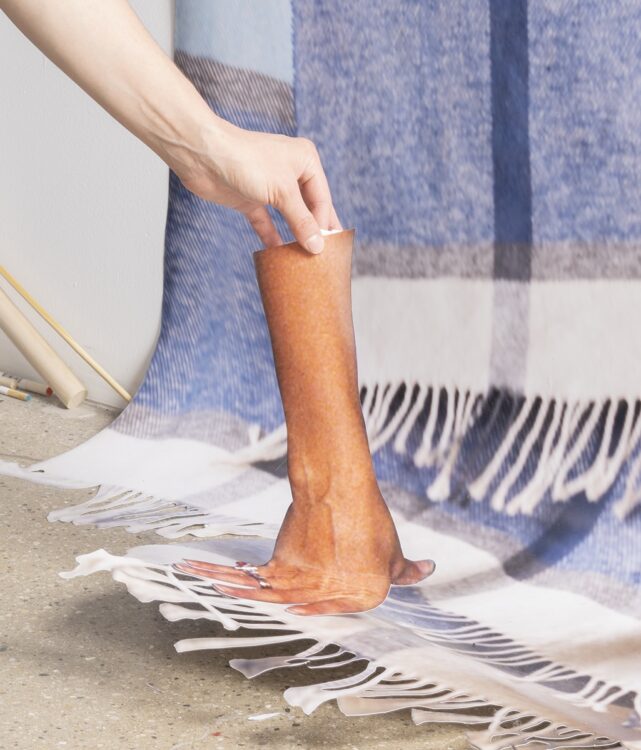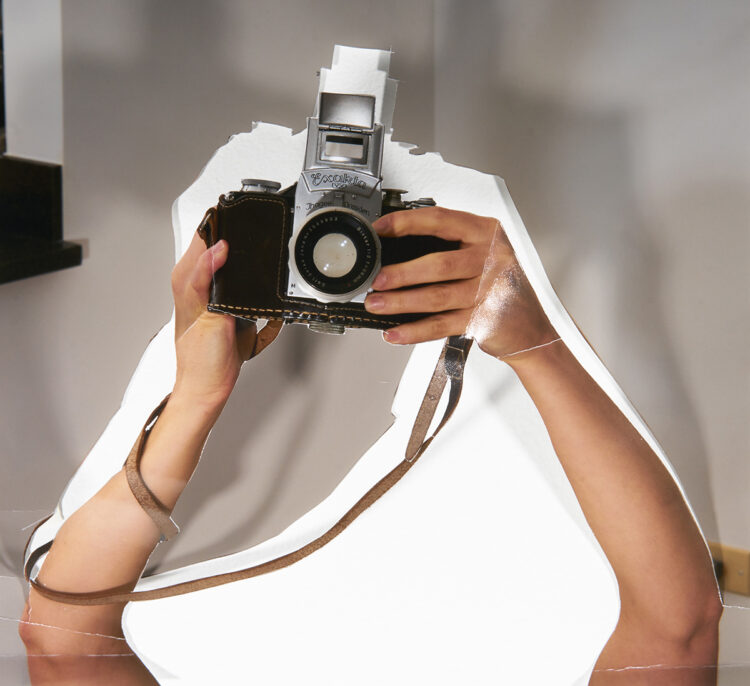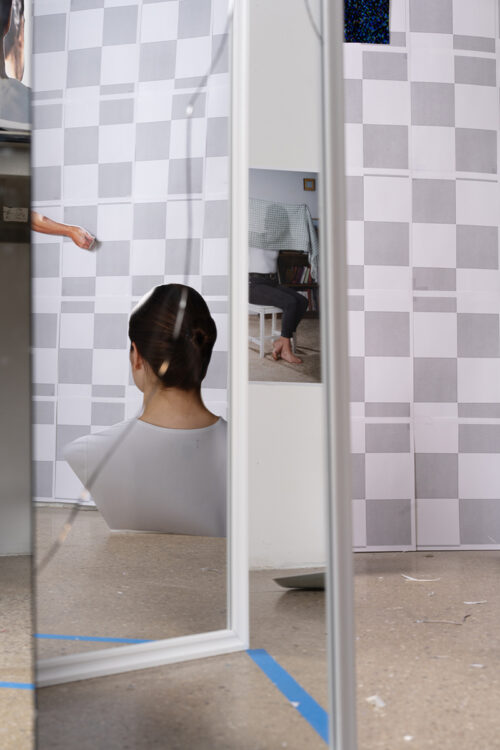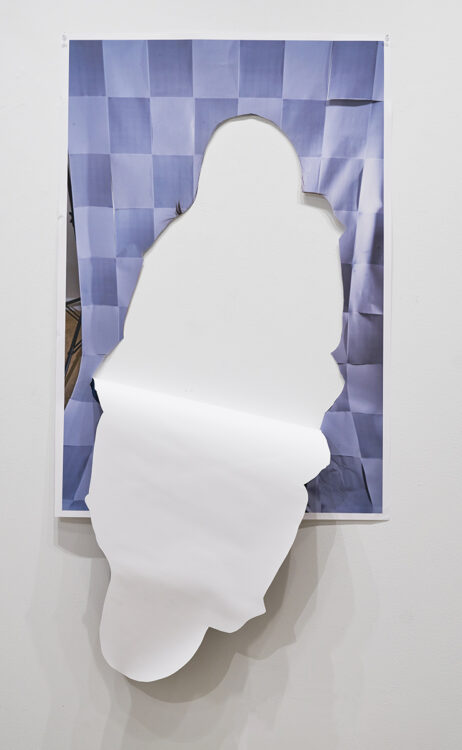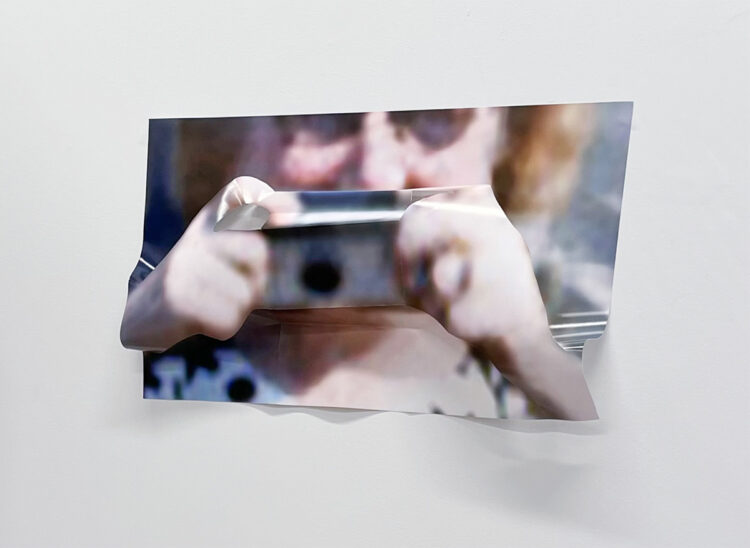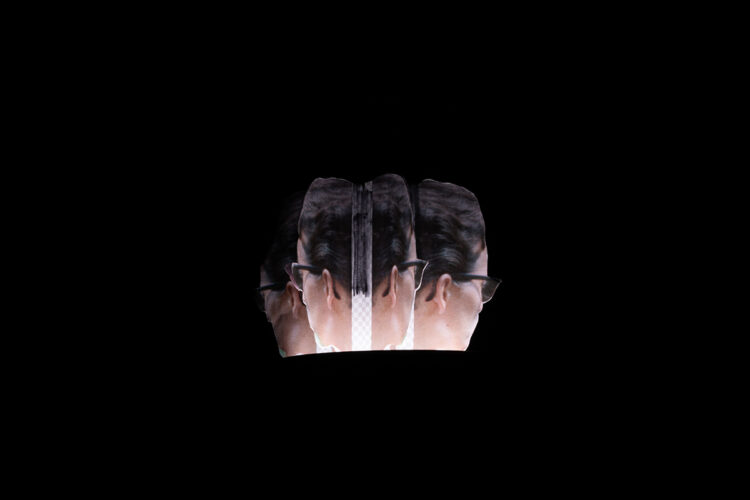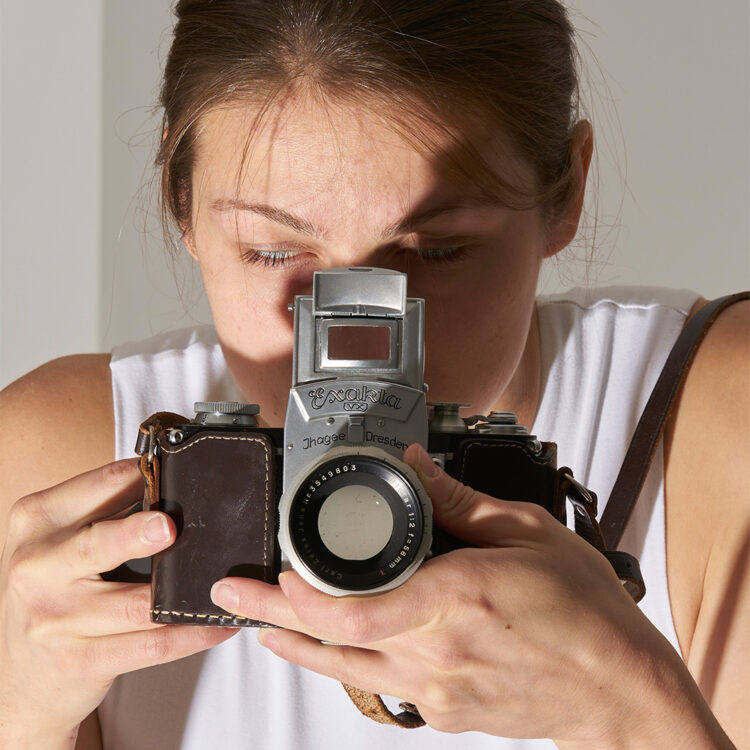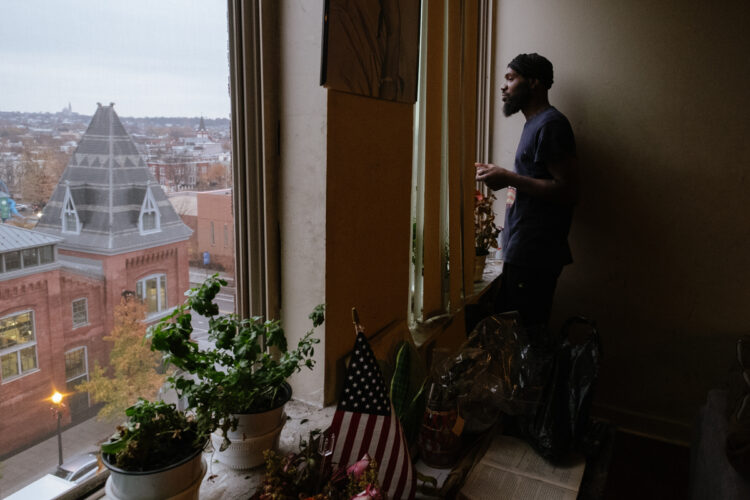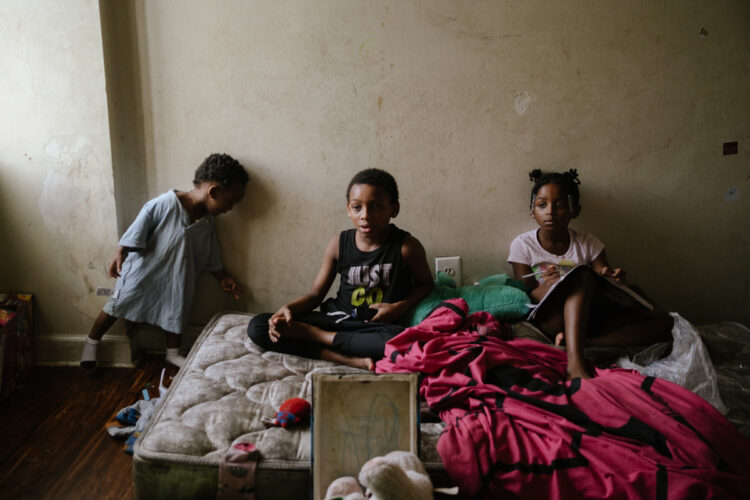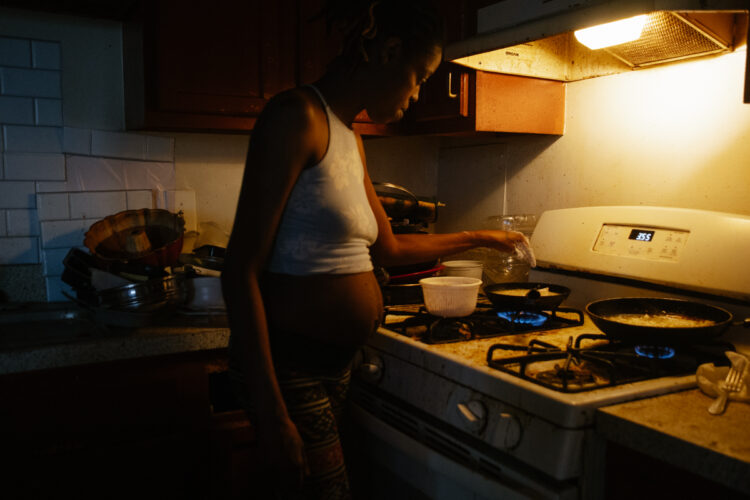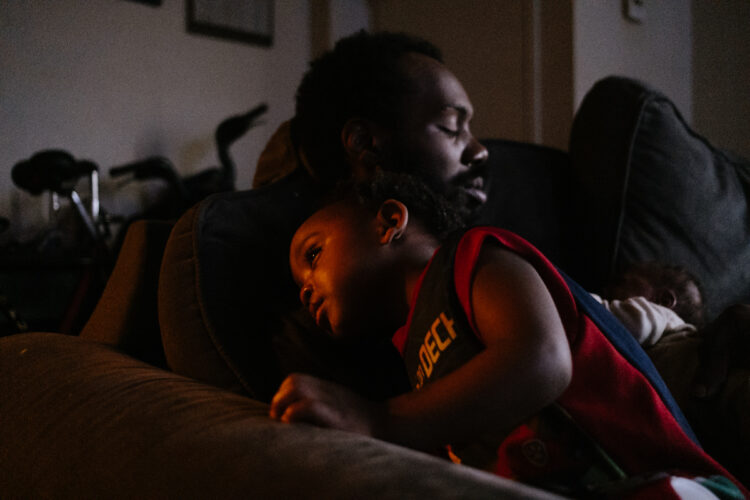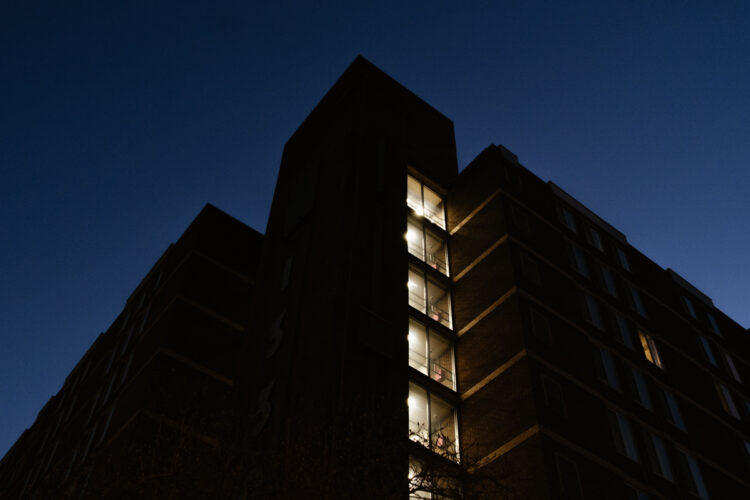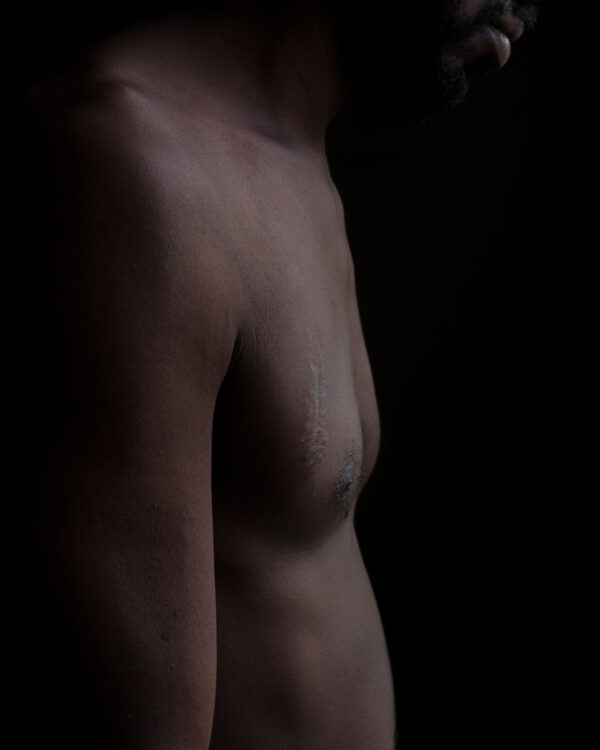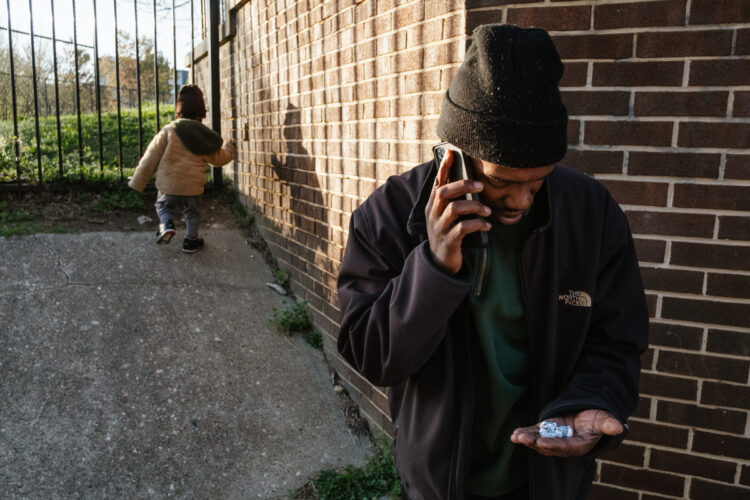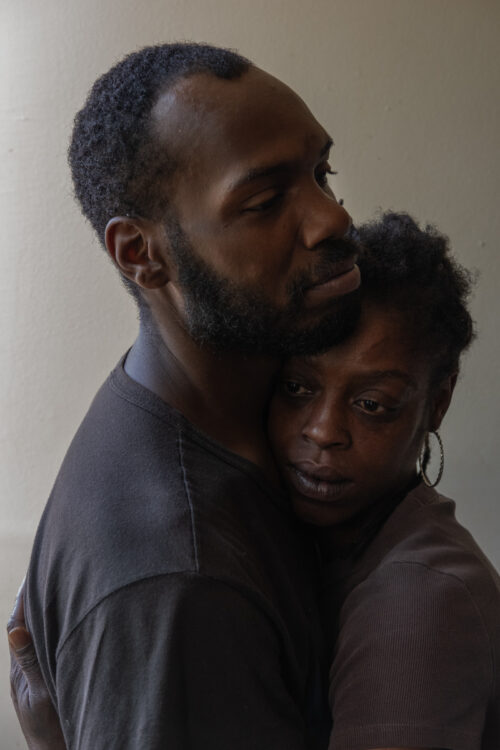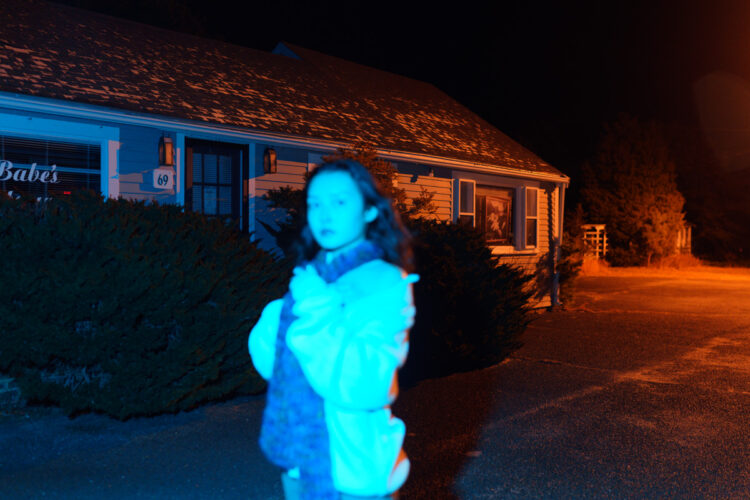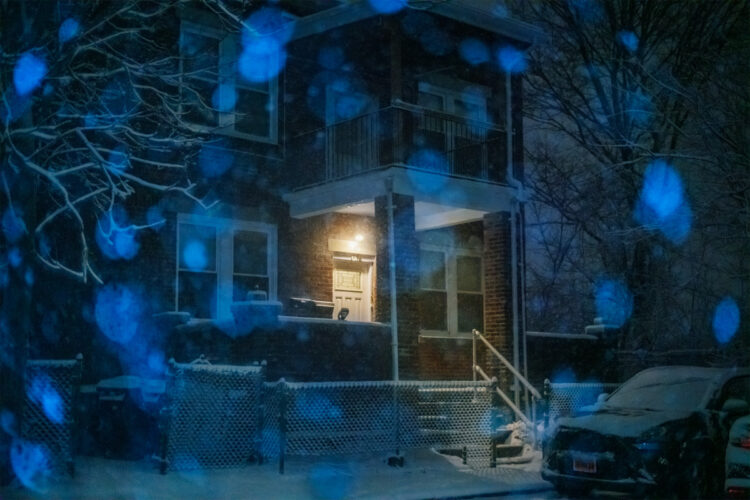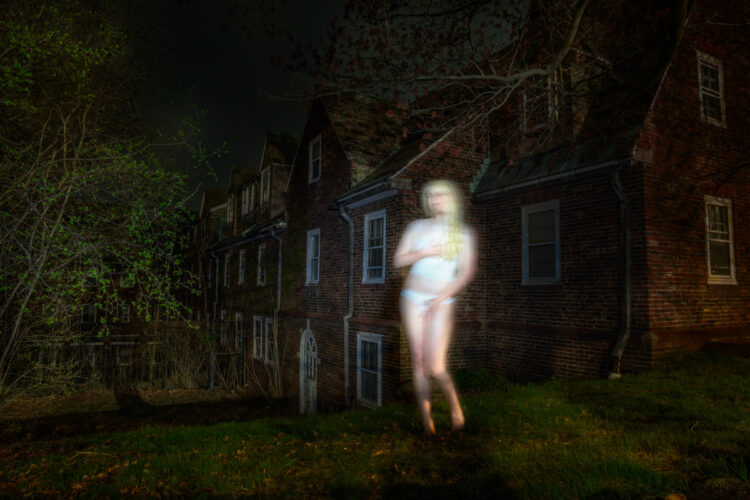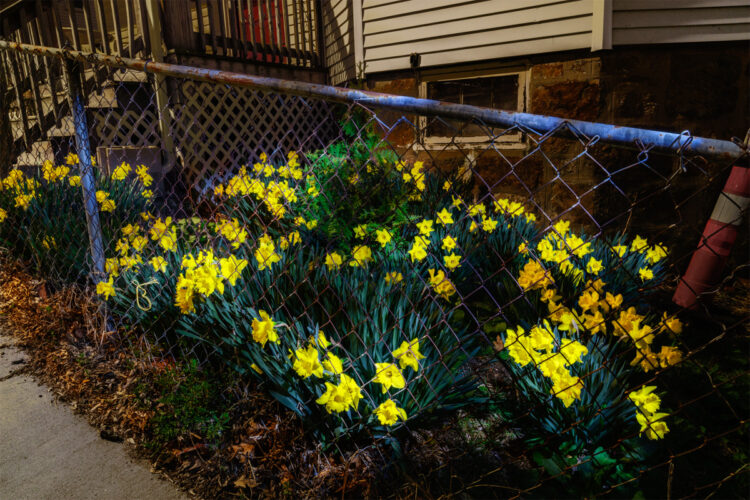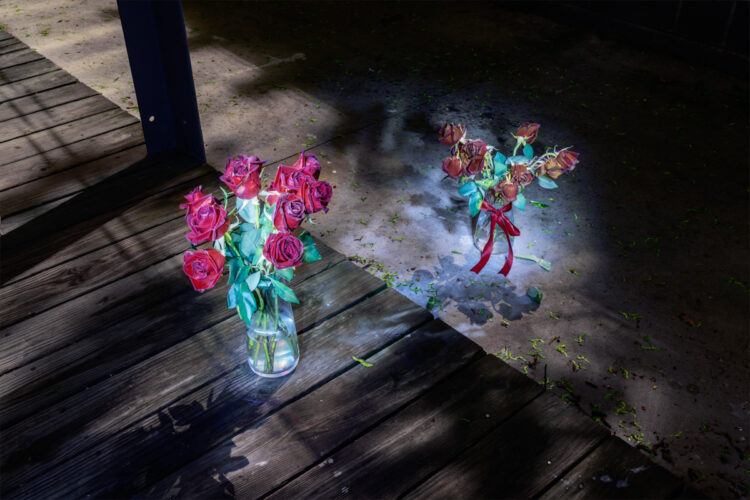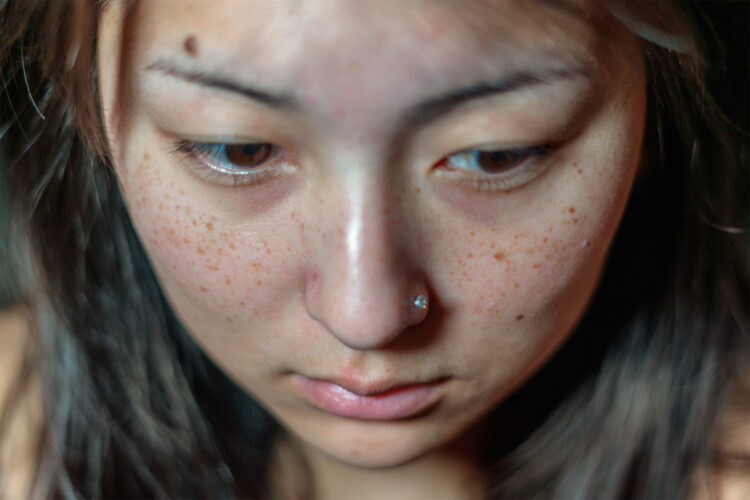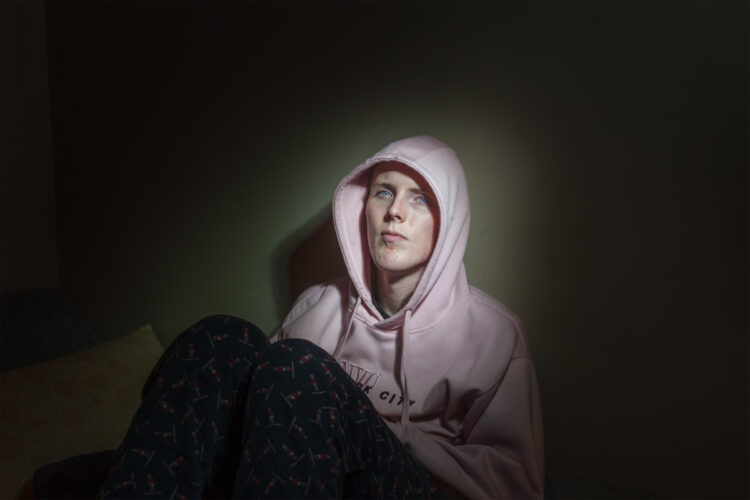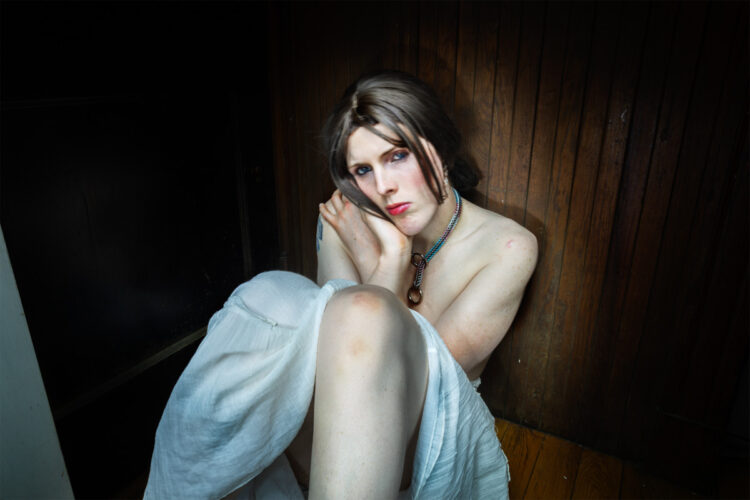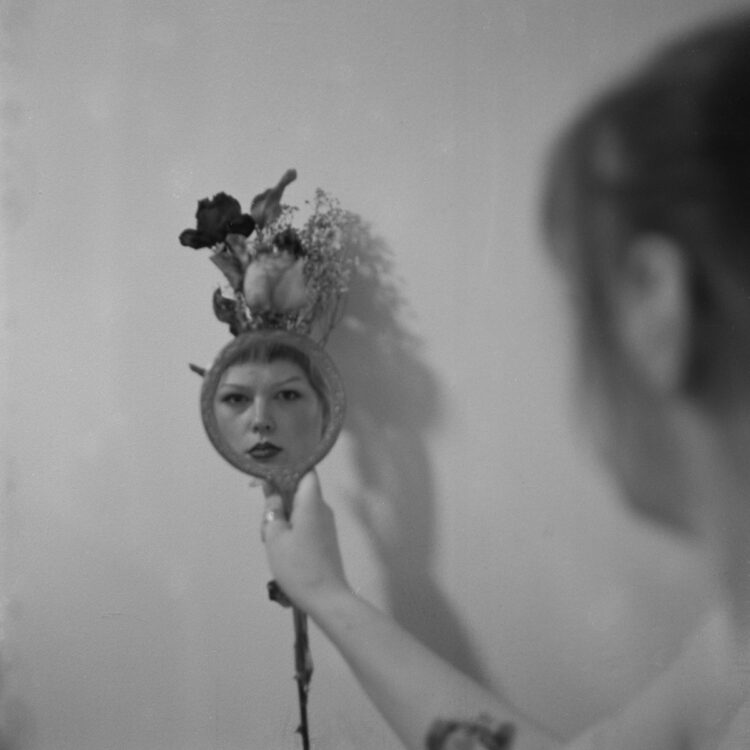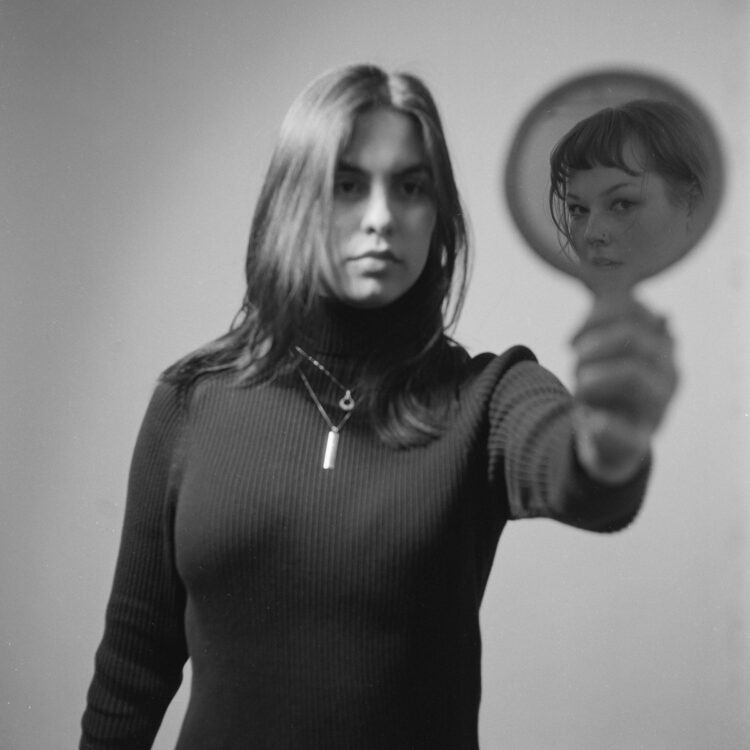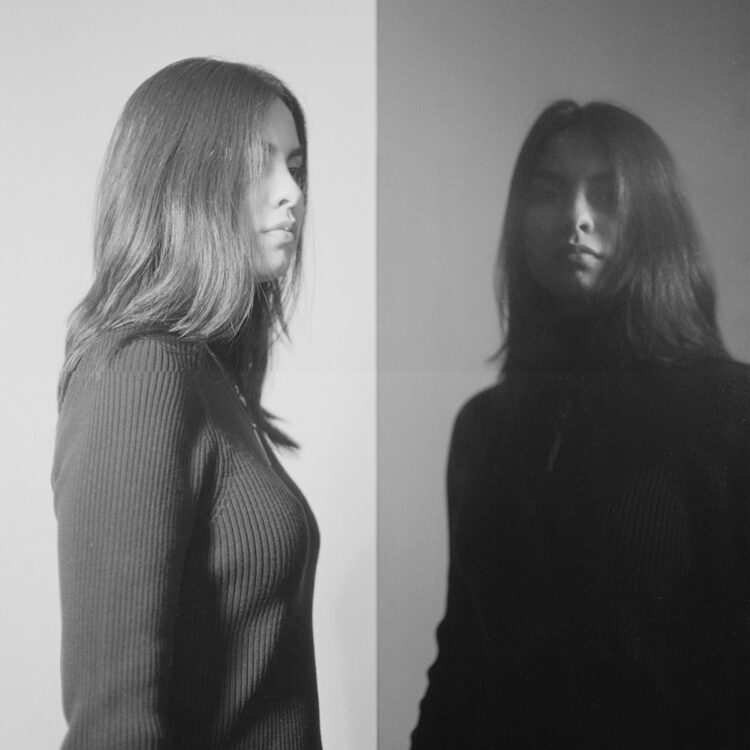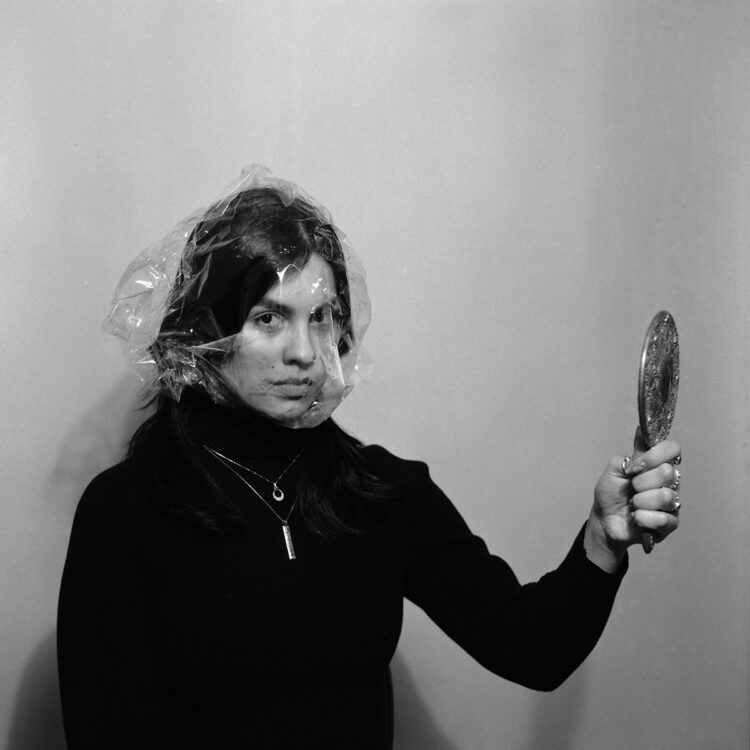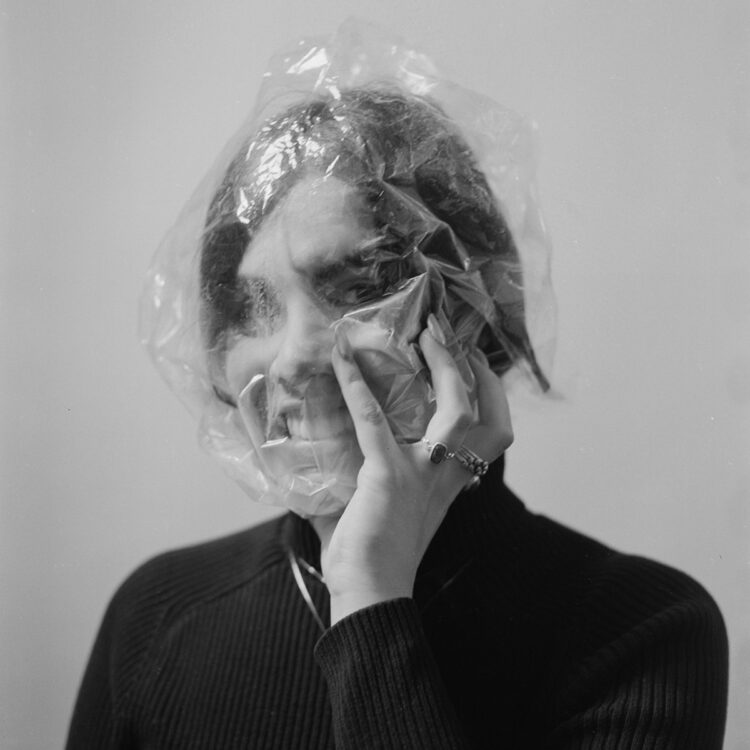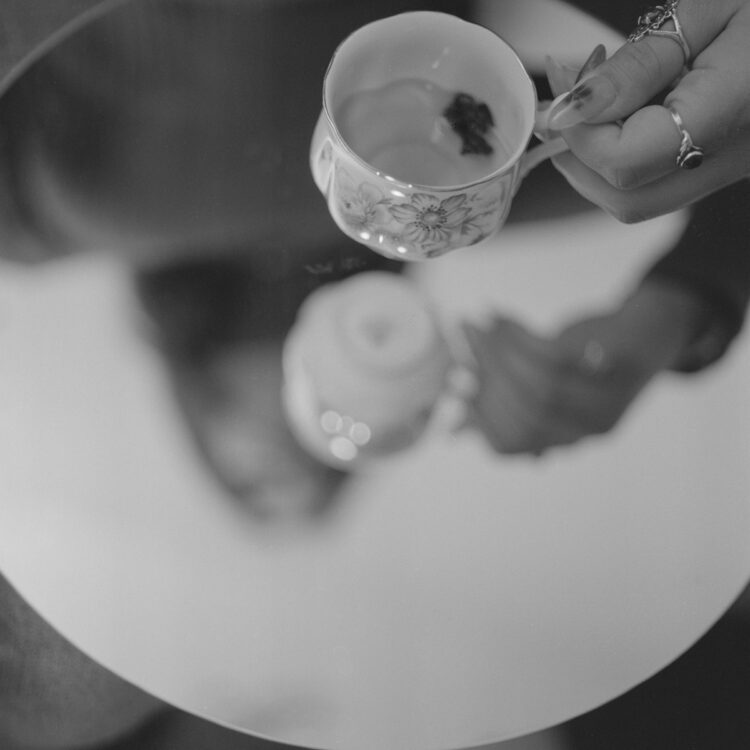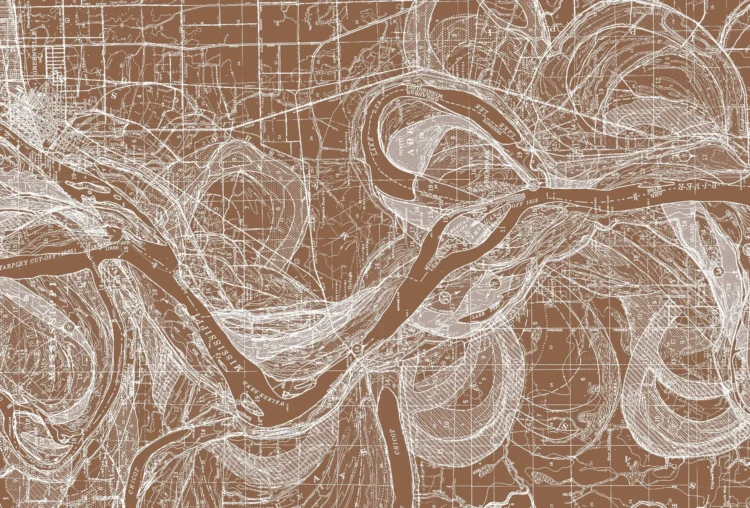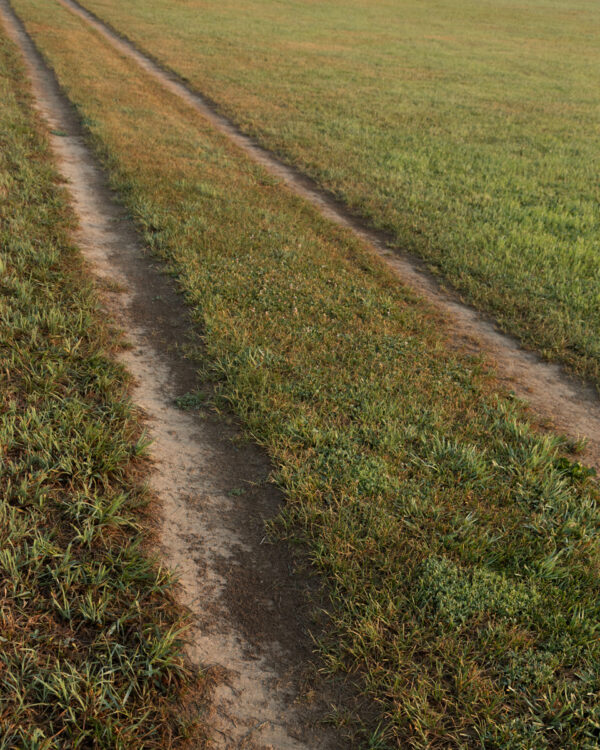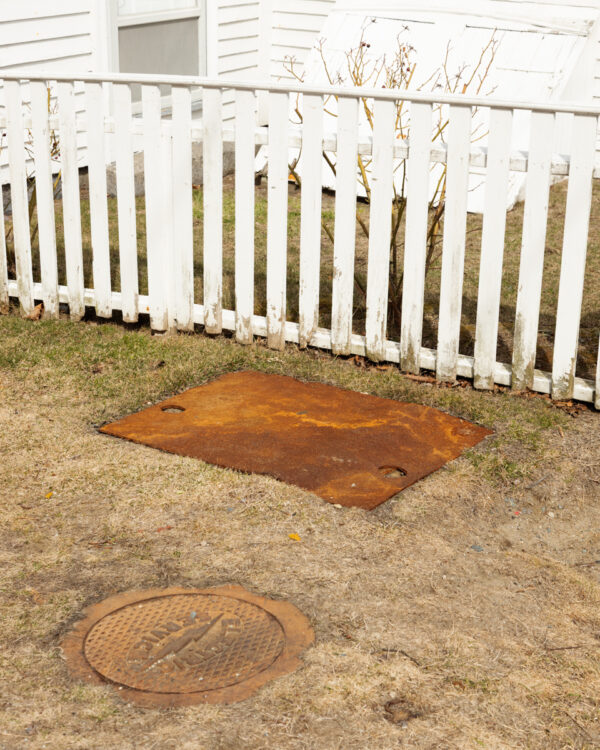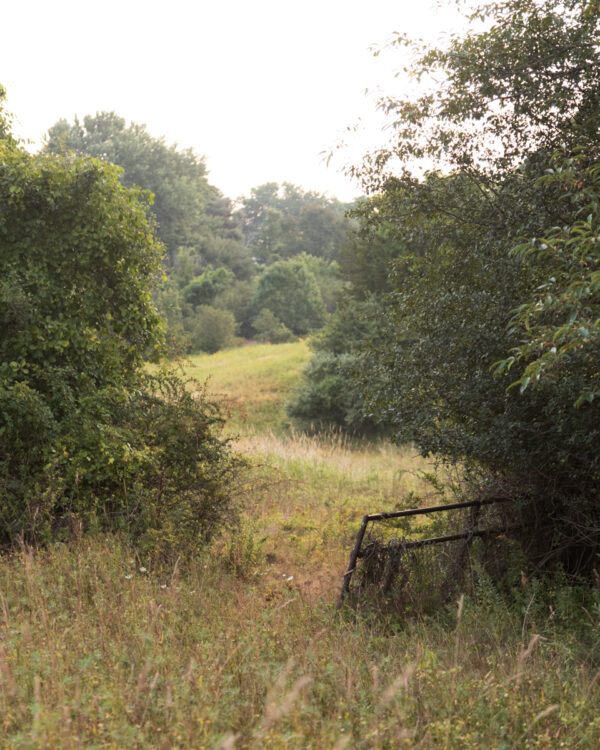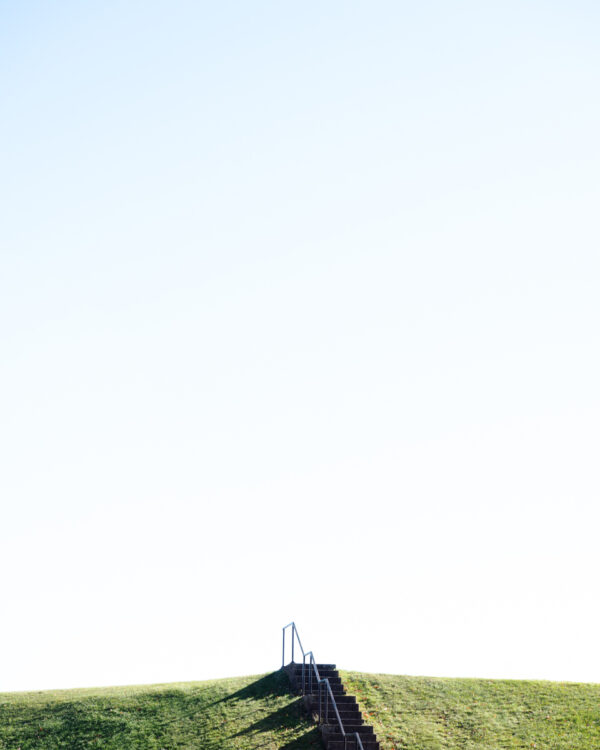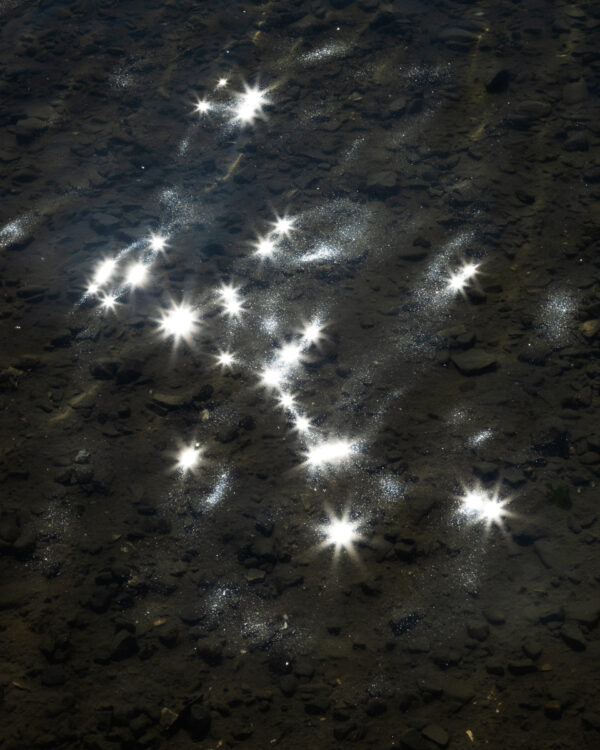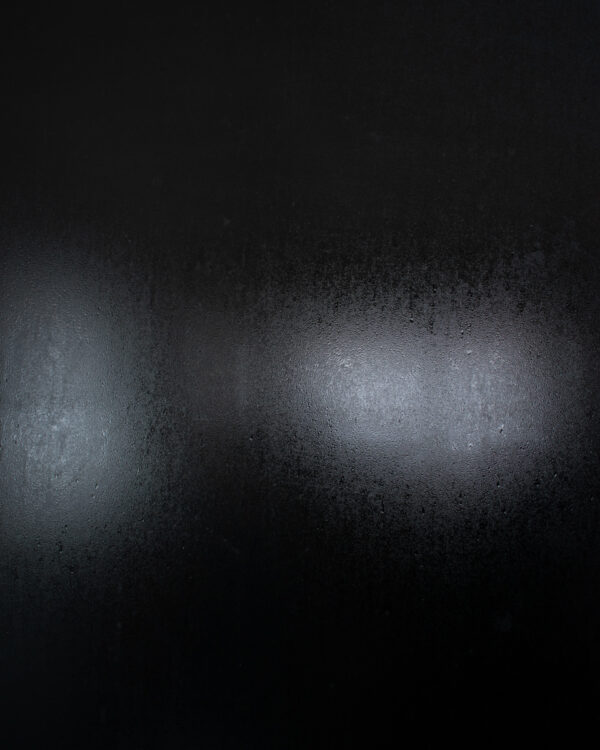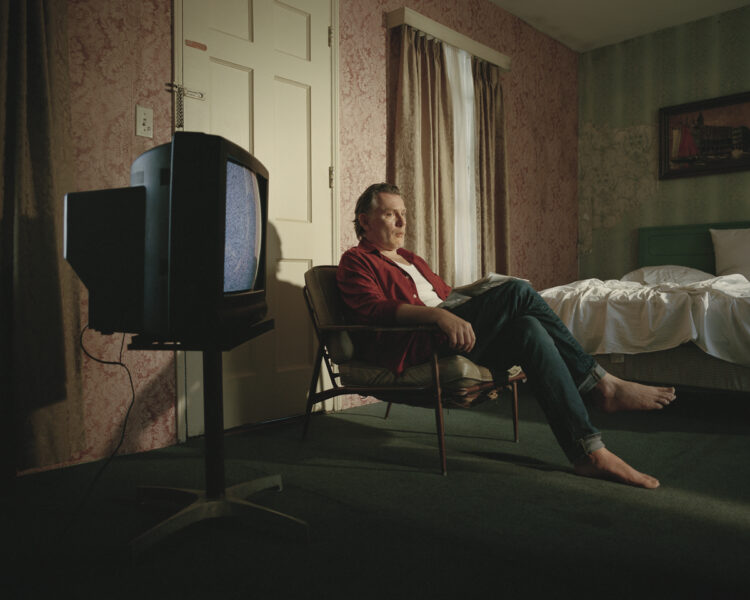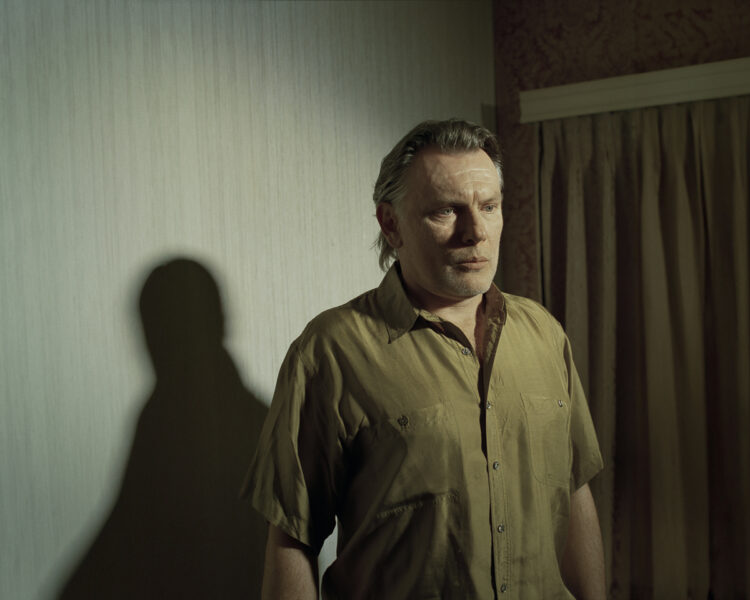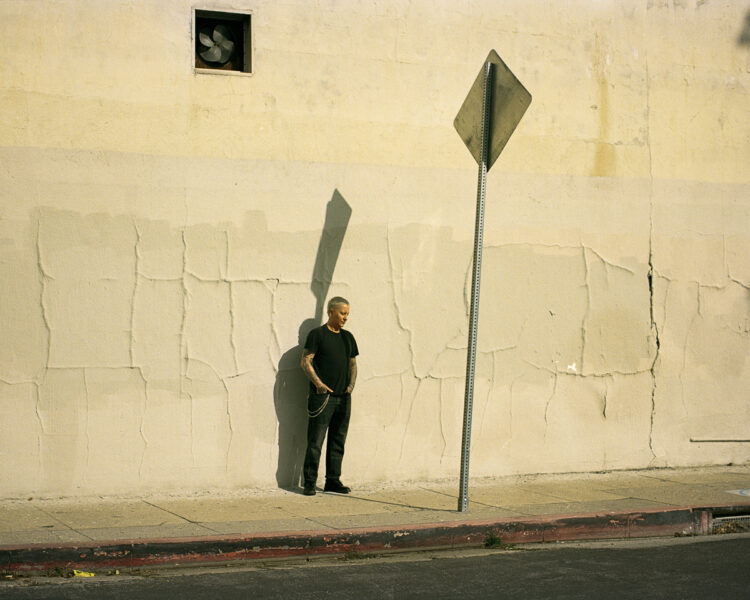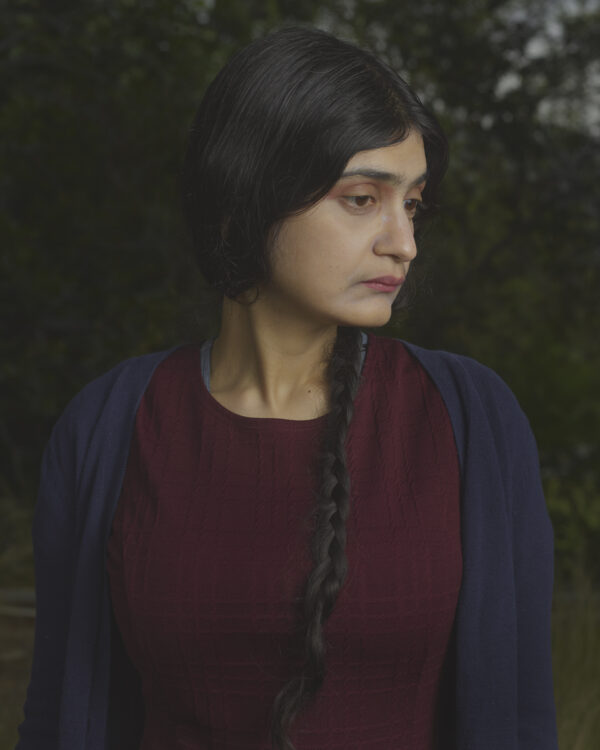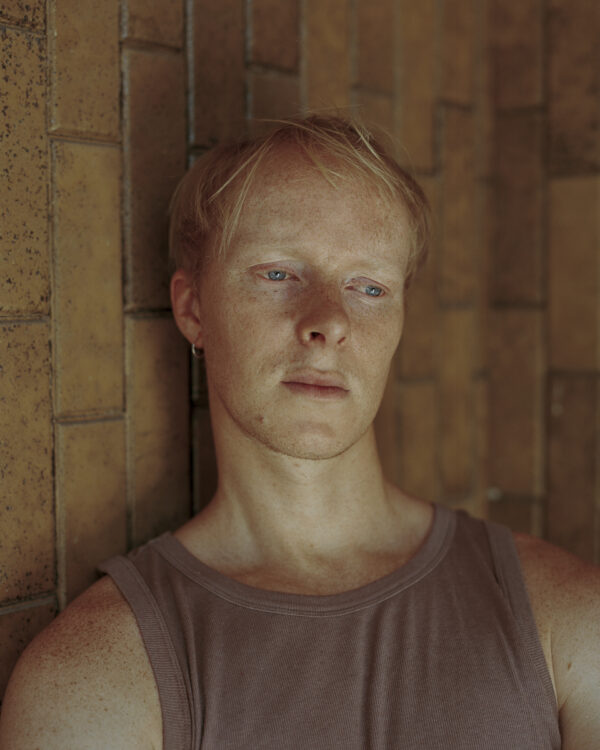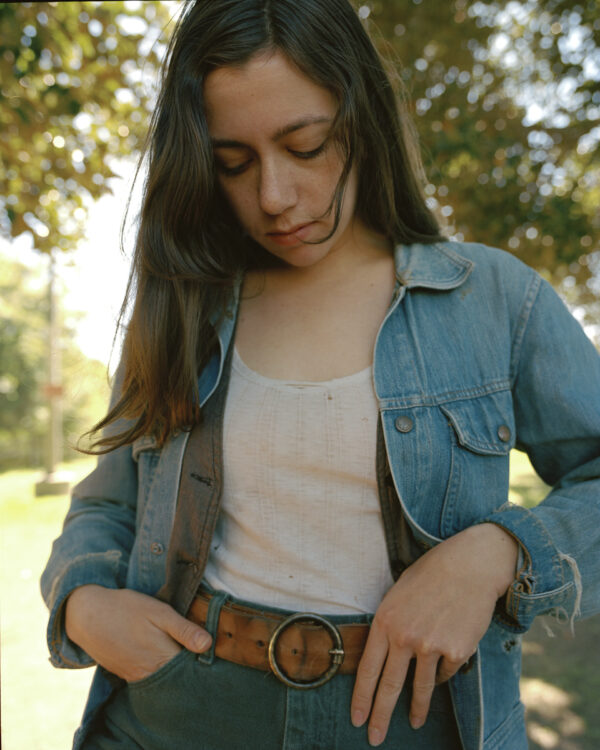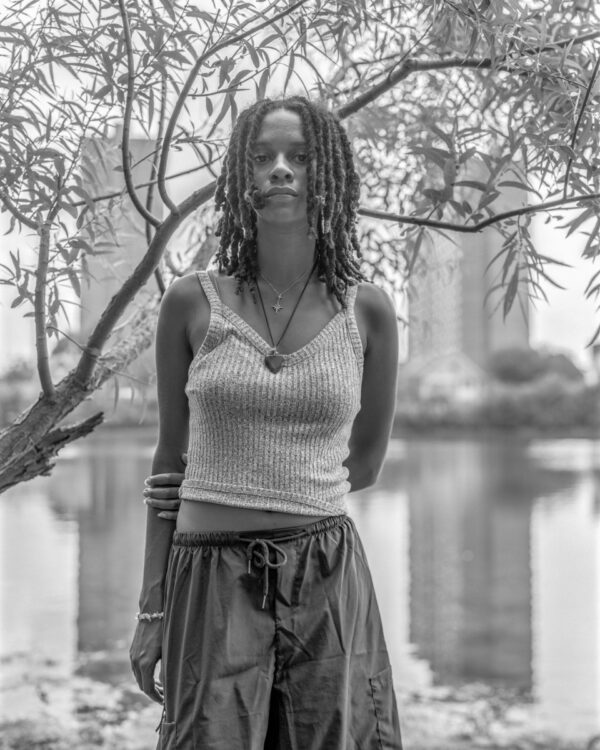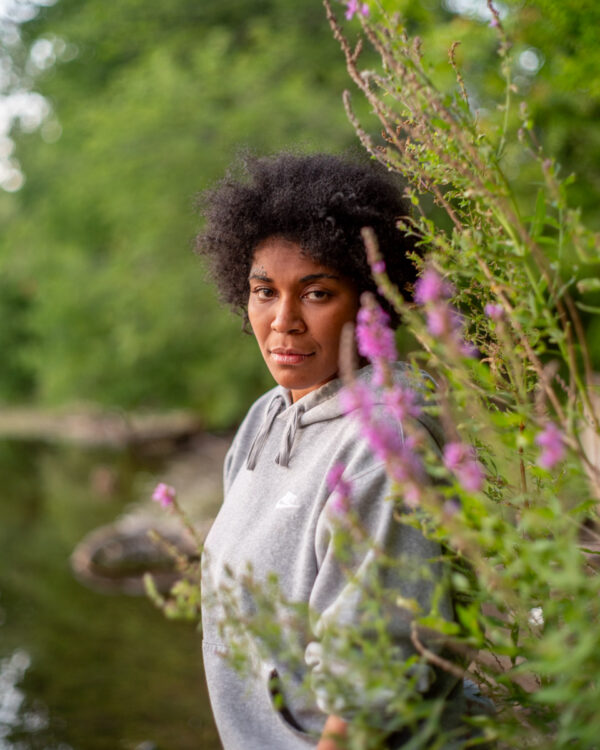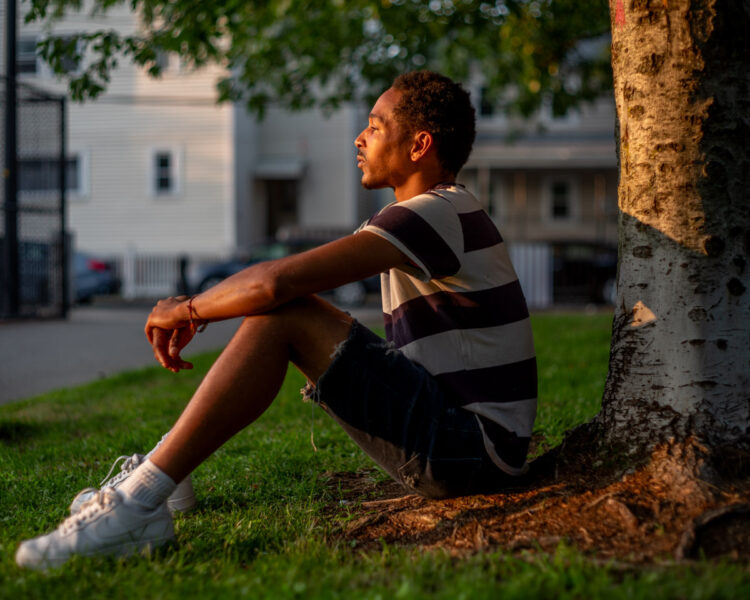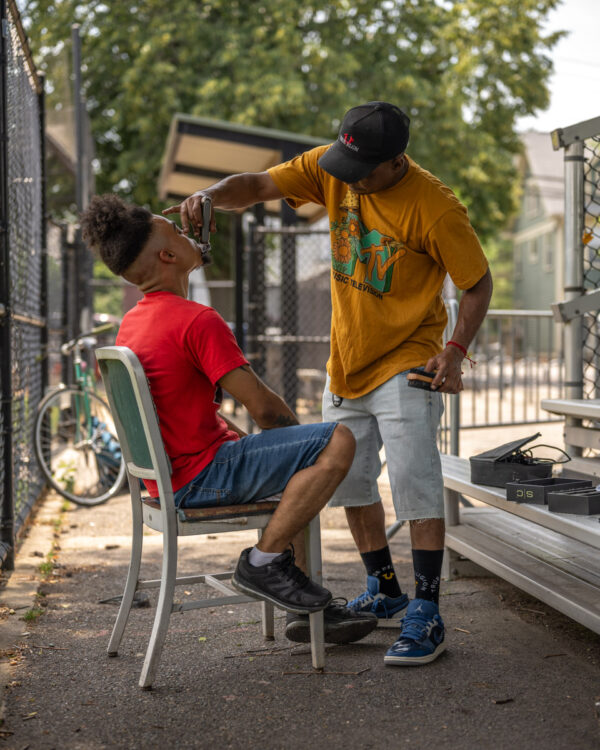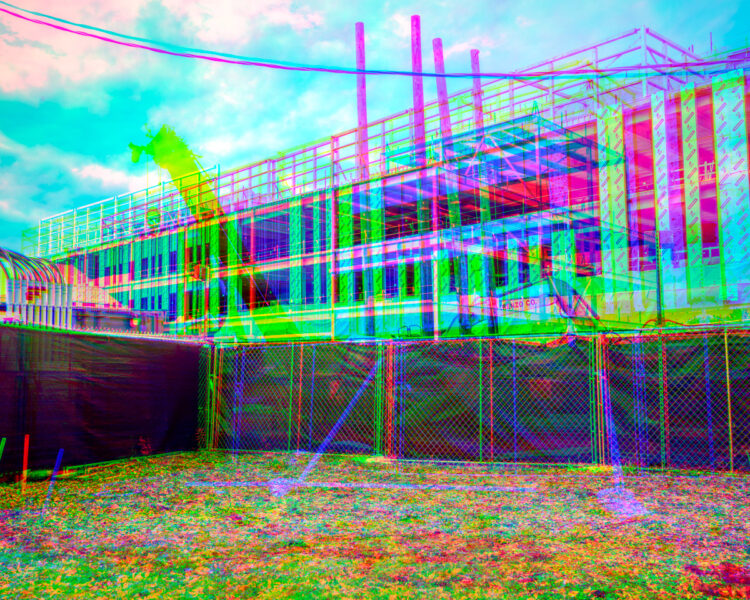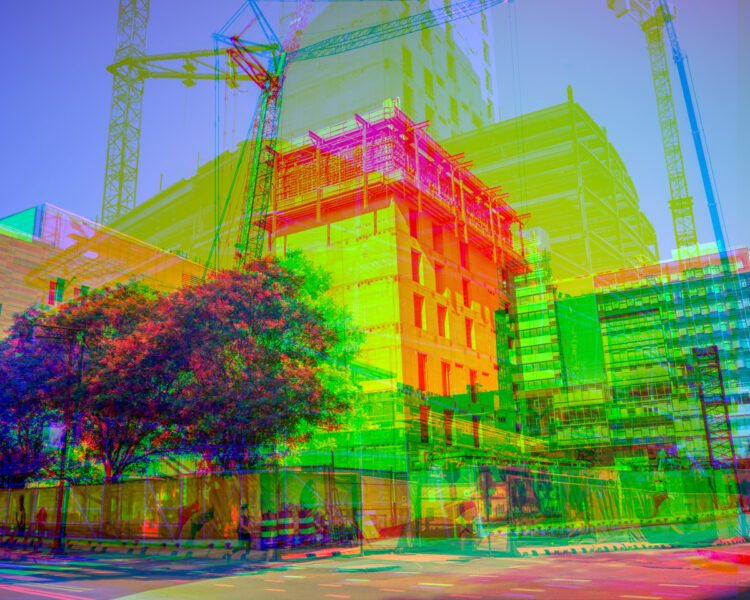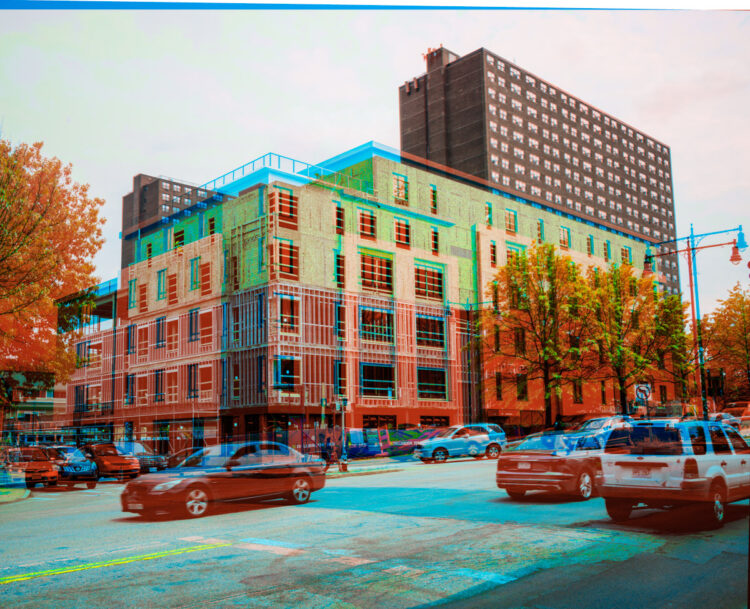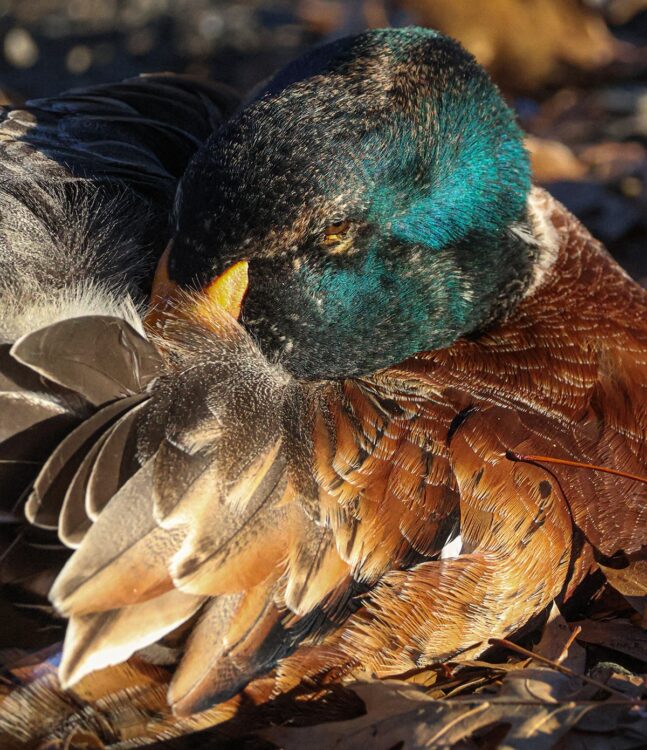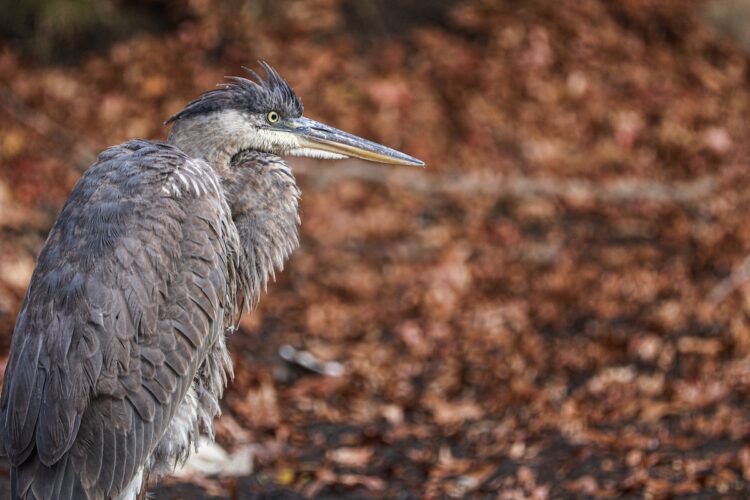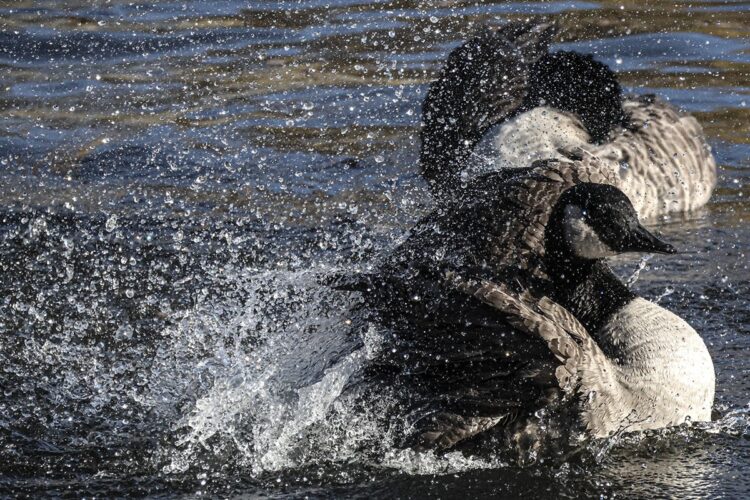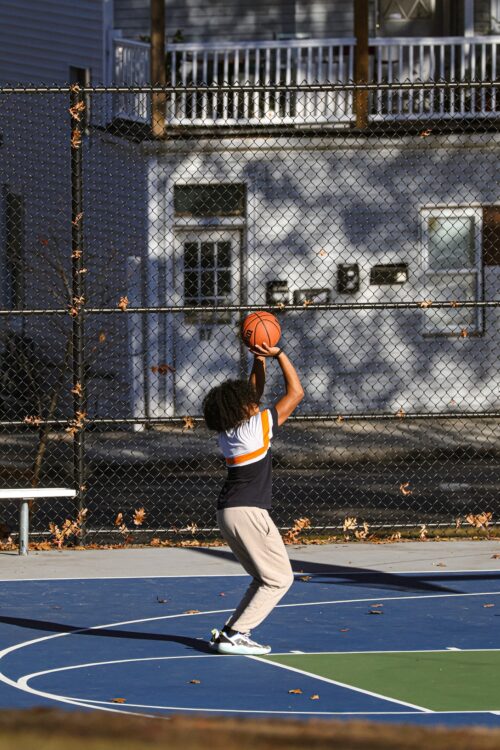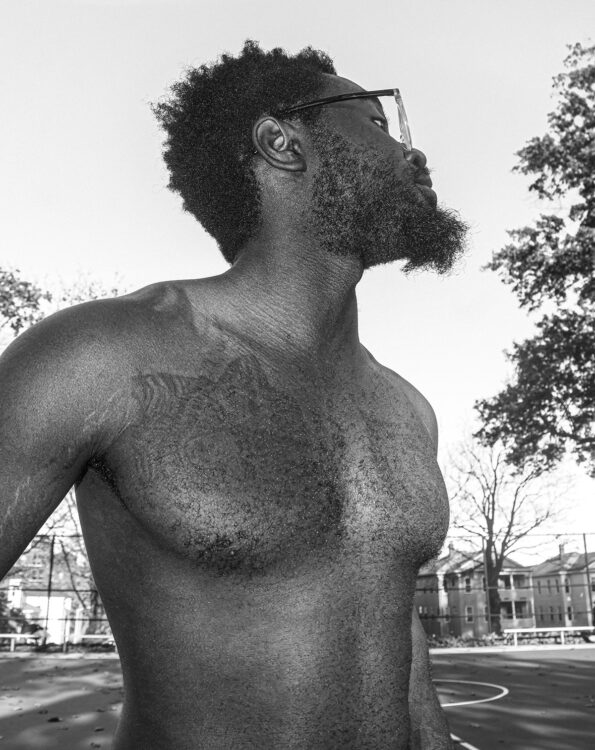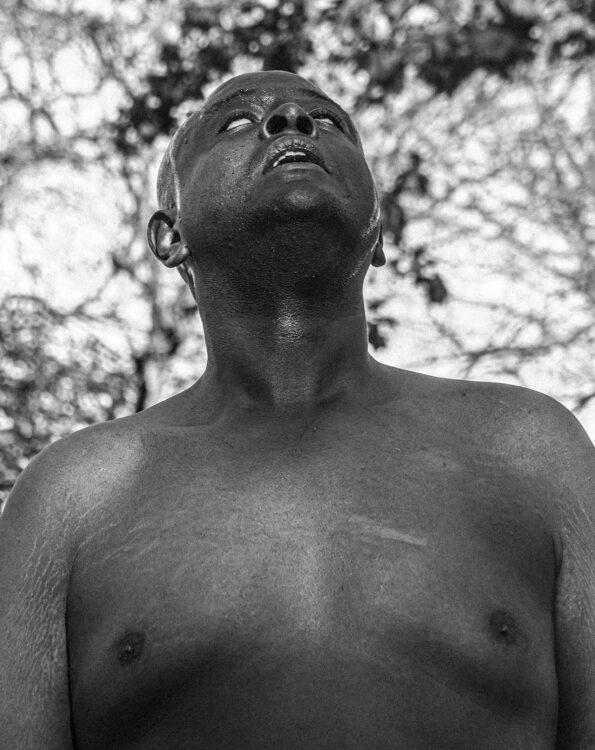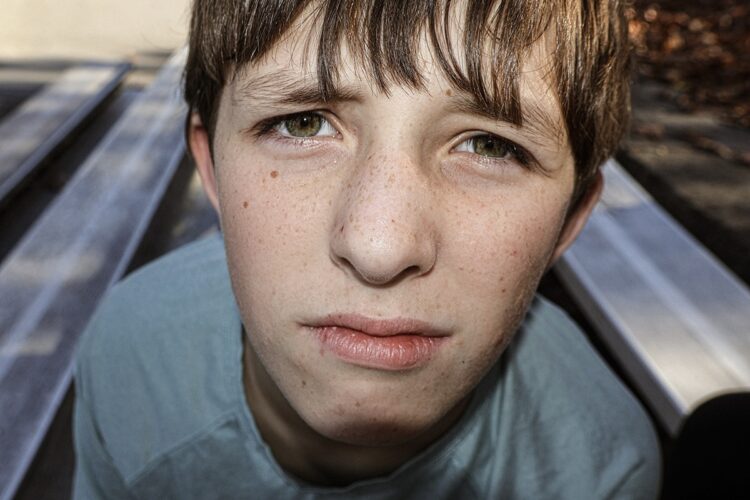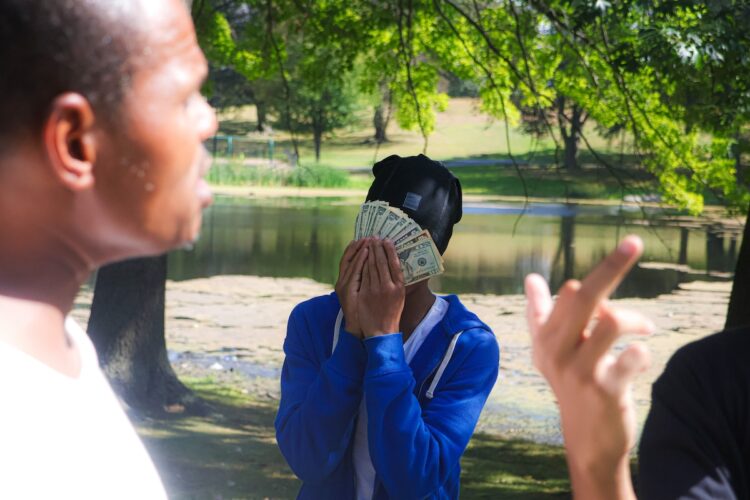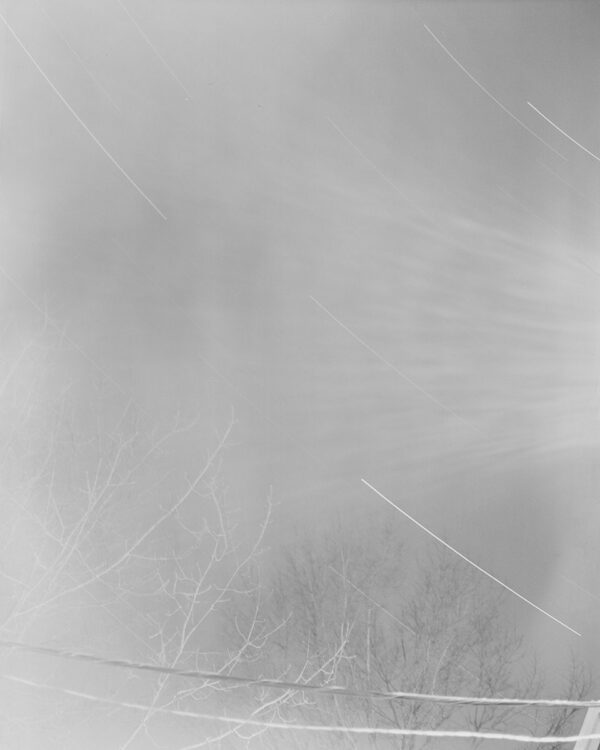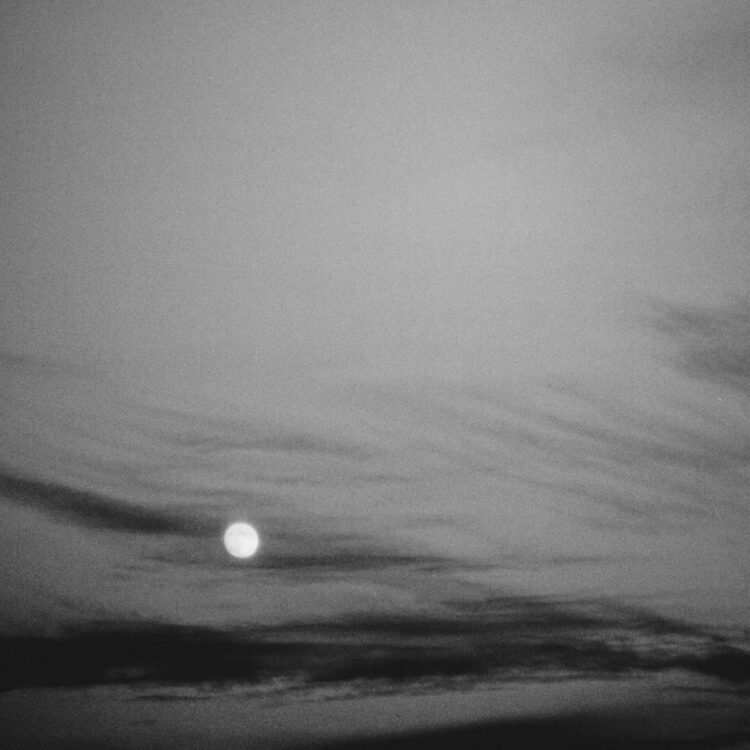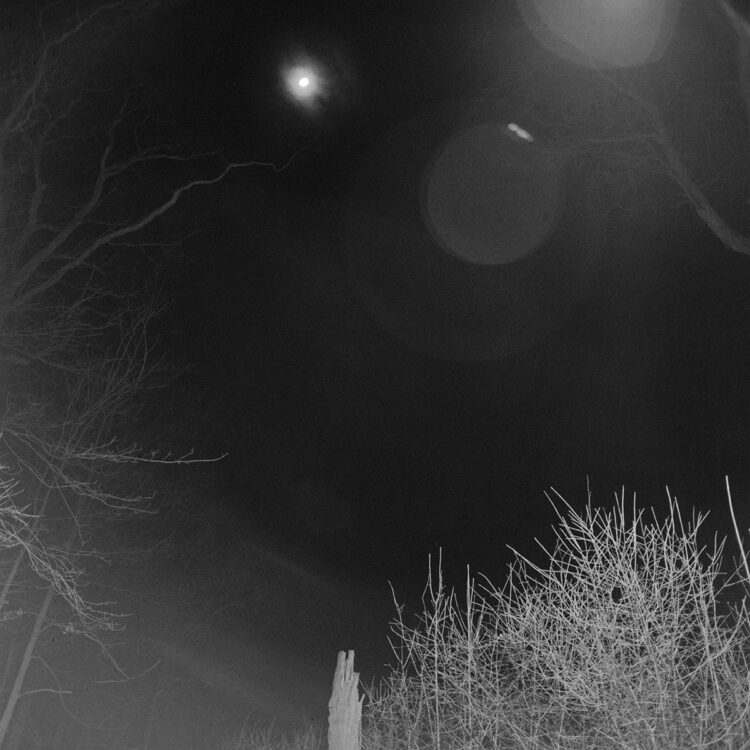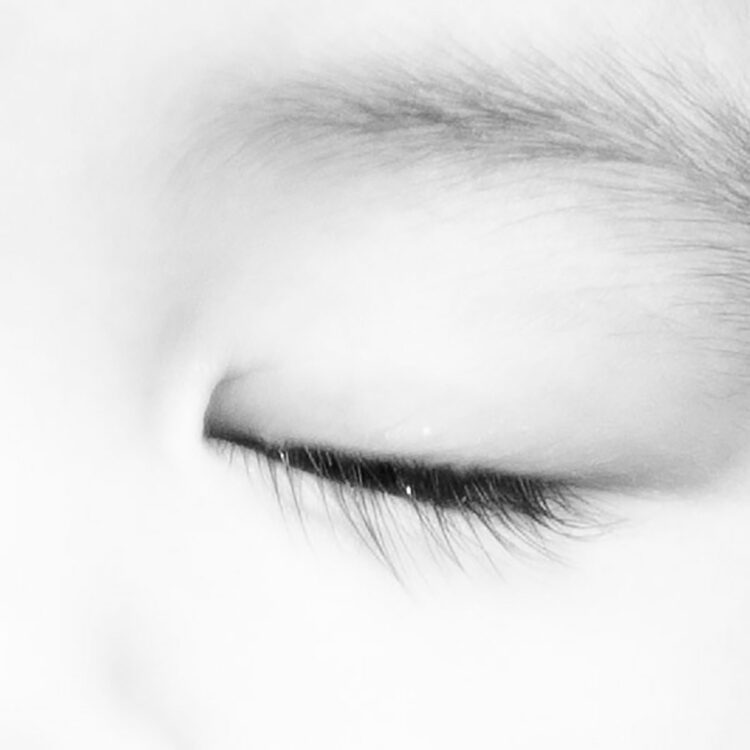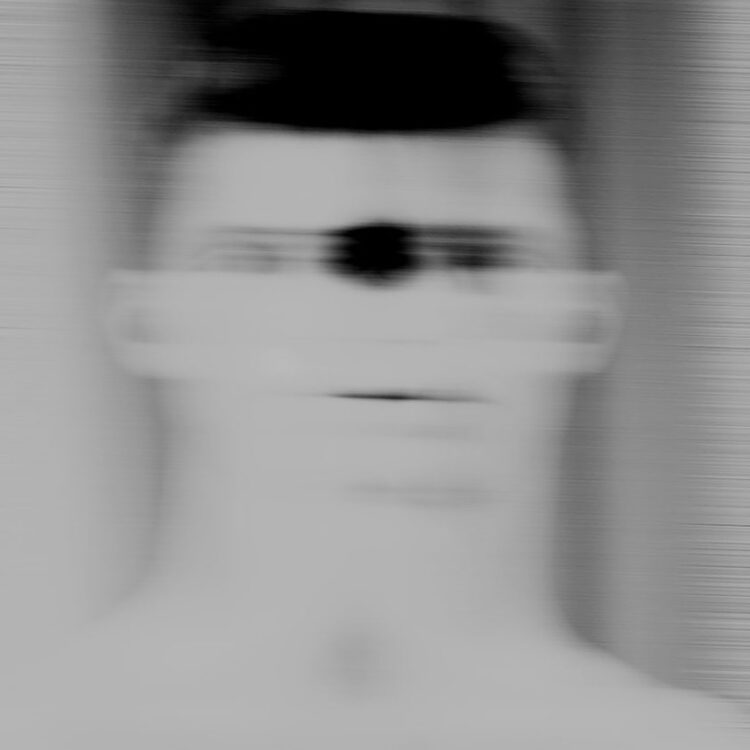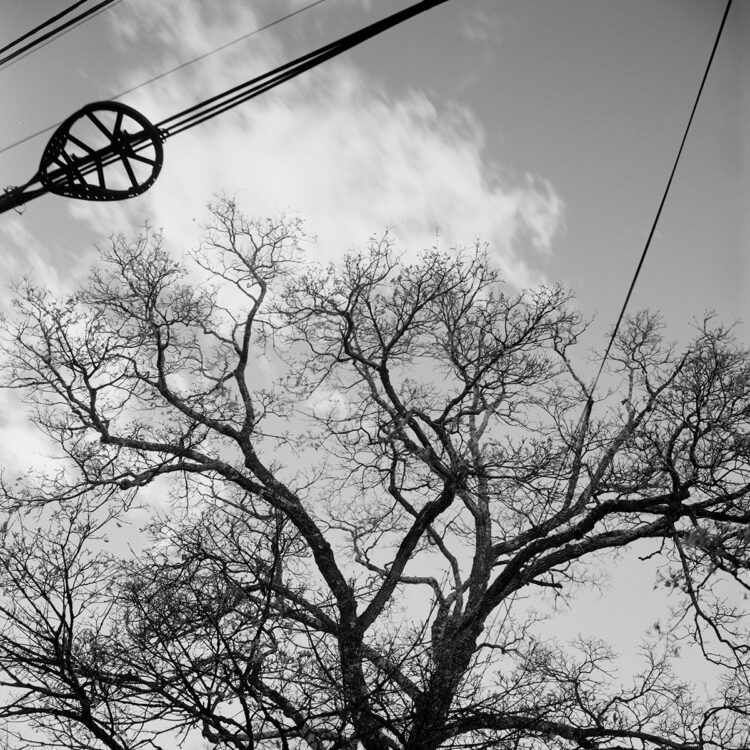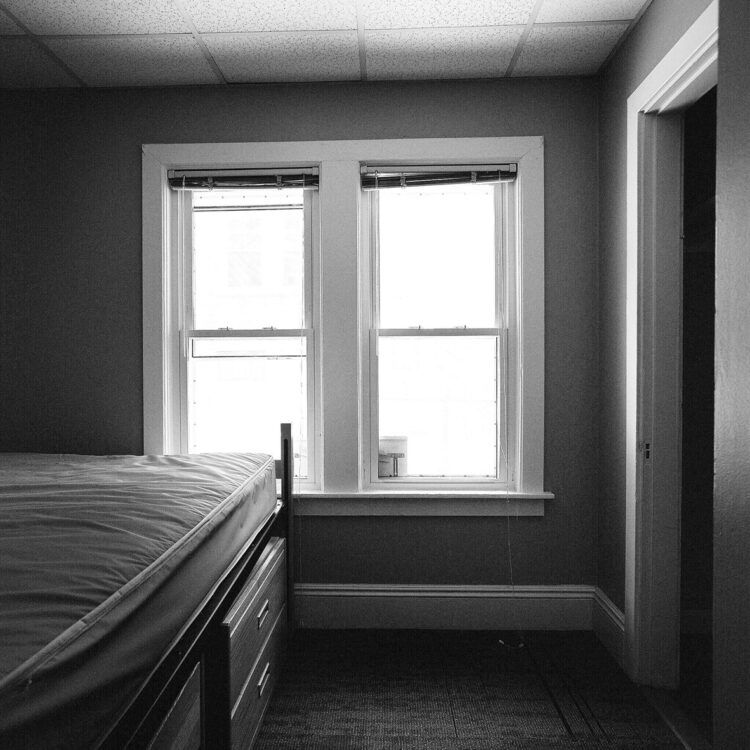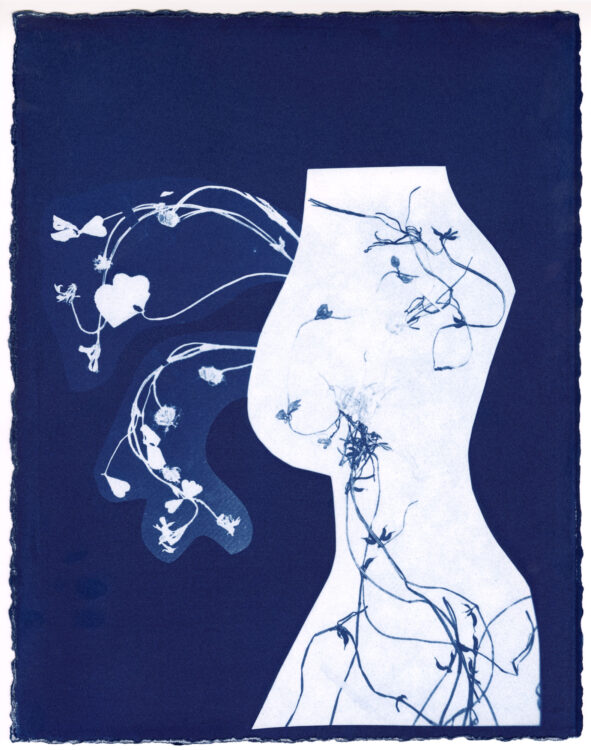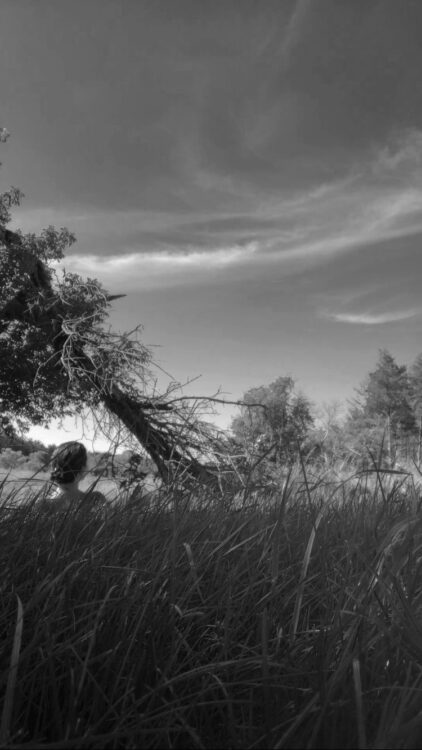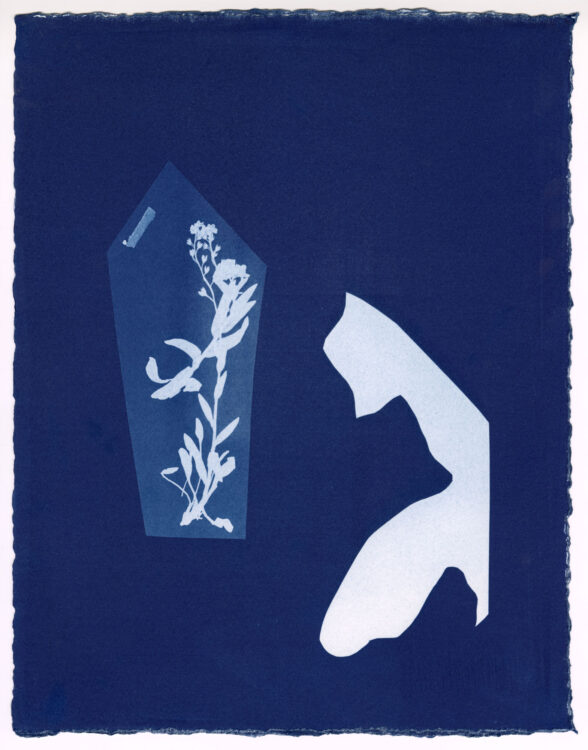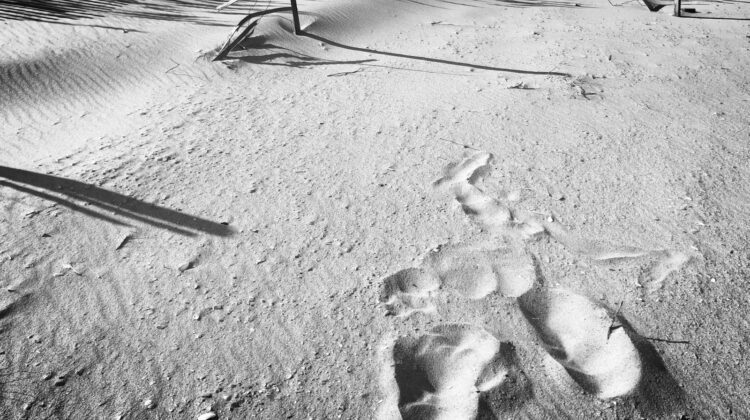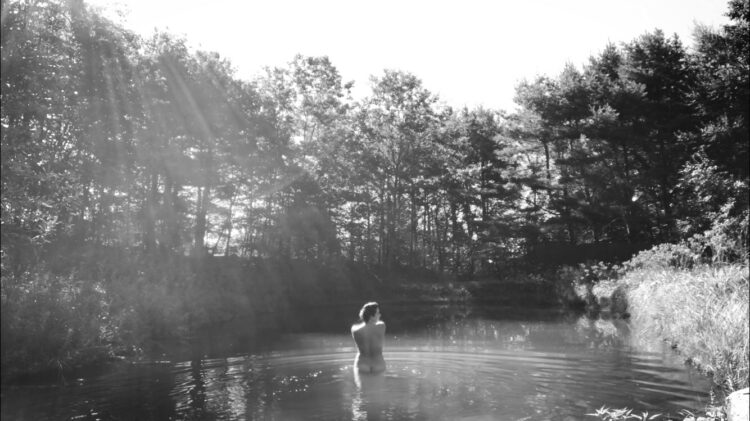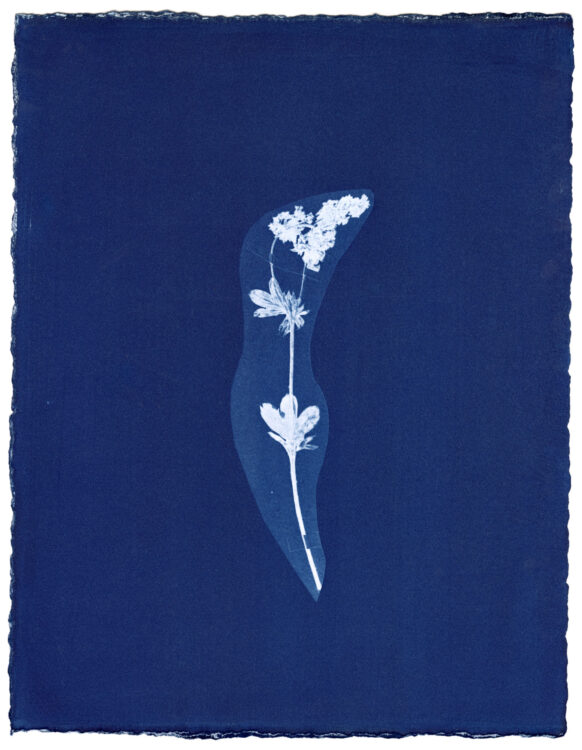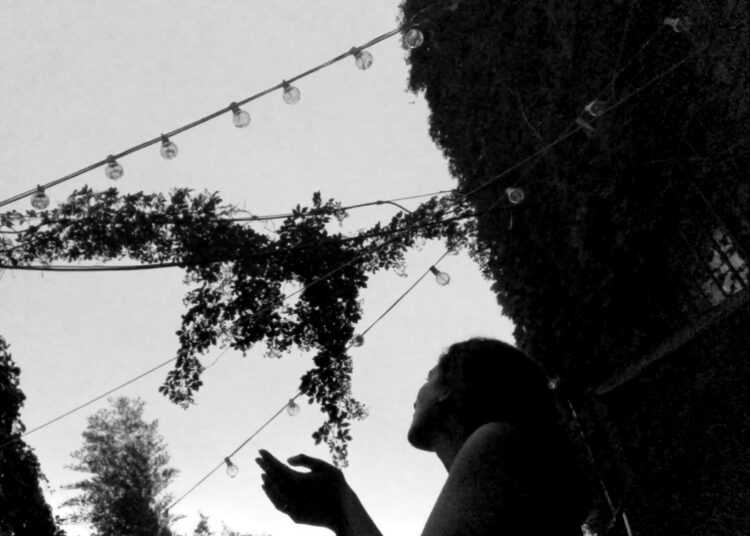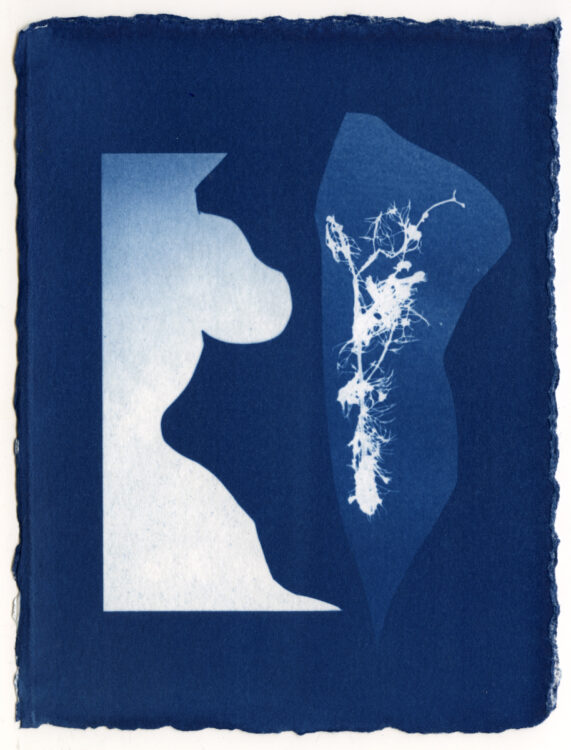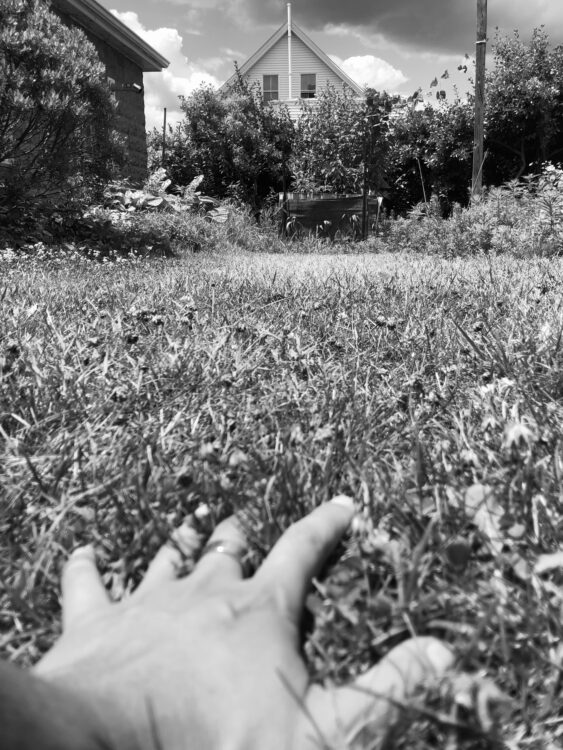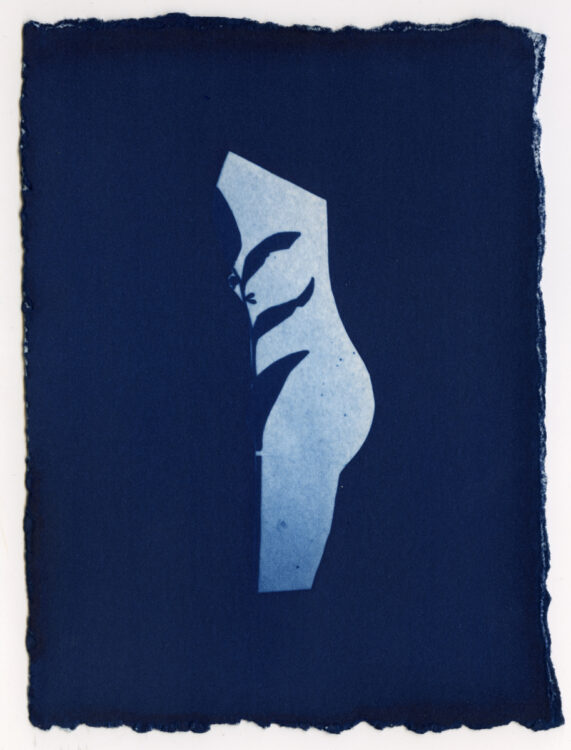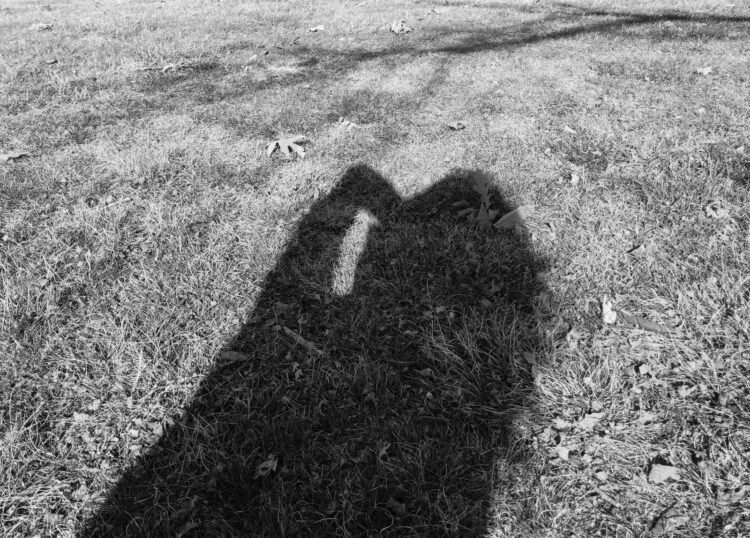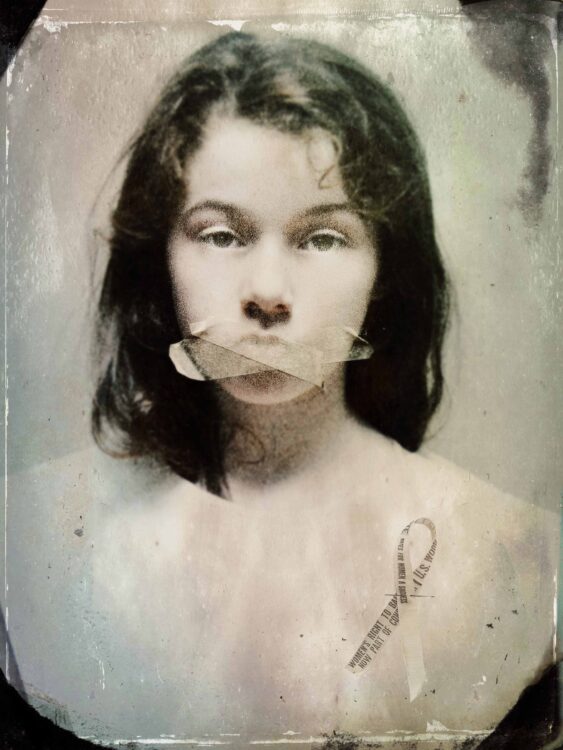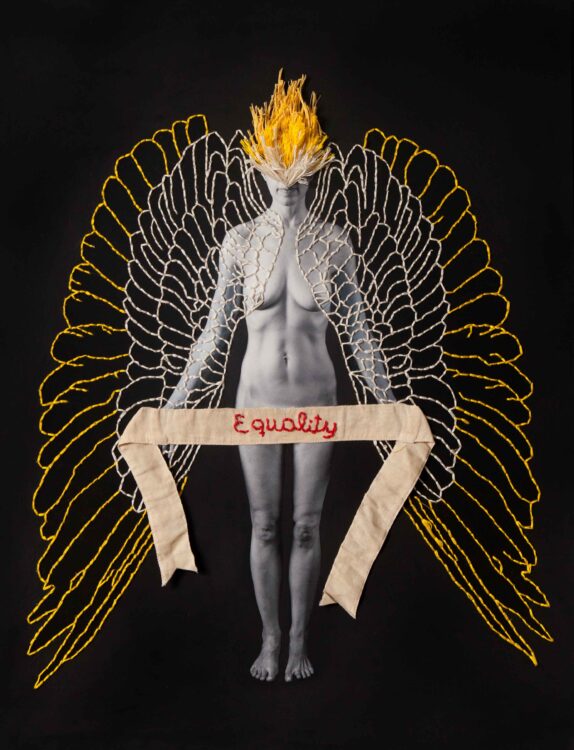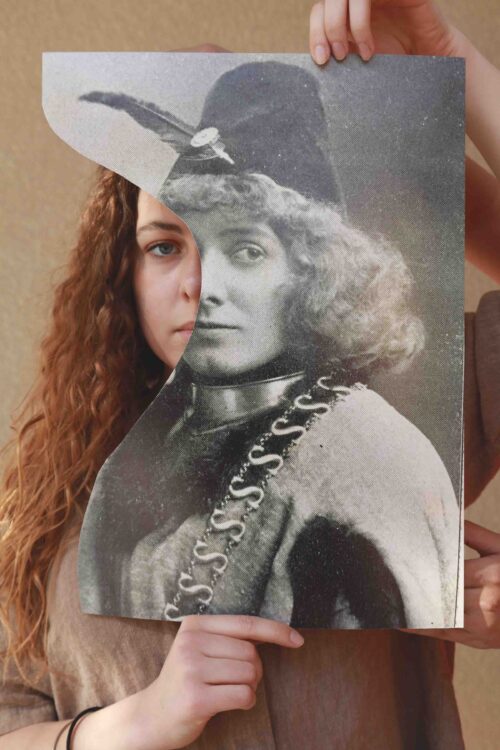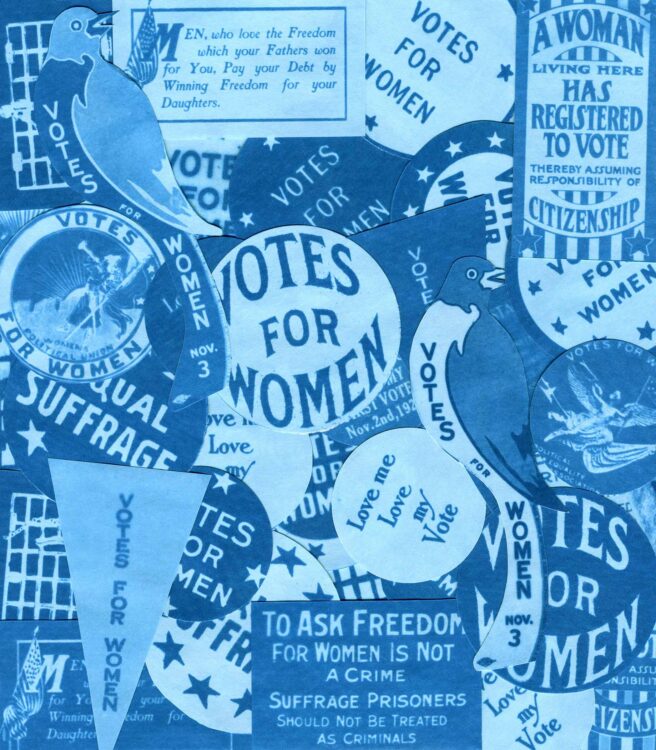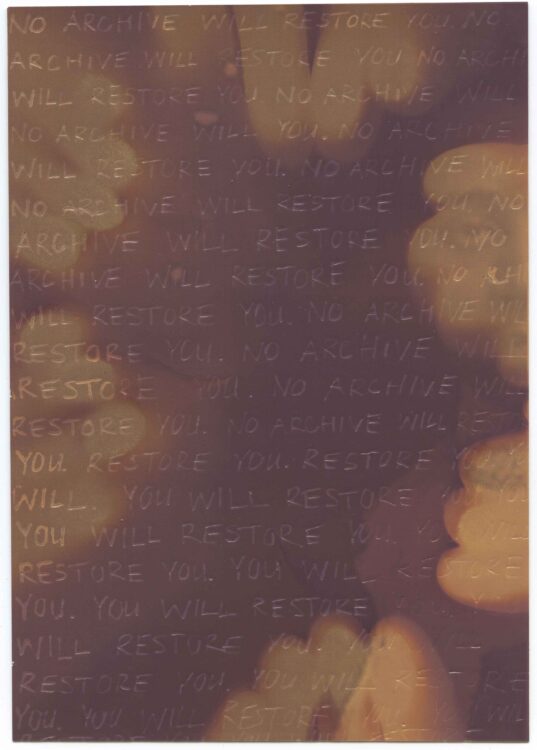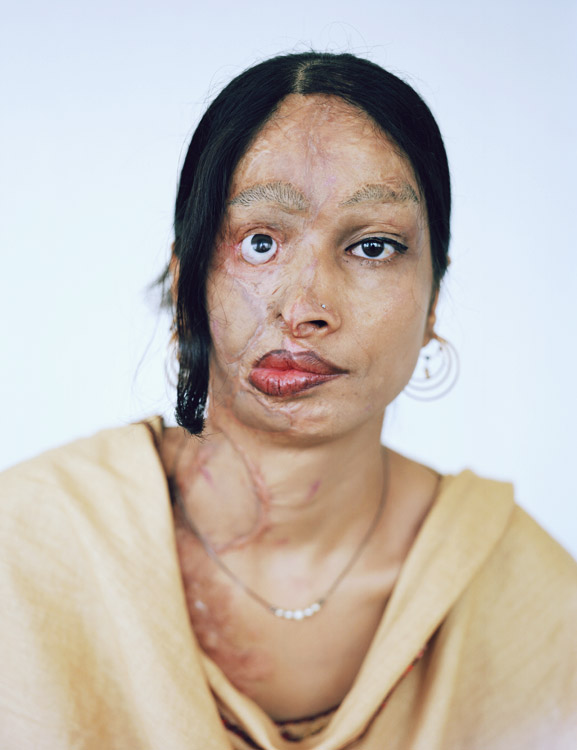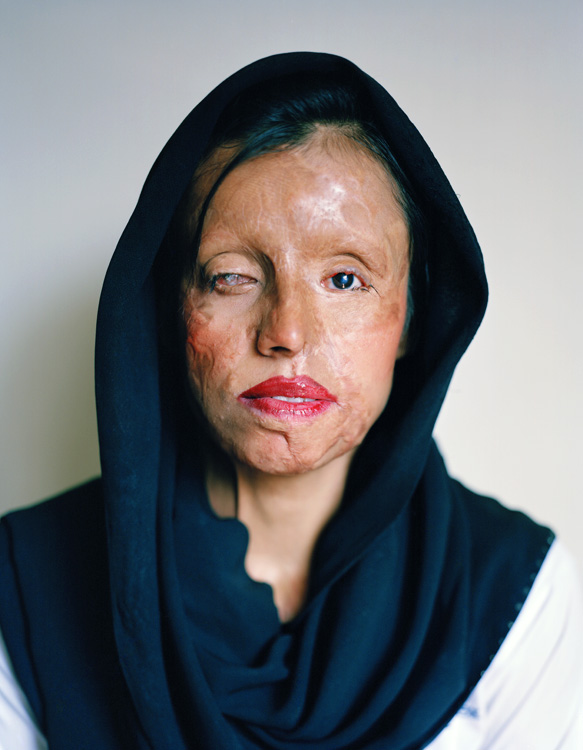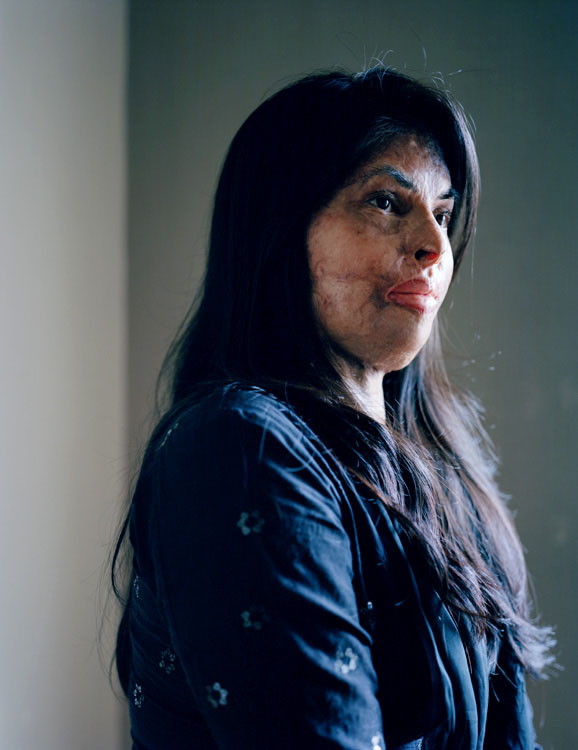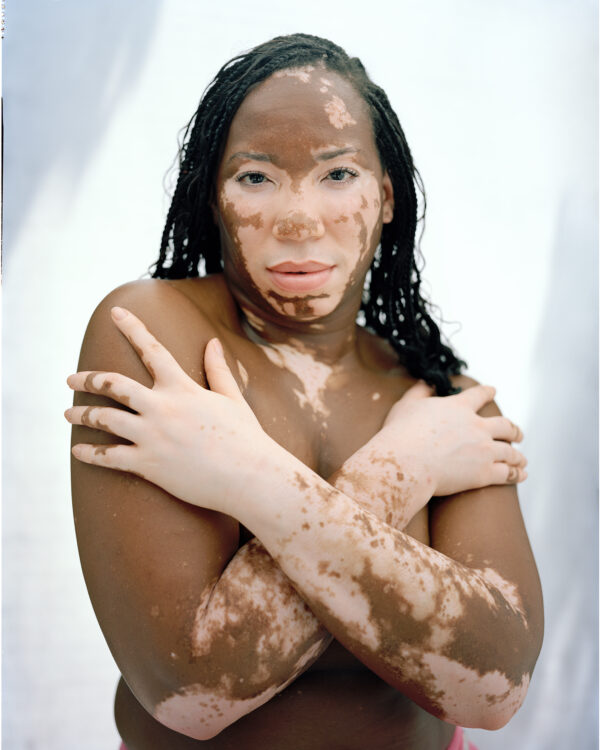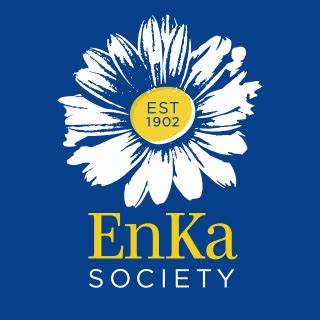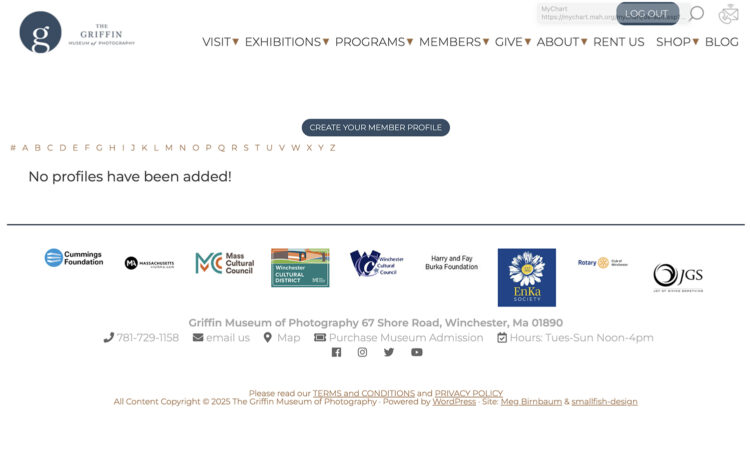Inspiration and community have always been at the heart of artmaking. Experiencing art together is, itself, a communal act. Inspired by the collaborative spirit of A Yellow Rose Project—an exhibition curated by Frances Jakubek and Meg Griffiths that collects over 100 responses and reactions to the 19th Amendment—the Griffin Museum invited participating artists to share who have inspires them as artists and human beings. Women by Women: Community & Inspiration gathers their responses and extends the conversation. The 65 women photographers featured in this online gallery were chosen for the influence they’ve had on the woman artist who selected them. We’re grateful to share their insights and the inspirations that connect them.
Fluid Foundations
The Griffin Museum is pleased to present the work of MFA students at Boston University’s department of Print Media & Photography in their exhibition, Fluid Foundations.
“I am drawn to the subtle ways the natural world. The weather serves as a shared language, a force that links our individual lives. My practice spans photography, video, and printmaking. All my work can be characterized by a slow long look, and my ongoing exploration of the human experience, memory, and connection.
I carry a heightened awareness of distance and closeness being that much of my family is an ocean away, this shapes the way I see and document the world. I am drawn to the in-between moments: the flicker of a video still, the halftone of a silkscreen print, the pause in a passing breeze. These small details become anchors in my work invitations to slow down, to notice, and to feel closeness even in the absence of familiarity. Through still and moving images, I seek to create a space where viewers can experience the intimacy of noticing.“
About the Artists
Chuan Liu
Chuan Liu is a mixed-media artist based in Chengdu and Xinjiang China. Her work is enriched by traveling among the ethnic minority groups in China. She wants to nurture what she witnessed in Xinjiang through her artwork. Liu uses traditional materials, such as silk, thread and fabric to preserve the cultural heritage she sees disappearing. She has shown her work at the Leica Gallery in Boston, as well as the Ruth S. Harley University Center Gallery in Long Island, New York. Born in Sichuan, China, Liu attended Adelphi University, earning a BFA. Currently, Liu is a candidate in the Master of Fine Arts program at Boston University.
Jamison Cloud
Jamison Cloud (he/him) b. 1993, Bogotá, Colombia, is a Boston-based interdisciplinary artist and community organizer with over ten years of experience in the local arts community. His work has been exhibited throughout Greater Boston, and he has held artist residencies at Gallery 263 in Cambridge, MA, and Anderson Ranch in Aspen, CO. A member of the Southern Graphics Council International, Jamison also holds a certificate from the Arts & Cultural Organizational Management (ACOM) program at the American Repertory Theater (A.R.T.) at Harvard University—a leadership development intensive for arts leaders from marginalized communities. Currently an MFA candidate in Printmedia & Photography at Boston University, his work explores themes related to identity and labor and their relationship to “home.”
Jay Puplava
Jay M. Puplava (they/them) is a multimedia artist from Arizona whose work explores the fluid
boundaries between bodies and landscapes through photography and print media. Informed by
queer, trans, and feminist theory, they employ fragmentation, layering, and material
interventions to challenge fixed categories and propose new ways of seeing and understanding
identity and space. Puplava has exhibited their work at Leica Gallery Boston, Donkey Mill Art
Center, and Aupuni Space. They also bring experience in marketing, arts administration, and
community engagement. Puplava holds a BFA in Print Media and a BS in Fashion Design &
Merchandising from the University of Hawaiʻi Mānoa and is currently pursuing an MFA at Boston
University with a Merit Scholarship. They live and work in Boston, Massachusetts.
Rory McNamara
Rory McNamara is a photographer and printmaker from Amsterdam, New York. She
earned her BFA from the Rochester Institute of Technology and is now living in Boston,
Massachusetts where she is pursuing her MFA in Print Media and Photography at
Boston University.
McNamara has exhibited her work at the William Harris Gallery and at RIT City Art
Space, both in Rochester, New York, and the Leica Gallery in Boston. Her work was
also featured in editions 17, 18, and 19 of DRAFT Magazine. McNamara has received
various awards and scholarships including the RIT Presidential Scholarship, the RIT
Outstanding Undergraduate Scholar Award, and the Constatin Alajalov Scholarship. Her
current body of work explores the external world and how it becomes representative of
her own internal landscape.
Vic Sardinha
Vic Ferreira Sardinha is an interdisciplinary artist working at the intersection of printmaking and photography. They received their BA in Liberal Arts from Hampshire College with a concentration in Photography, Printmaking, and Political Theory. They grew up in Massachusetts to Azorean immigrant parents, which heavily influences their work. Ferreira Sardinha has exhibited their work at the Hampshire Art Gallery in Amherst, MA, and the Leica Art Gallery in Boston, MA. They have been awarded various grants including the Harris-Veit Artists’ Grant, Elaine Mayes Fund, and the Greg and Toni Prince Award. Currently Ferreira Sardinha is an MFA candidate in Boston University’s Printmedia and Photography program.
The Print Media & Photography MFA emphasizes photographic and printmaking practices within a contemporary art context and is an ideal incubator for artists to engage multiple studio disciplines in the development of their work.
Gathering Place: Family Sights
The Griffin Museum of Photography is pleased to present a series of images exploring family and domestic space as places of ritual and tradition. Hand-picked from our Gathering Place exhibition open call at the Jenks Center, this online showcase presents the images of 85 extraordinary artists.
Congratulation to the selected artists:
Alexandra Coats, Angela Cappetta, Anjali Singh, Amy Herman, Artemisia Luk, B.A. Van Sise, Barkat Mehra, Bienyl Huelgas, Catie Keane, Cassidy Thurber, Chris Ireland, Christina Fontsare, Christopher Perez, Claire Daly, David Kaminsky, Dana Matthews, Diane Bush, Doug Lowell, Elizabeth Calderone, Emily Wiethorn, Fenn Bruns, Gabriela Flores, Giuseppe Lanotte, Hannah Samoy, Hannah Latham, Harmony Chamberlain Harrington, Helen Jones, Ilana Grollman, Insley Smullen, Iris Grimm, Iris Huerta, Jacob Faulkner, Jay Wilson, Jessica Gianna, John Benton, John Savoia, Jaelyn Hill, Justin Carney, Kai Velazquez, Kate Mahoney, Ken Rothman, Laura June Kirsch, Linda Moses, Loona Moon, Lotanna Ogbuefi, Lucy Reback, Mara Trilla, Mari Saxon, Marina Bezrukova, Mark Fitton, Marlon Webster Paine, Matthew Cohn, Martin Izuah, Maureen Beitler, Max Cavitch, Micah McCoy, Mishel Alba, Mona Sartoveh, Nathan Ward, Natia Ser, Olena Morozova, Pamela Landau Connolly, Parvathi Kumar, Peter Nicholson, Rachel Jump, Ronald Butler, Sarah Pfohl, Scott Offen, Shina Peng, Stephanie Hanlon, Susan Rosenberg Jones, Thomas Dryden Kelsey, Thomas Nondh Jansen, Thouly Dosios, Xavier Rony.
NEPR Scholarship Recipients
The Griffin Museum of Photography is pleased to announce the recipients of the 2026 New England Portfolio Review Scholarship Program. Read below to learn about their projects.
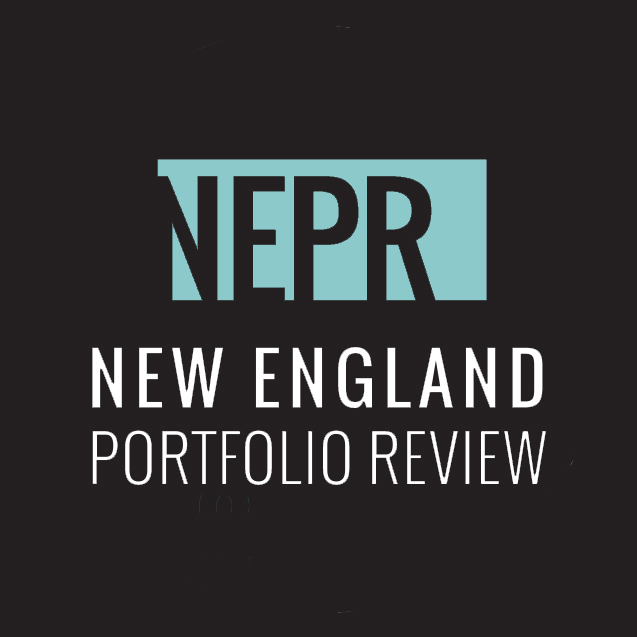
Since 2009 the Griffin Museum has created a gathering space bringing reviewers and photographers together from New England and beyond for two days of discussion, networking, and gaining fresh perspective on one’s work.
NEPR serves photographers who are just embarking on their careers, and more established photographers, all hoping to reach new audiences and gain fresh perspective on their work.
The online format allows for an expansion of participants in volume and in location including reviewers such as gallerists, book publishers, museum professionals, critics, educators and advisors from all over the world who provide guidance and potential opportunities to grow artist practices.
Lauren Bertelson
Lauren Bertelson (she/her) is an interdisciplinary artist whose image-based work examines vision, familial dynamics, and the limitations of photographic representation through a combined photographic and sculptural practice. She is a recipient of the 2022 SOURCE Grant to develop Like Mother, Like Daughter, which centers on the generational obligations and rewards stemming from traditions and norms of domesticity.
Bertelson holds a BFA in Art Photography from Syracuse University and is actively pursuing an MFA in Photography at the School of the Art Institute of Chicago. Her work has been exhibited at Light Work, Studio 1608, Target Gallery, and other locations across the US.
Project Statement
Closed Loop | Double Vision (in progress) is a series of photographic self-portraits and image-objects that focus directly on photography and its entanglement with the construction of self and body. The camera is understood as both a tool that creates accurate, concrete evidence and a weapon that produces decontextualized fragments of time mutable to a desired narrative.
The pervasiveness of both the camera and its output are active elements that structure our lives and deeply influence our psychic space. Through an experimental cycle of photographing, collaging, shaping, and then re-photographing, the resulting image-objects toy with our understanding of photography as static and question what it means to be a photographed subject in our contemporary moment.
Jordin Tovin
Jordan Tovin (b. 2004) is an Atlanta-born documentary photojournalist currently based in Washington, D.C., where he is a senior pursuing a BFA in photojournalism at the Corcoran School of Arts and Design at George Washington University. His work focuses on uncovering human stories, creating meaningful photographs that highlight everyday moments within traditionally overlooked communities. With an intimate and respectful approach, Jordan seeks to give these moments the attention and dignity they deserve.
Project Statement
A Shaw Diary is a project meant to highlight the experience of one family, living in subsidized housing, navigating the indeterminate future of their neighborhood consumed by the effects of gentrification. Only ten blocks away from the White House, the historic Shaw neighborhood once stood as the cultural hub of Washington, D.C. Yet today, much of that same community that gave D.C. its identity is being pushed to the city’s periphery, as their homes, histories, and futures are threatened by the forces of redevelopment and displacement.
While the impact of gentrification reverberates across Shaw, this project seeks to explore how one multigenerational family stands as a mirror to the city’s shifting landscape. Rooted in the neighborhood for decades, their lives trace a story of endurance: of holding memory against demolition, of sustaining community against erasure. Their experience is not singular, but symbolic—echoing countless others who remain, fighting to preserve what is still theirs even as the ground shifts beneath them.
As Reece, the mother, put it, “We’re an average family trying to live through this whole situation, and we still try to be fly. We do. We still try to make sure we have our Uggs, our Jordans, and our North Faces on, but that shit hard… That shit hard.”
Kylee Sheehan
Kylee Sheehan is a Boston based portrait photographer working towards her BFA at the Massachusetts College of Art & Design. Her work documents the essence of human presence and connection. Each composed frame is an exploration of the intricate tapestry of emotions, stories, and vulnerabilities that define us as individuals. She is an award recipient from Copley Society of Art, the Gertrude Kasebier Prize from the photography department, and received a Gold Key from the Scholastic Art & Writing Awards. Kylee is currently working at the Museum of Fine Arts.
Project Statement
If a flower bloomed in a dark room, would you trust it?
Kylee Sheehan
I have always found myself drawn to documenting people, specifically those existing on the fringes of society. In my work, I focus on stories told through experiences, struggles, and resilience, because I believe the power of photographs is to shed light on unique individuals.
The biggest example in my life, who has become central in my work, is my sister, Grace. She is transgender, navigating the complex journey of a major change. Grace’s story is deeply personal, and photographing her has allowed me to witness not just her transformation, but the subtle moments that make up her life. I have chosen to capture her in long exposures—moments emerging from the darkness, offering a glimpse into her identity, growth, and vulnerability. This work celebrates the complexities of self-discovery and the quiet power that comes from standing in one’s truth.
Within this journey of photographing Grace, she has prompted me to confront my own identity. I am challenged with questioning how I reflect my individuality; being adopted from China, unknowing of my birthplace, birth day, and birth parents, I struggle to dive inward with who I am or who I could have been. Grace has empowered me to take hold of my identity and push my own narrative.
In this project, I offer a space where Grace’s journey can be understood and celebrated, illuminated both literally and figuratively as she takes each step toward becoming her truest self.
Madelyn McKenzie
From Brockton, Massachusetts, Madelyn McKenzie comes from a short line of artists consisting of her father and grandfather, an analogue photographer. Thanks to her younger twin sisters and first camera, Madelyn’s love of portraiture grew quickly into a ceaseless obsession. Her work is often close-up still life when not portraiture, and Madelyn has enjoyed turning the camera around for self-portraits in which she becomes the alluring subject and observant viewer. Her work is inspired by Greek mythology, Bauhaus photography, and her experiences as a big sister. When not in the darkroom, Madelyn can be found tap dancing, crafting, or video chatting with her sisters and guinea pigs.
Project Statement
My photographic practice is rooted in an ever-lasting desire to know and steeped in an affinity for the human experience. Though portraiture is a practical tool and self-portraiture yields fruitful results, and while my camera is drawn to humans, my eyes yearn for the intricacies of still-life. For me, it is the objects we surround ourselves with that closely reflect our selves, rather than the humans amongst whom we concoct a self.
This series of photographs dives into the proliferation of the internal, personal self and the external, personable self, as well as the collapse of the self entirely into mere shared experiences. Mirrors and other reflective methods, referencing early 20th-century lesbian photography, speak to the discovery and construction of one’s inner self. This never-ending journey is, rather than self-absorbed, a radical act of dynamic creativity in a period fraught with short-lived trends fueled by mass production. Ultimately, these photographs respond to the question, “Which is the true self: the internal or the external?” by suggesting “both, and neither.”
Virginia Hanusik
Virginia Hanusik (b. 1992) is an artist and writer whose projects explore the relationship between landscape, culture, and the built environment. Her work has been exhibited internationally, featured in The New Yorker, Aperture, National Geographic, British Journal of Photography, Places Journal, The Atlantic, MAS Context, and Oxford American among others, and supported by the Andy Warhol Foundation, Pulitzer Center, Graham Foundation, Landmark Columbus Foundation, and Mellon Foundation. She regularly writes and speaks on landscape representation and the visual narrative of climate change, and is on the board of directors of The Water Collaborative of Greater New Orleans where she coordinates multi-disciplinary projects on the climate crisis.
Hanusik has been a recipient of the Decade of Change Award (2020), a Photography Fellow with Exhibit Columbus (2020-2021) where her multi-year project on the Mississippi River watershed explored the history of flooding and politics of disasters in the region, a Rising: Climate in Crisis Resident at Tulane University’s A Studio in the Woods (2022), and a Creative Capital Award finalist (2022).
Her book, Into the Quiet and the Light: Water, Life, and Land Loss in South Louisiana (Columbia University Press, 2024), was shortlisted for the 2024 Paris Photo-Aperture First Photobook Award.
Rory McNamara
Rory McNamara is a photographer and printmaker from Amsterdam, New York. She earned her BFA from the Rochester Institute of Technology and is now living in Boston, Massachusetts, where she is pursuing her MFA in Print Media and Photography at Boston University. McNamara has exhibited her work at the William Harris Gallery and at RIT City Art Space, both in Rochester, New York, and the Leica Gallery in Boston. Her work was also featured in editions 17, 18, and 19 of DRAFT Magazine. McNamara has received various awards and scholarships including the RIT Presidential Scholarship, the RIT Outstanding Undergraduate Scholar Award, and the Constatin Alajalov Scholarship. Her current body of work explores the external world and how it becomes representative of her own internal landscape.
My current body of work is an exploration of my internal landscape as a means to better understand myself. As I move through the physical space that I occupy, I notice the environment transforming in tandem with my mind and body. I see myself reflected in my surroundings. A swarm of bugs quickly flying through the air speaks to the ways in which I feel restless, as if I am constantly trying to keep up with those around me.
My camera acts as a window not only into the world, but into myself. I use it to visualize these moments of isolation and transition where I am often unsure of what comes next. An image of a lonely house sitting on a hill among hundreds of dark trees and a thick layer of fog becomes a self-portrait—one that represents my own feelings of seclusion. In some of my images, I create a vast distance between myself and my subjects, giving weight to the emptiness. In others, I examine the microscopic, looking at my subjects through a magnified lens, similar to how I look at myself. This contrast in looking emphasizes how we perceive the world around us as well as ourselves.
The external world begins to represent my own internal landscape, challenging the viewer’s perceptions of place and the natural world. This exploration aims to reveal the dichotomy between comfort and fear as I search for contentment in the unknown around me.
Michael Totten
Michael Totten is a Los Angeles-based photographer whose work delves into the complexities of memory and space through constructed environments and portraiture. A graduate of Art Center College of Design with a BFA in Fine Art Photography, Michael’s practice interrogates how we reconstruct and reinterpret past experiences. His images explore the nuanced boundaries between reality and imagination, questioning the veracity of memory and focusing on the narratives we craft for emotional resonance. His Craigslist project, which began with spontaneous photo sessions of strangers, developed into an exploration of shared narratives, shifting from impromptu encounters to curated scenes that reflect the intricate dance between reality and constructed moments.
Carlos Paronis
Carlos Paronis is a recent graduate from Massachusetts College of Art and Design. He received a Bachelors of Fine Arts in Photography in 2024. Born in Guatemala and moved to Cambridge, Massachusetts at a young age. He merges conceptual and documentary work together to share real stories, feelings and experiences. Carlos enjoys experimentation in his photographic practice and likes to merge his work with other art mediums such as collage and sculpture.
Carlos Paronis (Cambridge, MA) creates work aiming to boost representation of individuals and communities that are often overlooked. His main focus has been a project about where he grew up, Cambridge, Massachusetts. The city is home to a diverse community that is slowly being pushed out by the increase in bio-tech companies moving into the city. He finds interest in the social dynamics of Cambridge. Although the city acts progressive, it often undermines the real problems many people face. These problems are due to the changes it allows and other issues it overlooks. By photographing the people who have lived in the city for generations he hopes to create representation and records of the beautiful community that makes Cambridge the unique city it is.
Along with the portraits he has also been creating layered images using a “Trichromatic” process. He does this by stacking photos taken from the exact same spot, but months apart. The photos are of new construction which produces vivid colors that stand out amongst parts of the landscape that haven’t changed. This is in order to show how the new buildings in the city often feel alienated and out of place.
Owen Dominguez
Artist Bio: Owen Dominguez is a student and photographer working with both digital and analog camera processes. Born in Silver Spring, Maryland, he began taking photos at age nine using a small digital point-and-shoot camera. Playing various sports throughout his childhood, he became drawn to sports photography in high school, continuing in the space to the present day. Upon arriving at Clark University in Worcester, Massachusetts, he began working with analog cameras and developing his own black-and-white film. His most recent work is a collection of images from University Park, a public park across the street from the Clark campus. His photography has been featured in multiple galleries in Worcester, as well as Worcester Magazine and the Worcester Telegram. He is currently a junior at Clark University.
Project Statement
From early September of 2024 to August of 2025, I began almost daily walking across the street from the campus of Clark University to the aptly named University Park. Some days the people of the park would draw me in, others it would be the animals, and sometimes it would be as simple as the foliage. I grew very close with the park, learning the names of many frequent basketball players, or knowing when the geese would be most active on the water. I found University Park to be an encapsulation of the city of Worcester, Massachusetts, all of its good with all of its bad. For almost a year, all of it was for me to see.
Liangsi Wang
Liangsi Wang is a photographer based in Medford, Massachusetts. Born and raised in Xi’an China, and a recent graduate of Sheridan College, Ontario, he is pursuing an MFA at Tufts University.
Project Statement
This project is based on a dream the artist had. An exploration of the uneasy space between fiction and reality. A tribute to the moon, home and memories of honey cakes.
NEPR 2025 Online Exhibition
Since 2009, the Griffin Museum has created a gathering space bringing reviewers and photographers together from New England and beyond for two days of discussion, networking, and gaining fresh perspective on one’s work.
The New England Portfolio Reviews (NEPR) serves photographers who are just embarking on their careers and more established photographers, all hoping to reach new audiences and gain fresh perspective on their work.
The online format allows for an expansion of participants in volume and in location including reviewers such as gallerists, book publishers, museum professionals, critics, educators, and advisors from all over the world who provide guidance and potential opportunities to grow artist practices. We are grateful to our reviewers who give their time and expertise to the attendees to further their creative goals.
This online exhibition highlights the diversity of creativity found in each of our participants.
Artists featured in this online exhibition are: Adam Chapin, Adele Q. Brown, Amy Giese, Andrew McClees, Barbara Lewin, Carlotta Guerra, Caroline Stevens, Jeremy Chandler, Dafna Steinberg, Dan Nelken, Daniel Szabo, David Comora, Donna Oglesby, Michael Weinstein, Ellen Feldman, Eric Kunsman, Georgia McGuire, Irene Matteucci, Jaina Cipriano, Jean Francois Gosselin, Joshua Holz, Jung S. Kim, Kathleen Tunnel Handel, Kaya Sanan, Kylie Harrigan, Laila Nahar, Lee Varis, Lisa McCarty, Lisa Tang Liu, Madelyn McKenzie, Mahala Mazerov, Marcie Scudder, Marky Kauffmann, Marsha Wilcox, Matt Kaelin, Megan Riley, Melinda Hurst Frye, Michael Page Miller, Mio Akashi, MK Rynne, Paul Baskett, Peggy Becker, Philip Sager, Rory McNamara, Sandra Buschow, Scott Lerman, Scott Marmer, Sophie Adams, Suzanne McIntire, Suzanne Williamson, Victoria Gewirz, Xuan Hui Ng.
To see a full listing of our participants and scholarship students please download our 2025 Artist Index
Meg Griffiths and Frances Jakubek: Perennial Impressions
The Griffin museum is pleased to present the works of Meg Griffiths and Frances Jakubek. Practicing artists and co-founders of A Yellow Rose Project, Meg Griffiths and Frances Jakubek have combined their work to create a special conversation about photography, process and connection.
After uplifting the work of 105 women in the Yellow Rose Project, it was time to showcase the work of the creative women who made space for others.
Perennial Impressions brings together two artists exploring the cycles of growth, preservation, and legacy through photography.
Selections from Frances Jakubek’s Archive of the Ego turn the lens inward, creating intimate self-portraits that respond to personal events and the long history of photographic self-study. Her work reflects on ownership, representation, and the shifting power of the body, which was once defined by external validation and later rooted in inner potency and renewal.
Meg Griffiths, drawing inspiration from Anna Atkins and the early history of women in photography, uses cyanotypes to impress plants onto paper. Her process in her newest body of work Bluest Flos echoes both scientific obsession and poetic preservation, creating a lineage of images that serve as an archive of place, body, and time.
Their works speak to the kinship between the natural world and the female body, to creation and gestation, and to the fleeting yet potent impressions we leave, whether flower or human, ephemeral or enduring.
About the artists:
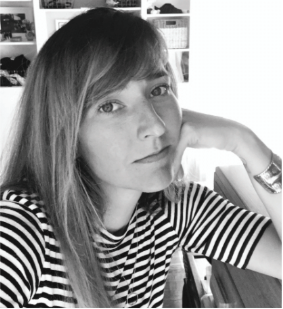
Meg Griffiths (b. 1980) was born in Indiana and raised in Texas. She received Bachelor of Arts degrees from the University of Texas in Cultural Anthropology and English Literature and earned her Master of Fine Arts in Photography from Savannah College of Art and Design. She currently lives in Denton, Texas where she is the Assistant Professor of Photography in the Department of Visual Art at Texas Woman’s University.
Meg’s photographic research currently deals with domestic, economic, historical and cultural relationships across the Southern United States and Cuba. Her work has travelled nationally as well as internationally, and is placed in collections such as Center for Creative Photography, Capital One Collection, and the Museum of Fine Arts Houston, and Center for Fine Art Photography.
Her book projects, both monographs as well as collaborative projects have been acquired by various institutions around the country such as the Metropolitan Museum of Art, Duke University Libraries, Museum of Modern Art, University of Virginia, University of Iowa, Clemsen, Maryland Institute College of Art, Ringling College of Art, and Washington and Lee University, to name a few.
She was honored as one of PDN 30’s : New and Emerging Photographers in 2012, named one of eight Emerging Photographers at Blue Spiral Gallery in 2015, Atlanta Celebrates Photography’s Ones to Watch in 2016, was awarded the Julia Margaret Cameron for Best Fine Art Series in 2017 and awarded the 2nd Place Prize at PhotoNola in 2019.
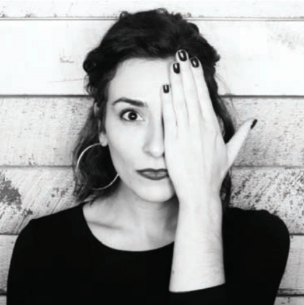
Frances Jakubek i(b. 1988) is an image-maker, independent curator, and consultant for artists. She is the co-founder of A Yellow Rose Project, past Director of Bruce Silverstein Gallery in New York City, and past Associate Curator of the Griffin Museum of Photography in Massachusetts
Recent curatorial appointments include Critical Mass, Filter Photo, The Griffin Museum of Photography, British Journal of Photography, Les Rencontres d’Arles, Save Art Space, and Photo District News. Jakubek has been a panelist for the Massachusetts Cultural Council’s Photography fellowships, speaker for SPE National, and lecturer for the School of Visual Arts Masters of Photography i3 Lecture Series.
Personal works have been exhibited at The Southern Contemporary Art Gallery in Charleston, SC; Filter Space, Chicago; Camera Commons in Dover, NH; and The Hess Gallery at Pine Manor College, MA
The Griffin @ WinCam (Winchester Community Access and Media) is located at 32 Swanton Street in Winchester, Mass. Gallery hours are Monday thru Friday 11am – 7pm, and all other hours by appointment. For more information, contact the museum at 781.729.1158 or WinCam at 781-721-2050
A Yellow Rose Project
The Griffin Museum is honored to present A Yellow Rose Project, a photographic collaboration of responses, reflections, and reactions to the 19th Amendment from over one hundred women across the United States. A Yellow Rose Project is co-founded and curated by Frances Jakubek and Meg Griffiths.
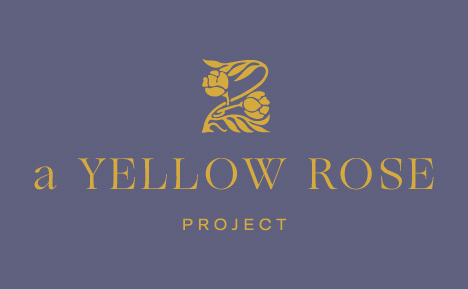
As the year 2020 marked the centennial of the 19th Amendment, over one hundred women were invited to join this photographic project and were asked to make work in response, reflection, or reaction this event.
Over 100 years ago, women wearing yellow roses stood shoulder to shoulder in Tennessee awaiting the roll call of men that would cast their votes for or against a woman’s right to a voice in government. The bright flower was an outward symbol of their expression to gain equal representation. After decades of untold risk—through oppression, brutality, incarceration, and even starvation—women on many fronts, in their communities, on the state level as well as the national scale, fought against insurmountable odds to gain the right to be a part of the democratic process. Though this movement granted rights to some women, and this achievement in itself is to be acknowledged and commemorated, the struggle did not end there. It was not until much later that all American women, regardless of race, were given the same privilege. Due to state laws and prohibitive policies, many women of color were unable to exercise their rights even given this momentous event.
The goal of A Yellow Rose Project is to provide a focal point and platform for image makers to share contemporary viewpoints, to gain a deeper understanding of American history and culture, and to build a bridge from the past to the present and future. The artists in this show look back upon our history from various perspectives, inviting both a critical eye as well as one that sees how far we have come. Overall, this collaboration reflects the effort to find inspiration in the power of women to influence public perception and the perseverance to continue the arduous fight to obtain equal rights beyond ratification.
A Yellow Rose Project is co-founded and curated by Meg Griffiths and Frances Jakubek.
This extraordinary exhibition now has a catalog of images and text. The Griffin museum will have copies on hand, and now available for preorder here.
The artists featured in this show are
Keliy Anderson-Staley, Kalee Appleton, Tami Bahat, Deedra Baker, Nancy Baron, Lindsey Beal, Sheri Lynn Behr, Katie Benjamin, Julia Bennett, Sara Bennett, Anne J Berry, Christa Bowden, Edie Bresler, Lily Brooks, Ellen Carey, Patty Carroll, Tracy L Chandler, Elizabeth M Claffey, Ashleigh Coleman, Tara Cronin, Frances F Denny, K.K. Depaul, Rebecca Drolen, Yael Eban & Brea Souders, Odette England, Carol Erb, Tsar Fedorsky, Ellen Feldman, Marina Font, Preston Gannaway, Anna George, Susan Kae Grant, Meg Griffiths, Sarah Hadley, Alice Hargrave, Carla Jay Harris, Chehalis Deane Hegner, Ileana Doble Hernandez, Bootsy Holler, Sarah Hoskins, Letitia Huckaby, Cindy Hwang, Megan Jacobs, Frances Jakubek, Ina Jang, Farah Janjua, Jordana Kalman, Priya Kambli, Marky Kauffmann, Ashley Kauschinger, Kat Kiernan, Heidi Kirkpatrick, Sandra Klein, Katelyn Kopenhaver, Molly Lamb, Kathya Maria Landeros, Rachel Loischild, Sara Macel, S. Billie Mandle, Rania Matar, Lisa McCarty, Noelle McCleaf, Jennifer McClure, Mary Beth Meehan, Yvette Meltzer, Leigh Merrill, Diane Meyer, Jeanine Michna-Bales, Laura E Migliorino, Hye-Ryoung Min, Alyssa Minahan, Greer Muldowney, Colleen Mullins, Carolyn Mcintyre Norton & Betty Press, Emily Peacock, Toni Pepe, Rachel Pillips, Sarah Pollman, Greta Pratt, Thalassa Raasch, Larissa Ramey, Astrid Reischwitz, Tamara Reynolds, Paula Riff, Susan Rosenberg Jones, Claudia Ruiz Gustafson, Serrah Russell, Gail Samuelson, Kris Sanford, Kyra Schmidt, Maude Schuyler Clay, Manjari Sharma, Emily Sheffer, Aline Smithson, Joni Sternbach, Kristine Thompson, Amy Thompson Avishai, Sasha Tivetsky, Maria Triller, Malanie Walker, Claire A Warden, Rana Young, Cassandra Zampini, and Karen Zusman.
Gathering Place | A Family Album
The Griffin Museum is excited to present Gathering Place | A Family Album, an exhibition exploring the rituals, warmth, and complexities of coming together. From holiday dinners and everyday meals to quiet corners and inherited objects, the photographers featured in the show reflect on how we gather, remember, and connect.
On view at the Jenks Center in Winchester, MA, from October 1 to January 3, 2026, Gathering Place | A Family Album brings together photographic works that celebrate the intimate spaces and shared traditions that define family—chosen or inherited—through still-lifes, portraits, domestic scenes, or elsewhere.
Featured artists:
Aga Luczakowska, Alexandra Frangiosa, Alina Balseiro, Ankita Singh, Ashley Smith, Betsy Woldman, Catie Keane, Chris Ireland, Christopher Perez, Cynthia Smith, Dana Matthews, David Manski, Diane Bush, Elizabeth Calderone, Faith Ninivaggi, Francine Weiss, Hannah Latham, Heather Pillar, Iaritza Menjivar, Isaac Glimka, John Benton, Julia Arstorp, Justin Carney, Kathy M. Manley, Ken Rothman, Xenia Nikolskaya, Kim-Sarah I, Laura Kirsch, Linda Moses, Magdalena Oliveros, Mona Sartoveh, Naomi Shon, Natia Ser, Peter Balentine, Sarah Malakoff, Shea Baasch, Steven Edson, Susan Lapides, Susan Rosenberg Jones, Talya Arbisser, Tristan Partridge and Virginia Nash.
Thank you to Digital Silver Imaging for your printing support of Gathering Place.
The Jenks Center is located at 109 Skillings Road, Winchester, MA 01890. Hours are Monday through Friday, from 9am — 4pm. For more information, contact the Jenks


Izabella Demavlys | Without A Face
The Griffin Museum is pleased to present the work of inaugural 2025 Richards Family Prize winner, Izabella Demavlys.
Without A Face
In 2009, Izabella Demavlys embarked on a project that involved traveling from New York to Pakistan to photograph and interview women who had experienced acid attacks. Coming from a fashion photographer’s perspective, her objective was to comprehend and establish her personal interpretation of the concept of beauty.
This endeavor resulted in the project titled Without a Face. Expanding on this initiative, Demavlys continued to delve into the concept of beauty and its social and cultural implications through her
ongoing project. She has traveled across the United States with the intention of engaging with
women whose beauty transcends their scars, skin disorders, age, or struggles.
These encounters fostered discussions surrounding genuine significance of beauty and self- acceptance, despite the unrealistic beauty standards imposed by society onto women. Her belief, which has been a guiding principle since her days as a fashion photographer, is that beauty cannot be
solely defined by appearance. Consequently, Demavlys photographs women whose empowered and
embodied beauty radiates from their accomplishments, struggles, and triumphs in life.
About Izabella Demavlys
Izabella Demavlys is a Swedish born photographer and artist based in New York City. She studied at the Royal Institute of Technology in Melbourne, Australia, as well as Parsons School of Design in New York. Initially carving her niche in fashion photography, she made a pivotal transition to portraiture and documentary work. Izabella’s work has been featured in publications such as Vogue, Marie Claire, The New York Times, and VICE, with exhibitions in both the U.S. and Europe.
About the Richards Family Prize
The Richards Family Prize is a $4,000 scholarship support professional, mid-career photographers producing work that is creative and original.
We are proud to support emerging, mid-career and professional talents in the field of photography. We support visual artists with dynamic and creative ideas that challenge and progress the art form forward to new heights in vision and technology. Our support of photography is broad, from Fine Art to Documentary and Photojournalism, from digital to film-based works and cameraless images.
Atelier Through The Years
This year we celebrate the Griffin Museum of Photography’s dedication to education with a special showcase of the incredible work realized during our Photography Atelier courses. Now in its 40th edition, this portfolio and project development program has aided in the creative endeavors of countless students. We are grateful to them for their participation on this celebratory occasion.
We are grateful to the instructors who gave so much of themselves, the artists who worked shared their creativity, and to everyone who came to openings and artist talks to celebrate these talented students. Sharing your work and ideas with us
For over twenty years, the Photography Atelier at the Griffin Museum has fostered a community of artists and educators dedicated to elevating the art of photography. Through collaborative critique, creative exploration, and personal vision, this program continues to shape compelling photographic work and advance the medium with purpose and passion.
We are so pleased to have many of the over 250 educators and artists highlighted here –
Leah Abrahams, Lisa Neville Ambler, Stephanie Arnett, Peter Balentine, Becky Behar, Emily Belz, Diane Bennett, Robin Boger, Ann Boese, Judy Brown, Michael Burka, Lisa Cassell-Arms, Craig Childs, Annie Claflin, Jamie Collins, David Comora, Lee Cott, Karen Davis, Ileana Doble Hernandez, Dena Eber, Edward, William Feiring, Ellen Feldman, Laura Ferraguto, Roger Galburt, Conrad Gees, Sarah Gosselin, Trelawney Goodell, Marc Goldring, Cassandra Goldwater, Sanford Gotlib, James Hunt, Gregory Jundanian, Alan Kidawski, Michael King, Julie Williams-Krishnan, Lawrence Manning, Bonnie McCormick, Lyn Swett Miller, Judith Montminy, Bonnie Newman, Linda Hammett Ory, Ann Peters, Astrid Reischwitz, Lisa Redburn, Margaret Rizzuto, Darrell Roak, Vanessa R, Megan Riley, Glenn Ruga, Joyce Saler, Gordon Saperia, Becca Screnock, Hope Schreiber, Andy Schirmer, Fran Sherman, Pip Shepley, Tony Schwartz, Sally, Christy Stadelmaier, Joe Staska, Betty Stone, Susan Swirsley, Mark Thayer, Donna Tramontozzi, Carol Van Loon, Amir Viskin, Piet Visser, Heather Walsh, David Whitney, Jeanne Widmer, Julie Williams-Krishnan, Nancy Nichols, Albert Lew.
